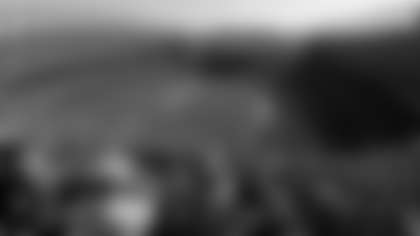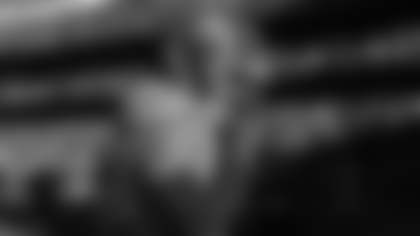One of the key features of any uniform in any team sport is the number.
It identifies the player for the fan, and in some instances the number and the player become known as one locally, and sometimes even nationally.
Often arguments ensue over which player in which sport wore his number most famously.
In the history of the Denver Broncos, every number has been worn, including zero, which was worn in 1962 by legendary fullback John Olszewski. I say "legendary" not because the reader has ever heard of him, which is unlikely, but because legendary is what he was in the decade of the 1950s, before closing his career out with the Broncos in 1962. He was known as"Johnny O" — hence his choice in uniform number.
But of all the 100 uniform number possibilities, there are three, and likely four, that no fan will ever see a Bronco wear again.
Three of these numbers are retired officially, and one is practically out of circulation.
The retired three are John Elway's No. 7, Floyd Little's No. 44, and No. 18, which was worn initially by Frank Tripucka and most recently by Peyton Manning.
The "unofficial" retired number is Champ Bailey's No. 24, which we will get to a bit later.
When did these numbers get retired, and how?
DenverBroncos.com staff members took a close look at each uniform number in franchise history to select the best player to wear each one.
Note: The only player to wear No. 0, John Olszewski, is not pictured; there are no photos of him in the Denver Broncos Photo Archive or on AP Images.

Elam, a Ring of Fame inductee, played in Denver for 15 seasons and is the franchise's all-time leading scorer. In 2019 he was selected to the Broncos Top 100 Team.
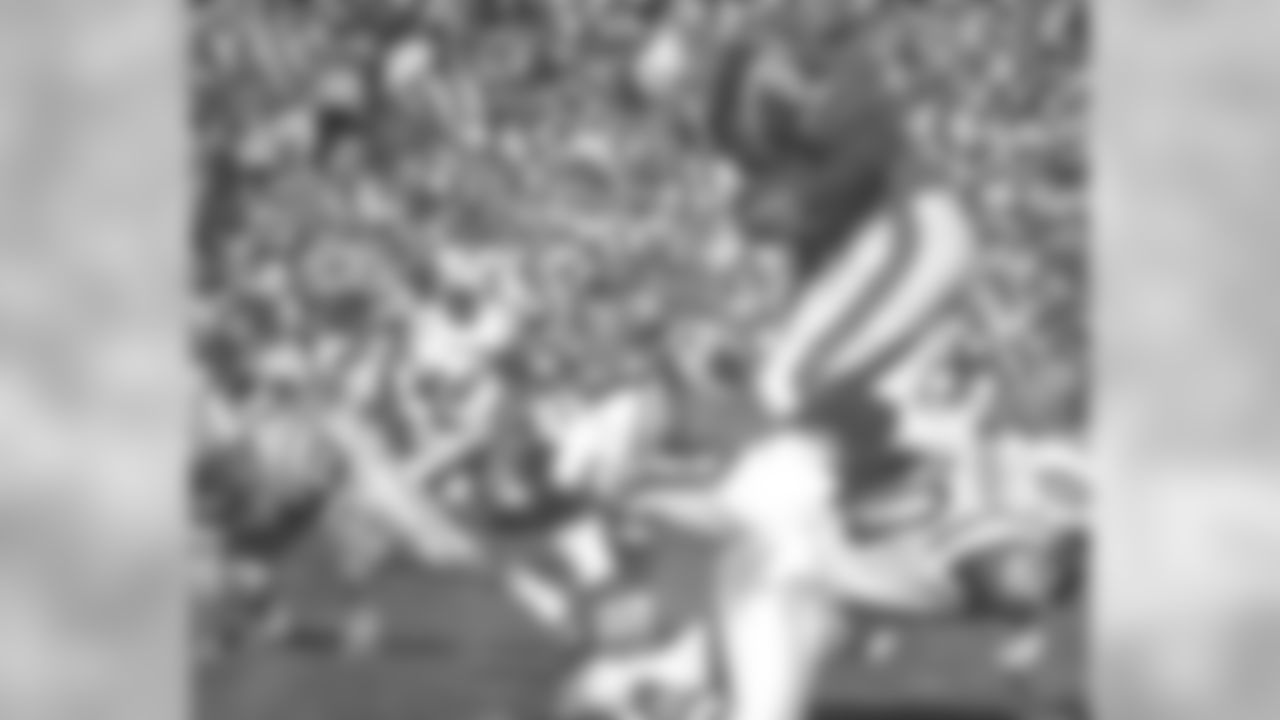
Fullback Cookie Gilchrist leaps over a Jets tackler during a 1965 win. Gilchrist played just one season in the No. 2 jersey but was an AFL All-Star and an All-AFL selection in it. He would return to Denver in 1967, this time wearing No. 34, but he only appeared in one game that season. In 2019 he was selected to the Broncos Top 100 Team.
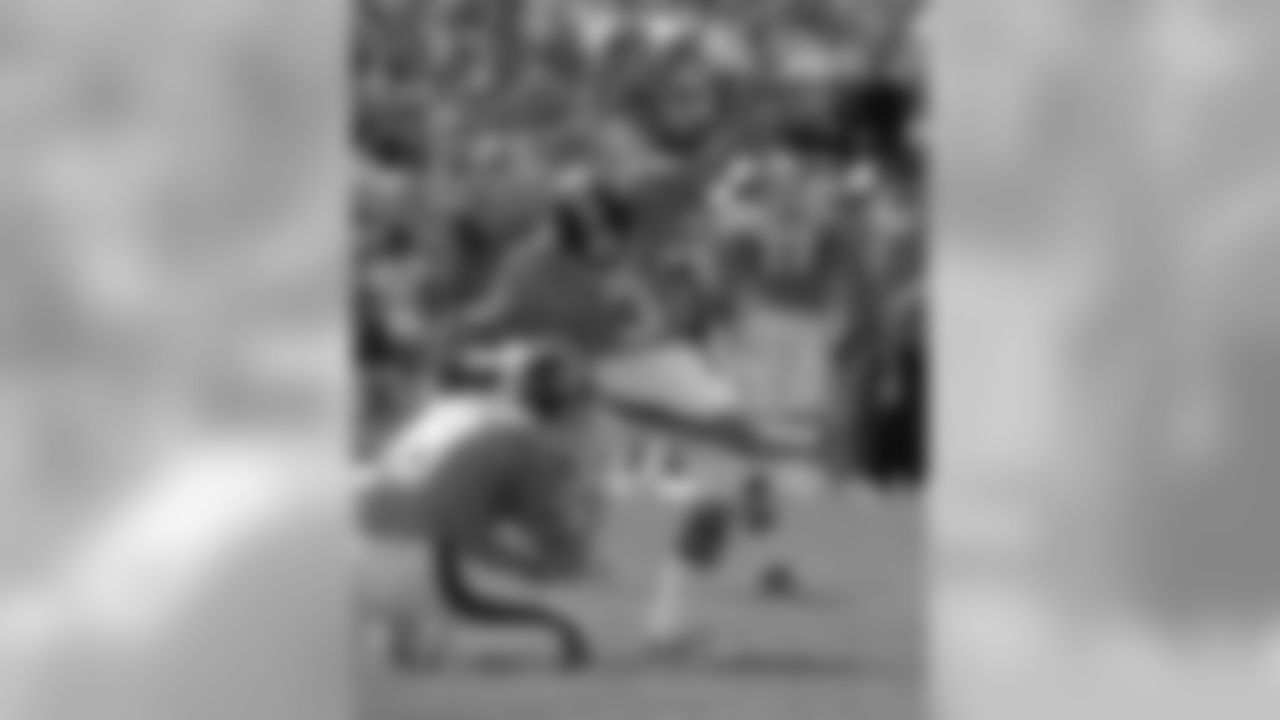
Rich Karlis kicks a field goal during a 1985 win over the Oilers. Famously barefooted for his kicks, Karlis hit plenty of important kicks during his seven seasons as a Bronco, but perhaps none bigger than an overtime game-winner in the 1986 AFC Championship game after John Elway led "The Drive."
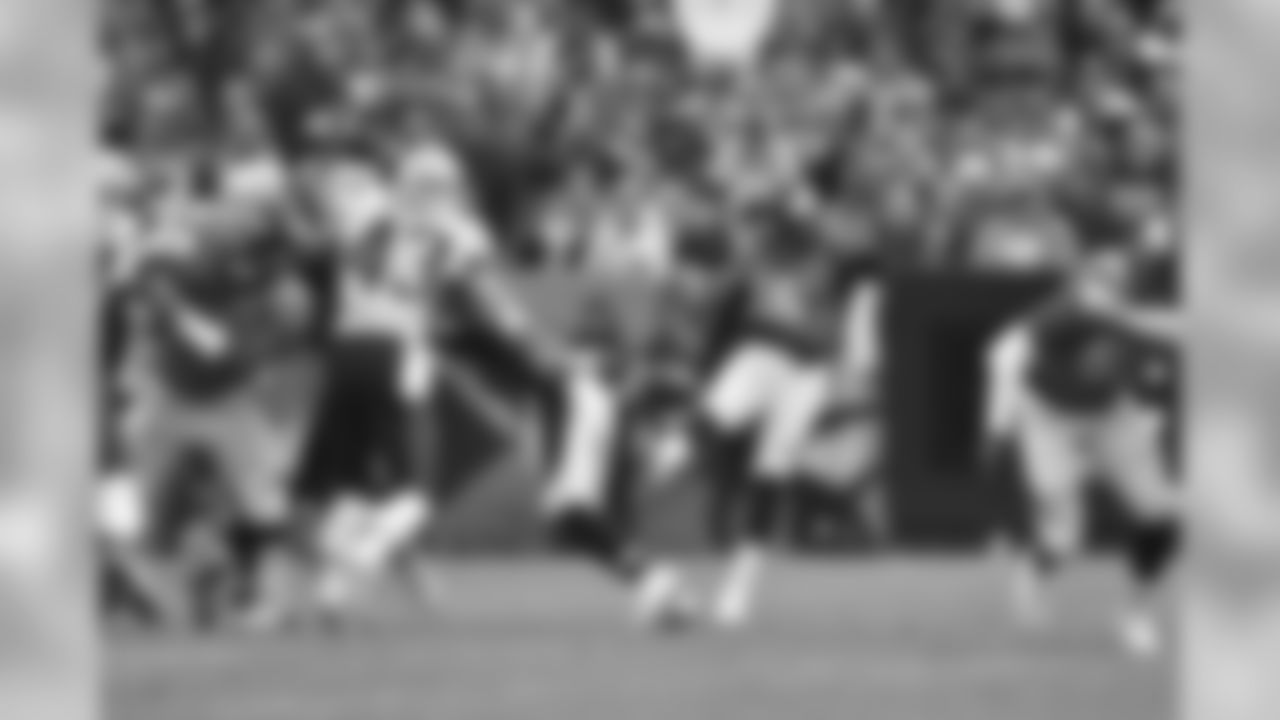
Britton Colquitt sends one deep during the 2015 AFC Championship game. Colquitt provided a steady leg for the Broncos from 2010-15.
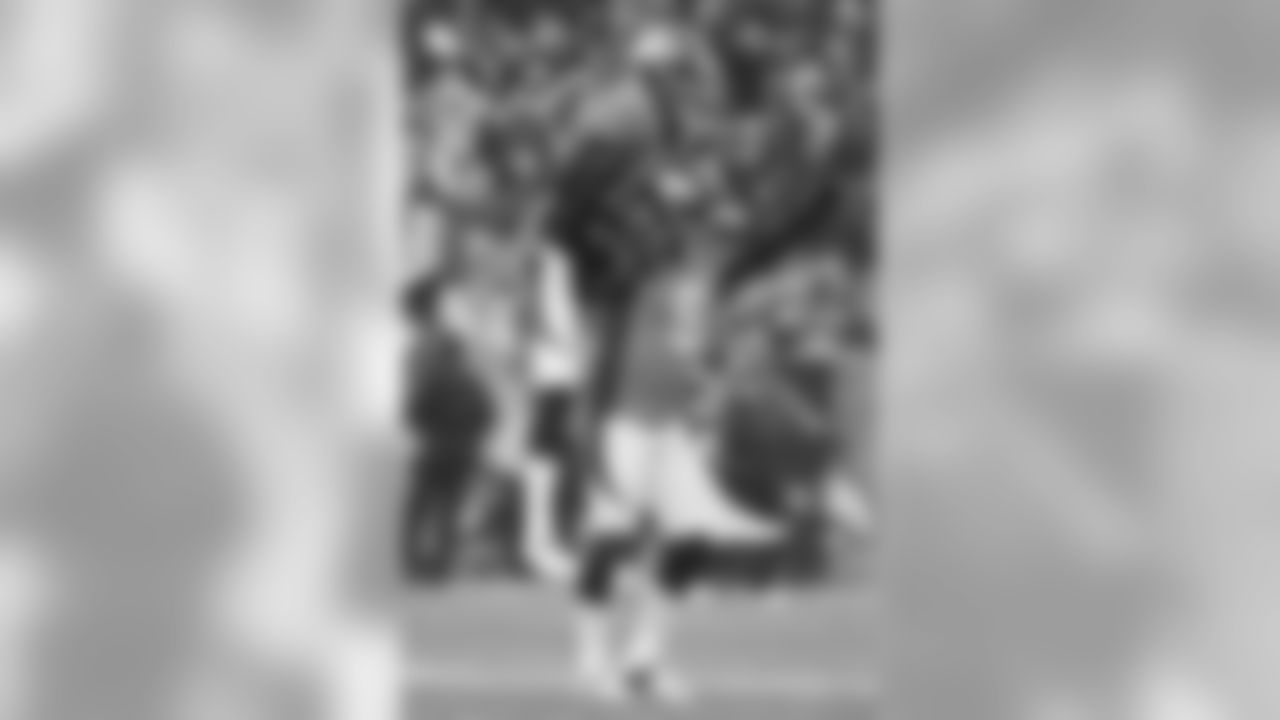
Matt Prater celebrates after setting a new NFL record with a 64-yard field goal in 2013. In seven seasons, Prater made the third-most field goals in franchise history.

Jay Cutler reacts after throwing a touchdown in 2008. Cutler threw 54 touchdowns in three seasons with the Broncos and made one Pro Bowl.
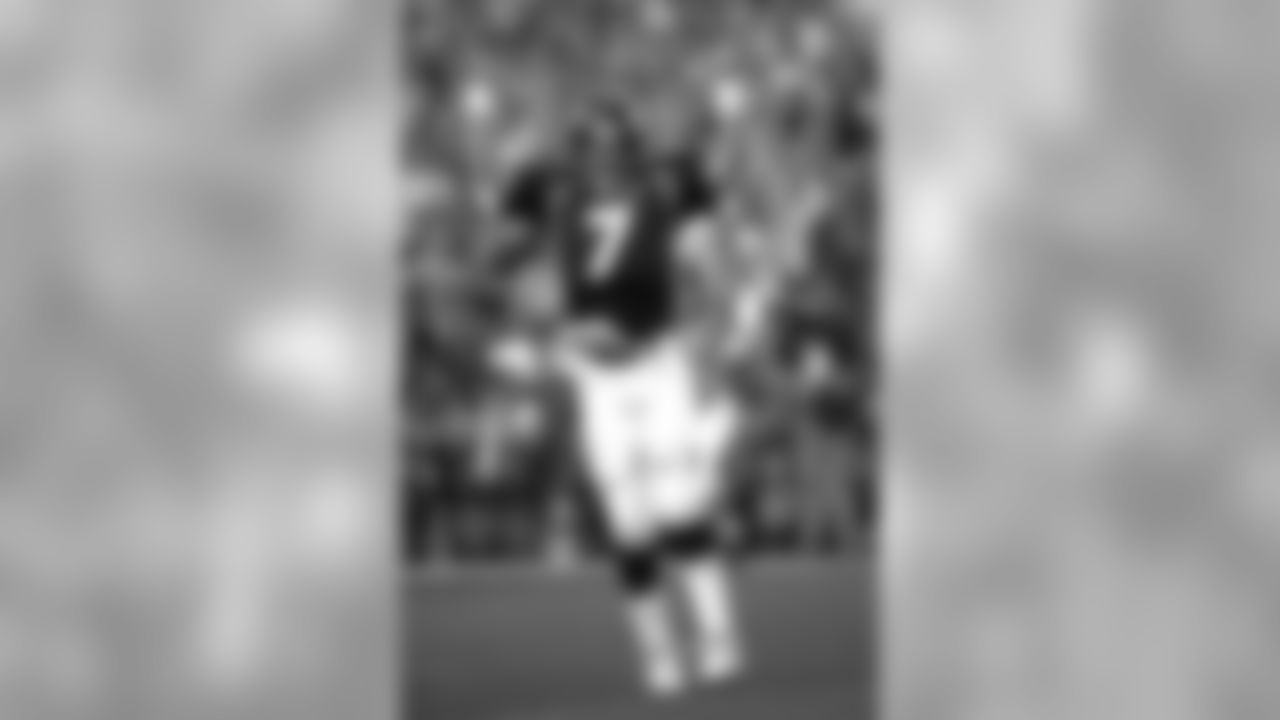
John Elway celebrates after the Broncos get on the board with a touchdown in Super Bowl XXXII. A 2004 inductee into the Pro Football Hall of Fame, Elway made nine Pro Bowls, won two Super Bowls and appeared in three more in his 16 seasons. In 2019 he was selected to the Broncos Top 100 Team.
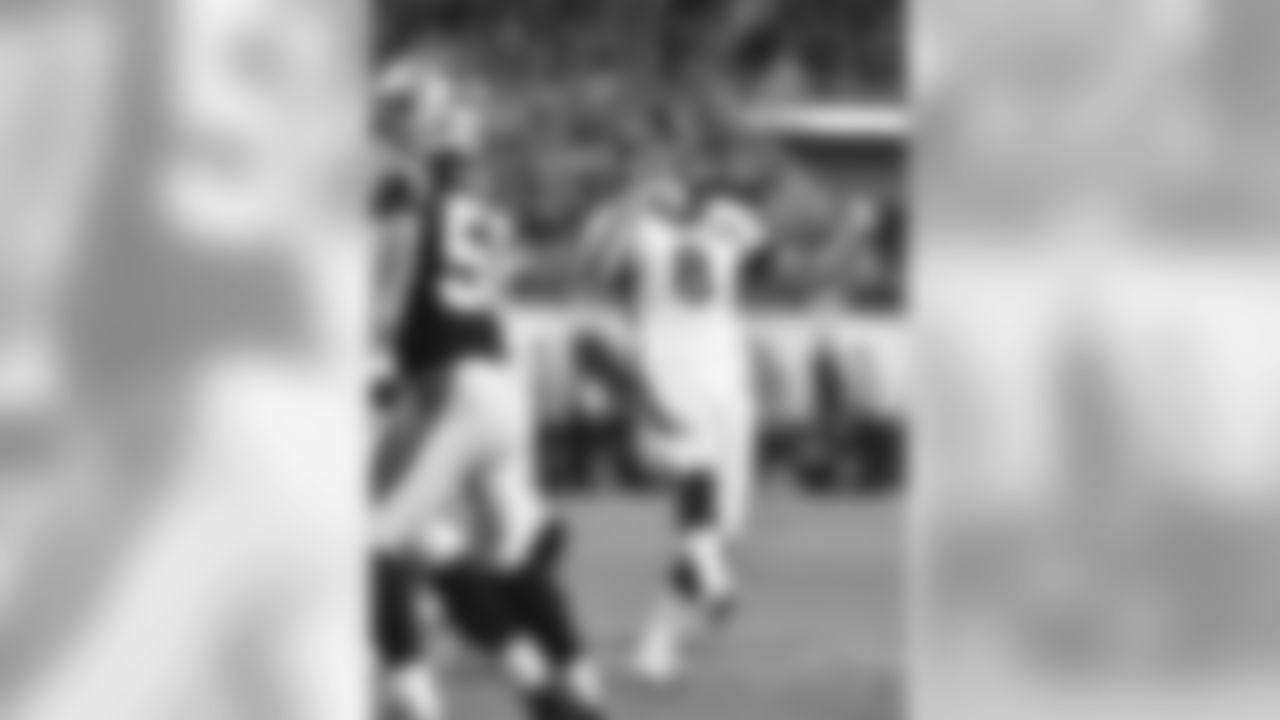
Brandon McManus watches as he makes a field goal in Super Bowl 50. McManus, who has been with the Broncos since 2014, was an instrumental part of the Broncos' Super Bowl run, as he made the second-most field goals in a single postseason run in NFL history. (Photo by Eric Lars Bakke/ Denver Broncos)
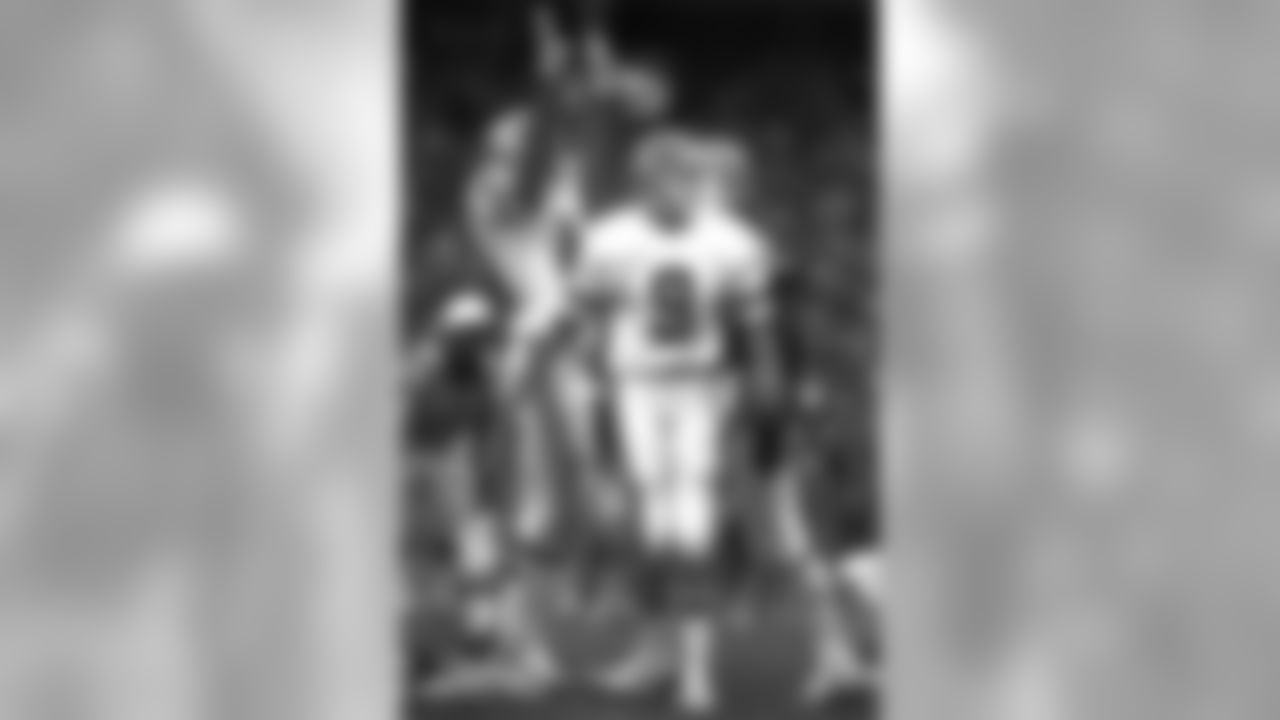
David Treadwell watches as his field goal soars through the uprights. Sixth in points scored in franchise history, Treadwell made one Pro Bowl in four seasons in Denver.

Emmanuel Sanders salutes the crowd after scoring a touchdown in 2014. A two-time Pro Bowler as a Bronco, Sanders helped the Broncos win Super Bowl 50 and recorded three seasons with at least 1,000 yards receiving. In 2019 he was selected to the Broncos Top 100 Team.

Punter Luke Prestridge was a Pro Bowler and first-team All-Pro in 1982. He played for the Broncos for five seasons.
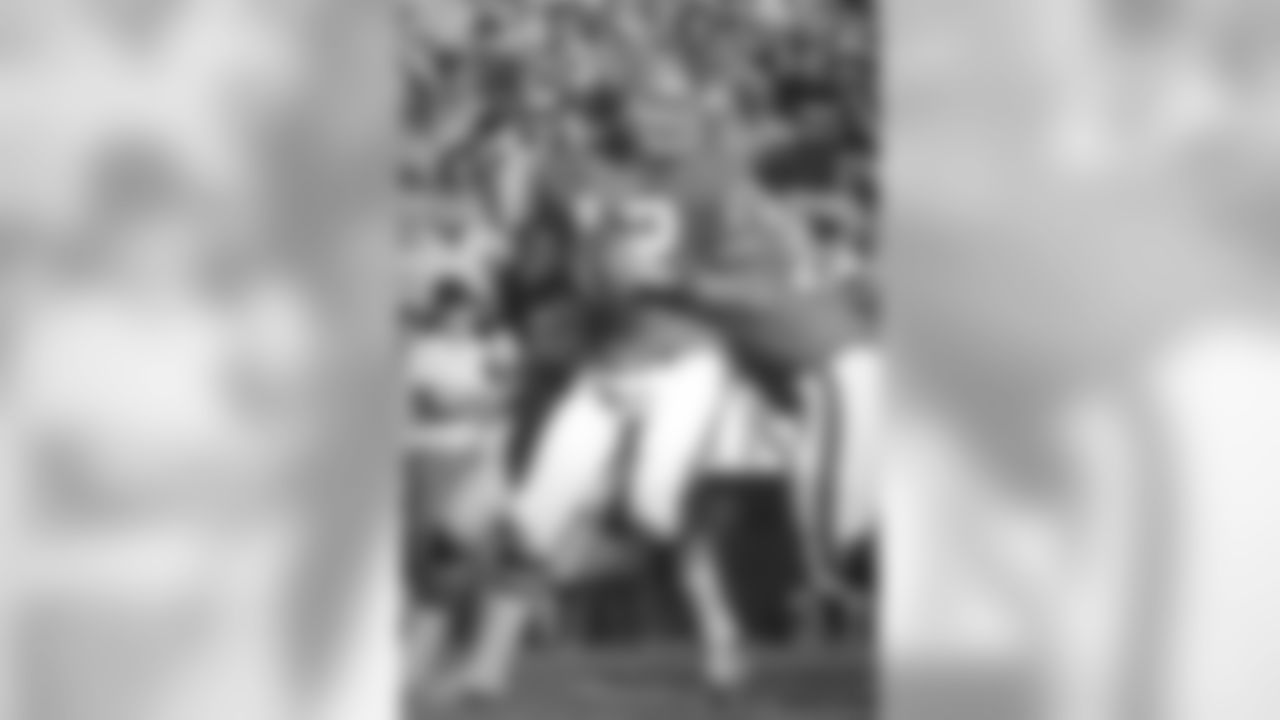
Quarterback Charley Johnson drops back for a pass during a game against the Los Angeles Rams. Johnson led the Broncos to their first winning season in franchise history and is in the team's Ring of Fame. In 2019 he was selected to the Broncos Top 100 Team.
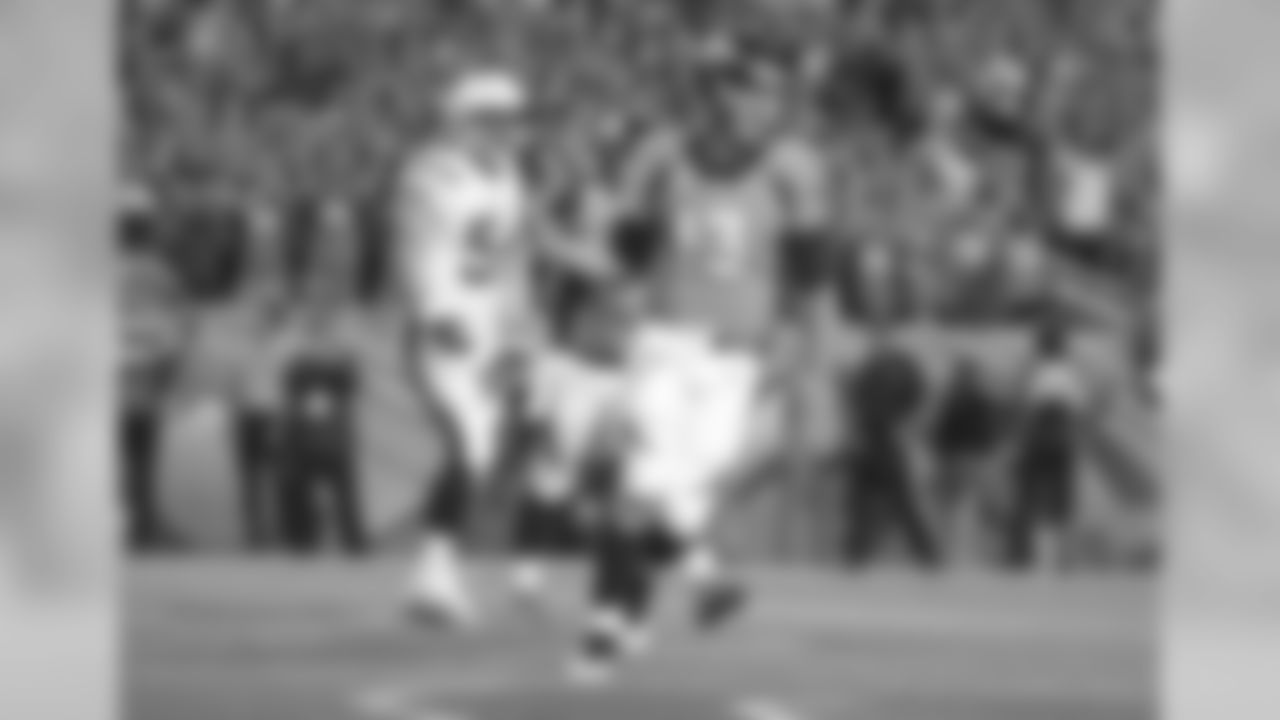
Trevor Siemian scrambles into the end zone for a touchdown in a 2017 game vs. the Chargers. Siemian played in Denver for three seasons and was a reserve on the Super Bowl 50 team. He started 24 games over two seasons after Peyton Manning retired and led the Broncos to a 13-11 record with 30 touchdown passes. Photo by Pete Eklund
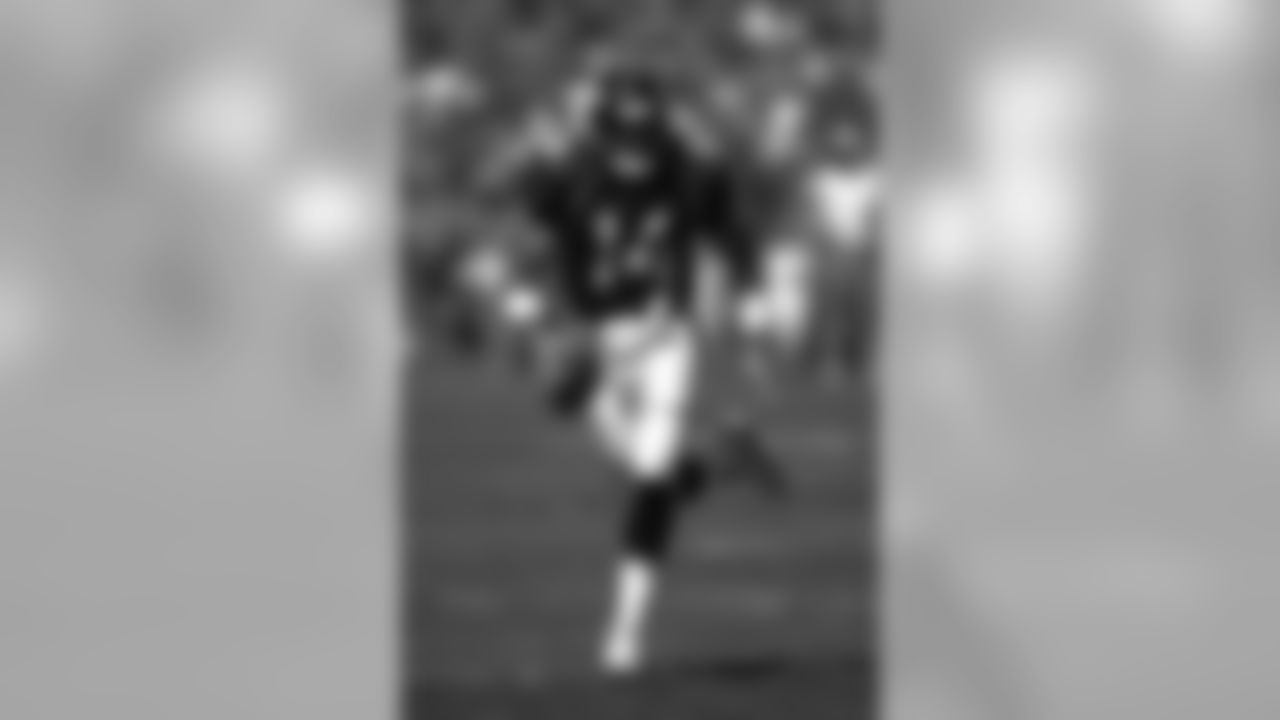
Brian Griese rolls out of the pocket during a game in 2000. Griese. A reserve on the Super Bowl XXXIII team, Griese became the Broncos' starting quarterback after John Elway retired. In the following four seasons, Griese led the Broncos to a 26-24 record and made the Pro Bowl once. He threw for 71 touchdowns and 11,763 yards over his five total seasons in Denver.
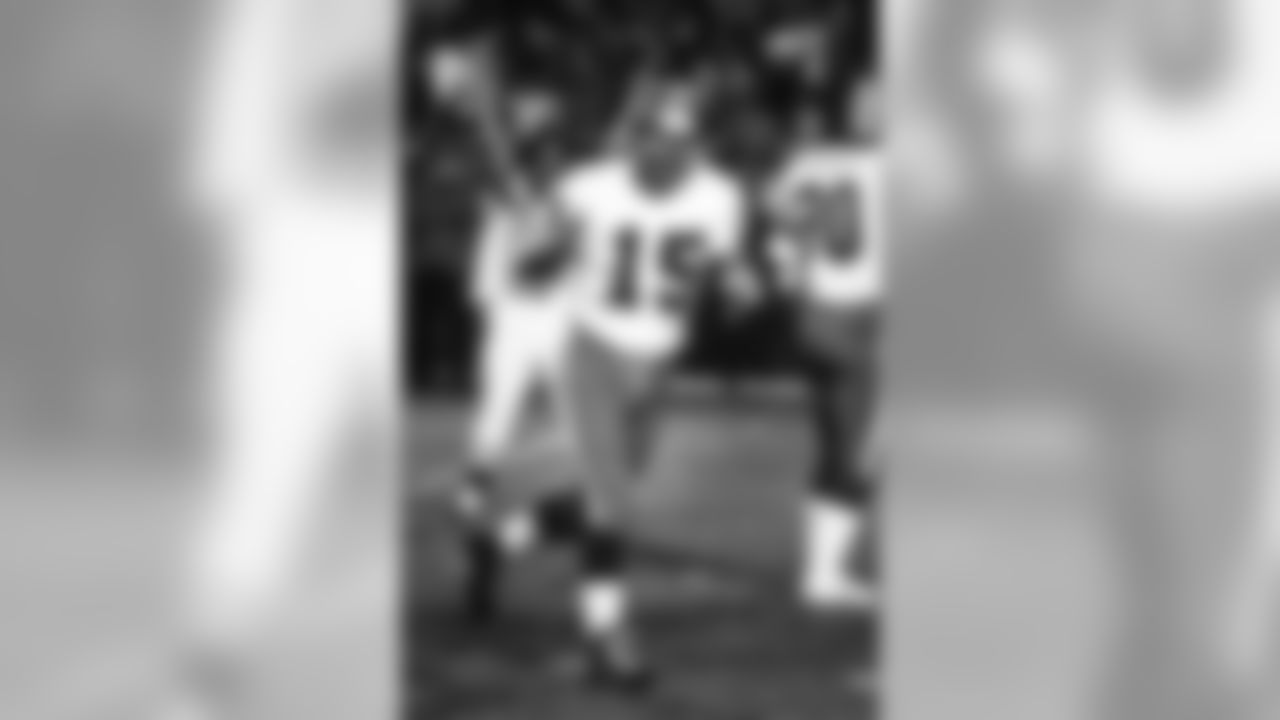
Jim Turner celebrates after a made field goal. The second-ranked player on the Broncos' all-time scoring ledger, Turner was inducted into the Ring of Fame in 1988 after nine seasons in Denver. In 2019 he was selected to the Broncos Top 100 Team.
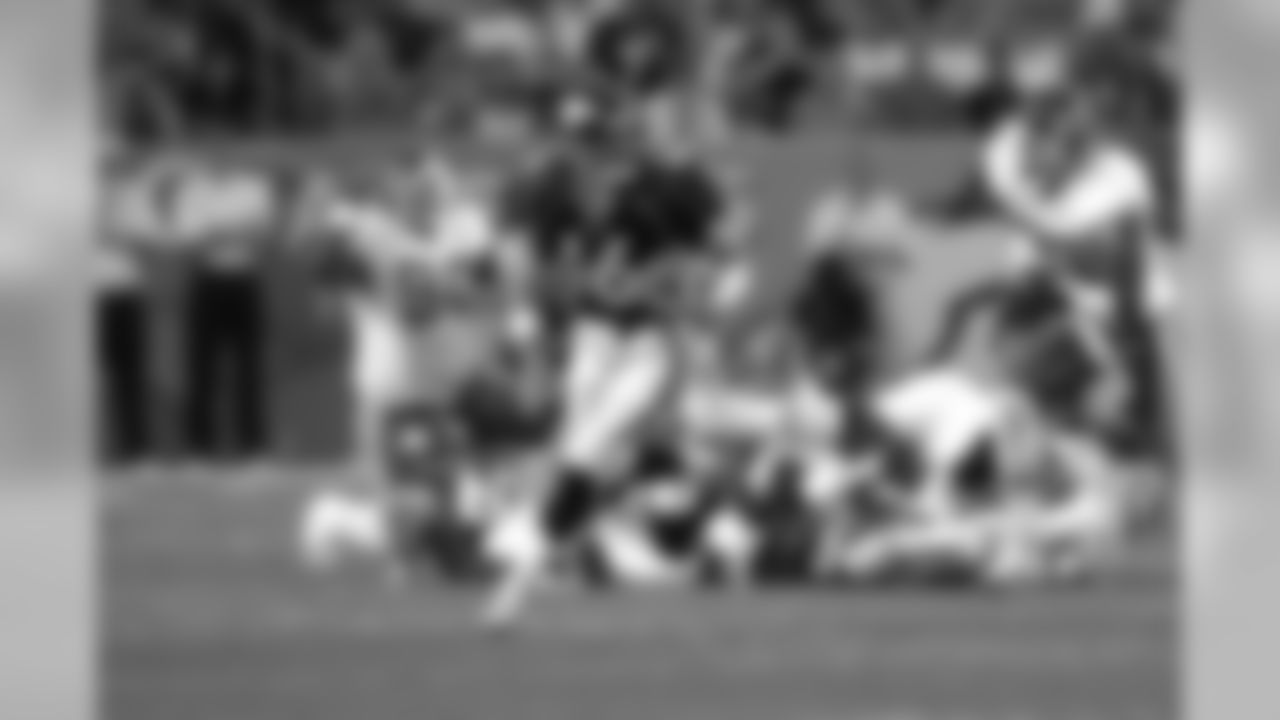
Jake Plummer scrambles during a 2004 game against Kansas City. During his four seasons in Denver, Plummer made one Pro Bowl and helped lead the Broncos to the 2005 AFC Championship game. In 2019 he was selected to the Broncos Top 100 Team.
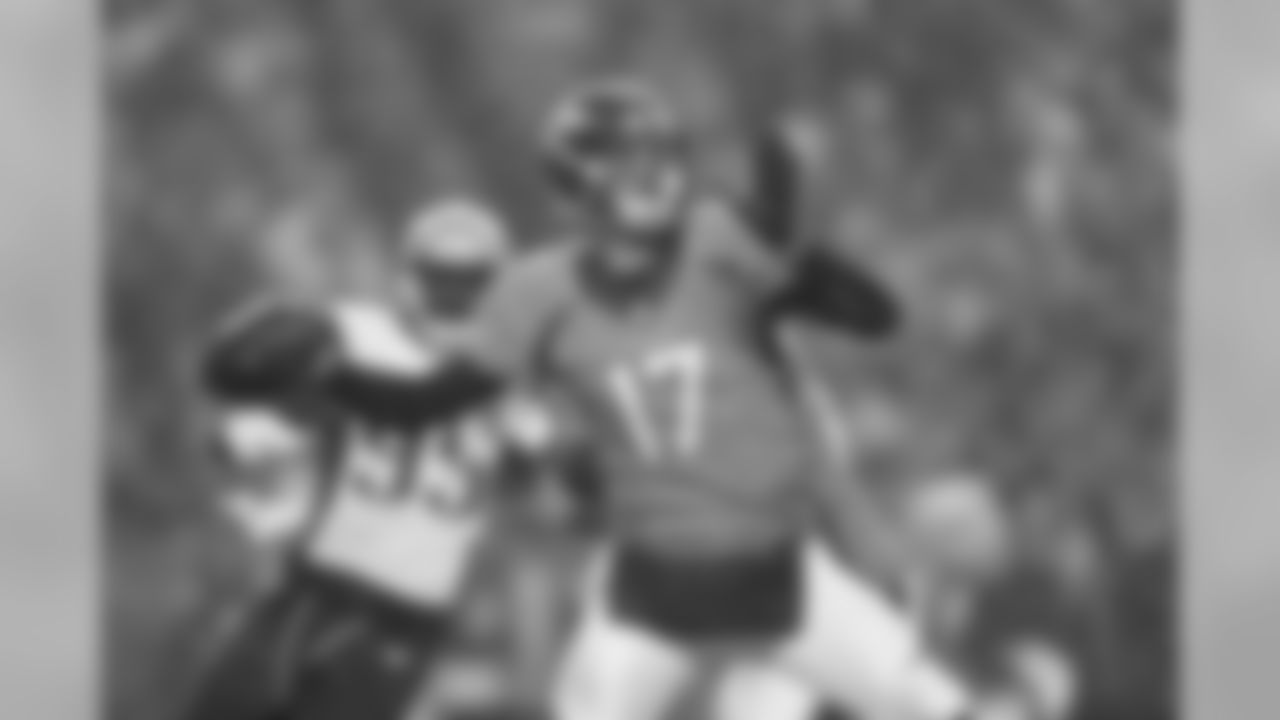
Brock Osweiler throws a pass during a snowy game against the Patriots in 2015. Steve DeBerg was also in consideration here, but both players had similar statistics and Osweiler's performance to help secure home-field advantage en route to Super Bowl 50 proves invaluable in team history.
Photo by Gabriel Christus
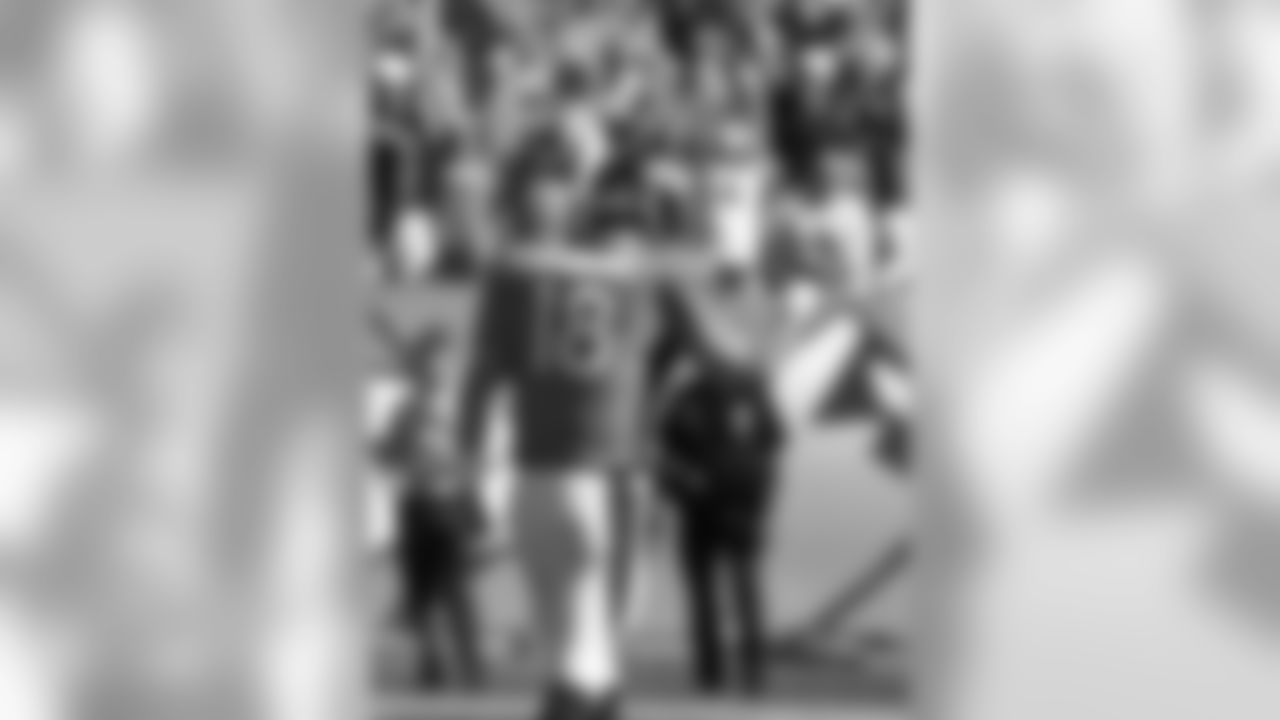
Peyton Manning pumps his fist after throwing the 500th touchdown of his career. In four seasons in Denver, Manning made three Pro Bowls, was selected twice as a first-team All-Pro, was selected as the 2013 NFL MVP, led the Broncos to two Super Bowls and won Super Bowl 50. In 2019 he was selected to the Broncos Top 100 Team.
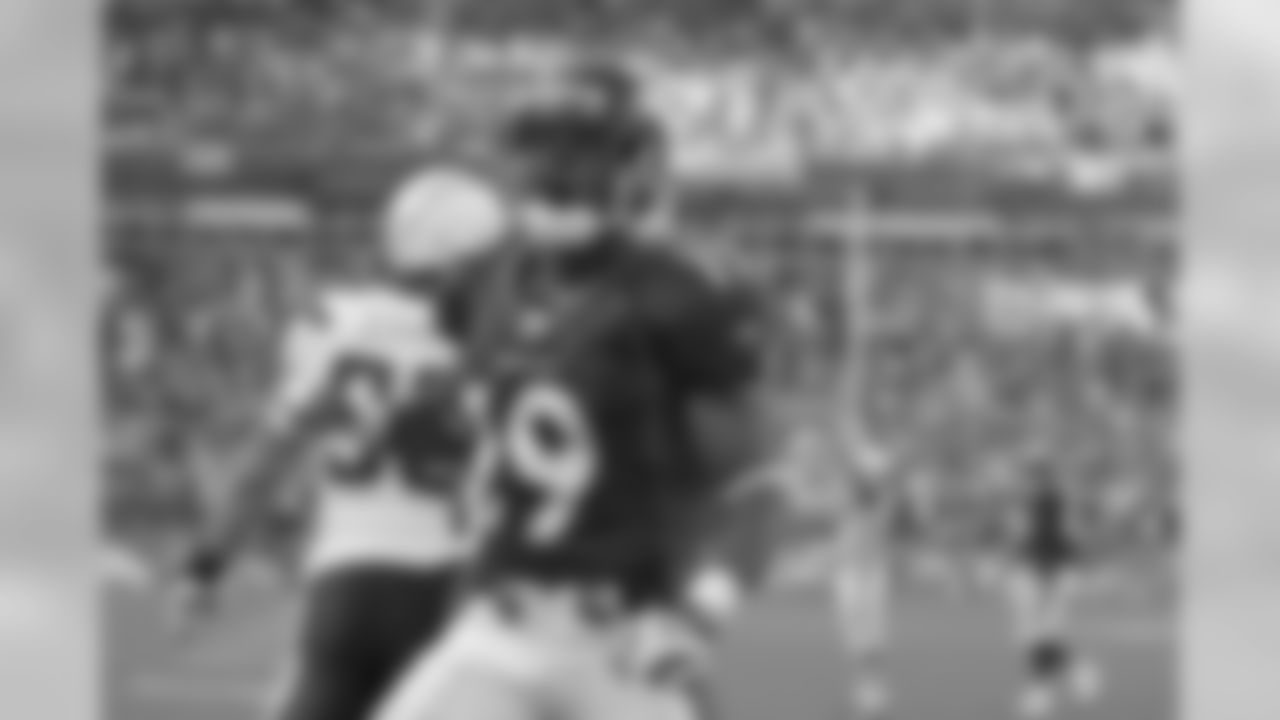
Eddie Royal celebrates after a touchdown in a 2008 game. Royal was a four-year starter in Denver, and his 91 receptions for 980 yards and five touchdowns in 2008 each set franchise rookie records.
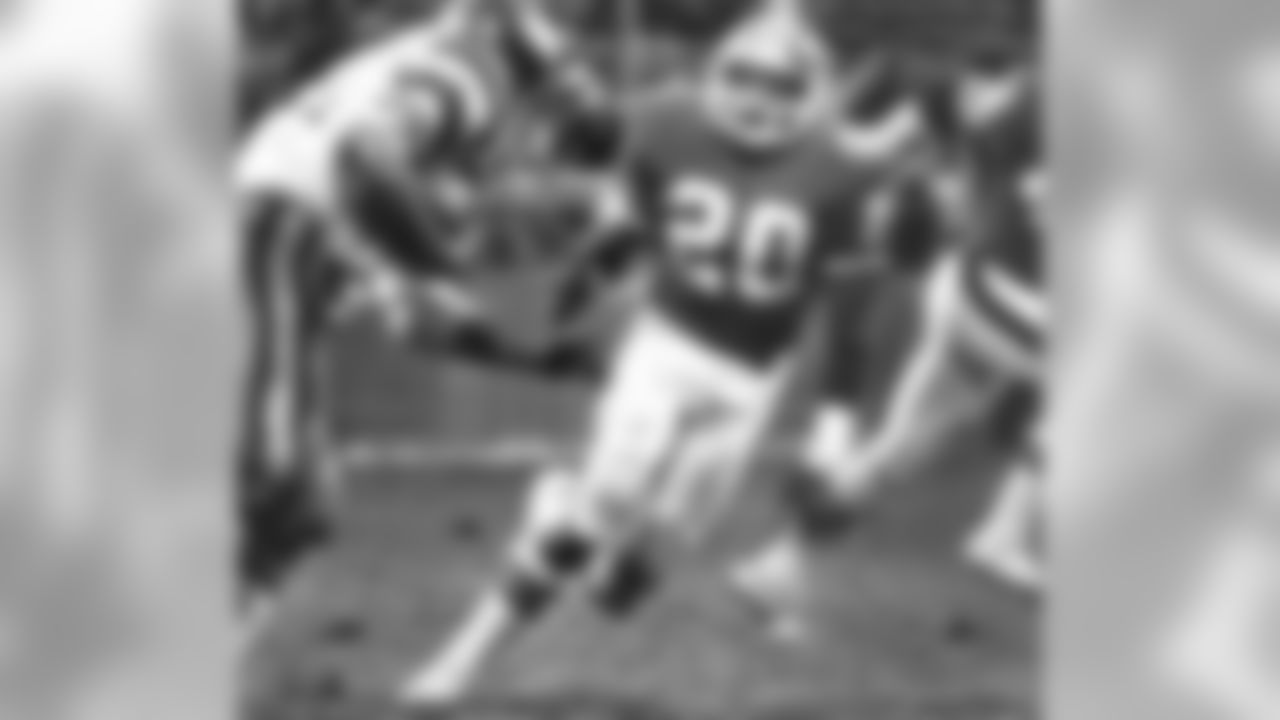
Cornerback Louis Wright charges a Vikings ball carrier during a game at Mile High Stadium. Wright was a 1993 Ring of Fame inductee after a 12-year career in which he earned five Pro Bowl selections and played in two Super Bowls. In 2019 he was selected to the Broncos Top 100 Team.
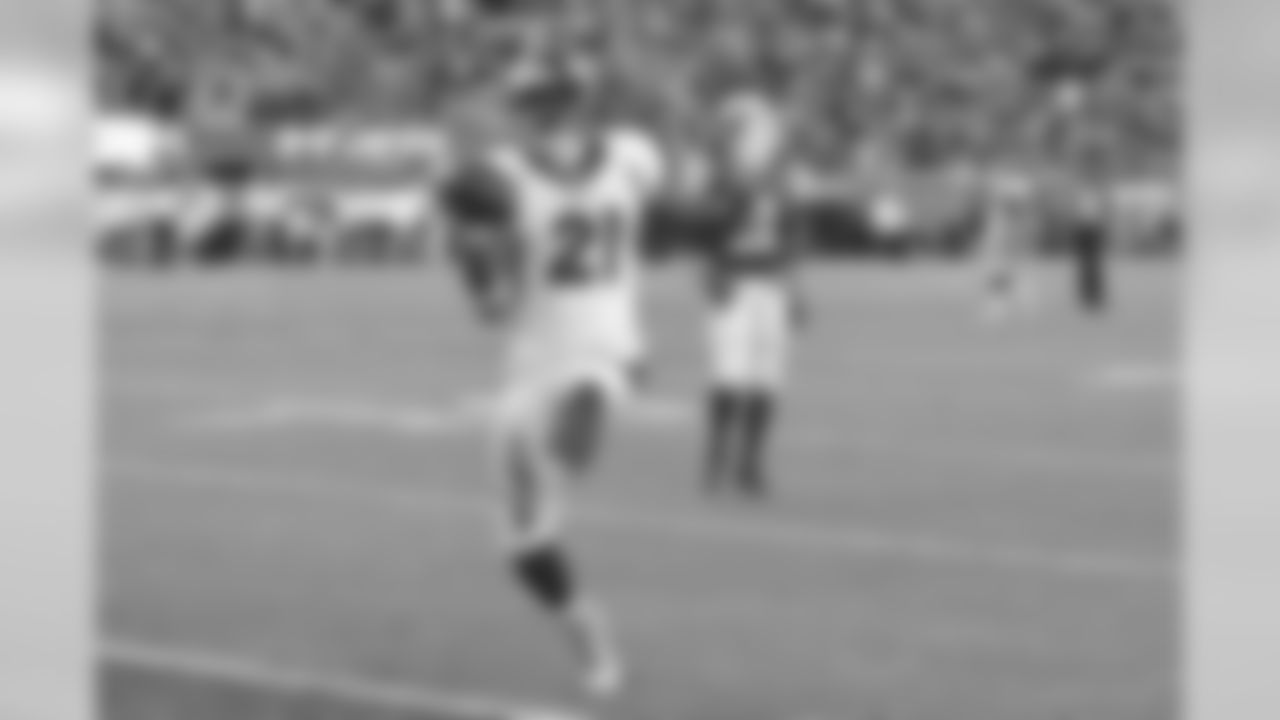
Aqib Talib intercepts a pass and returns it for a touchdown against the Jets in 2014. A key member of the Super Bowl 50 team and the "No-Fly Zone" secondary," Talib was a Pro Bowler in each of his four seasons in Denver and was a first-team All-Pro in 2016. He also holds the franchise record for interceptions returned for touchdowns and the record for the longest scoring interception return. In 2019 he was selected to the Broncos Top 100 Team.
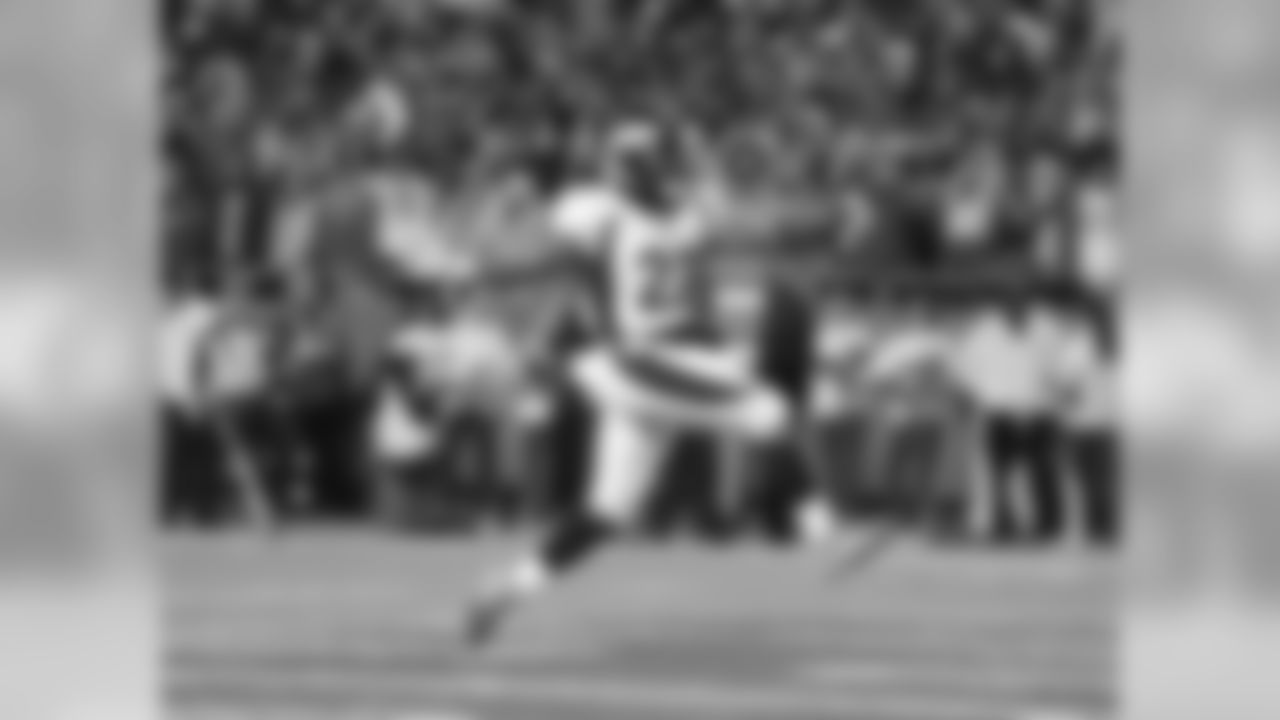
C.J. Anderson glides in to the end zone for a touchdown against the Kansas City Chiefs in 2014. In five years in Denver, Anderson made one Pro Bowl and led the Broncos' rushing attack in 2015. He was the only offensive player to score a touchdown for the Broncos in Super Bowl 50.
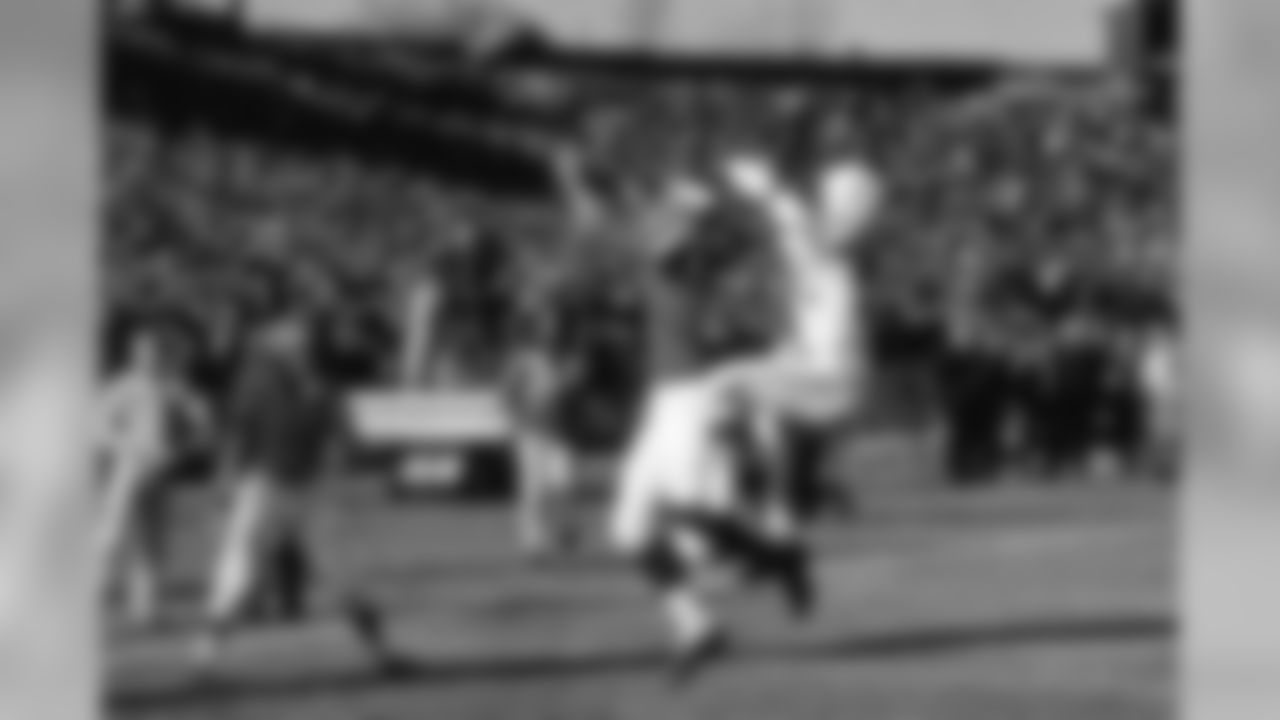
Goose Gonsoulin reaches up to defend a pass. Gonsoulin, a 1984 Ring of Fame inductee, holds the franchise record for interceptions in a single season with 11 and is second in team history for most career interceptions with 43. He was an AFL All-Star five times (1961-64, '66) and twice was an All-AFL selection (1960, '62). In 2019 he was selected to the Broncos Top 100 Team.
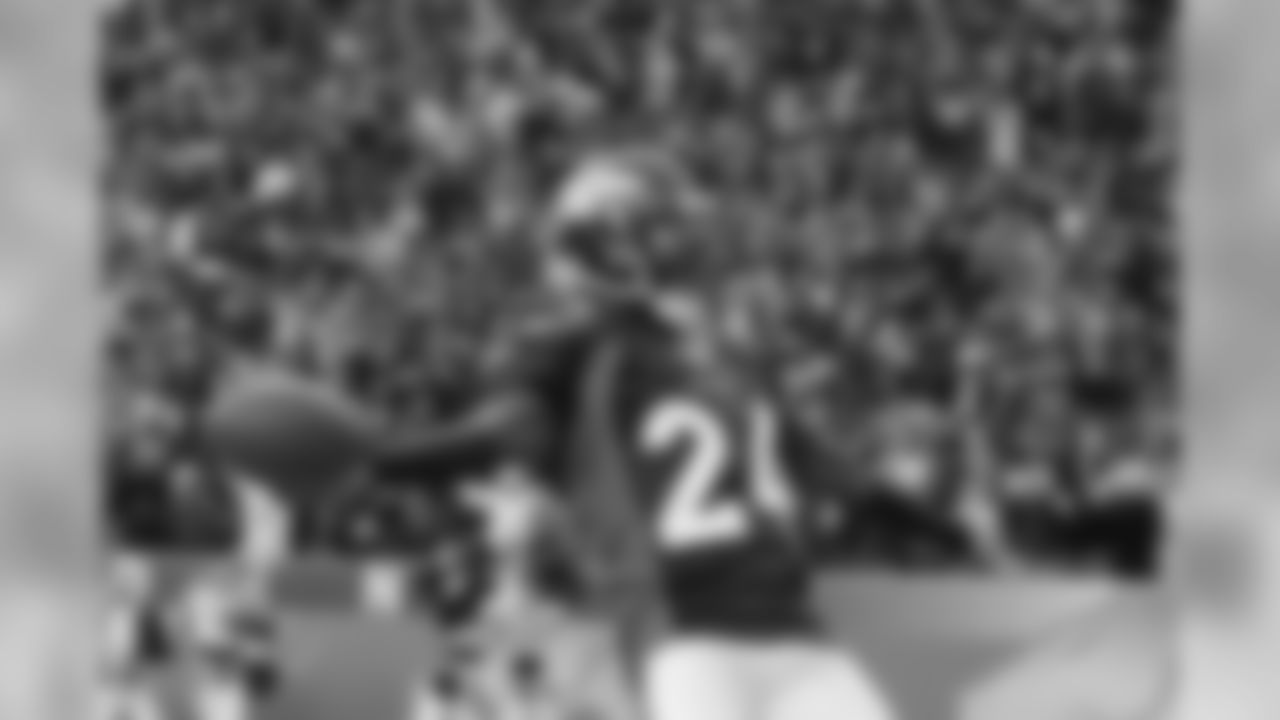
Champ Bailey grins after returning an interception for a touchdown in 2006. Bailey, a 2019 inductee into the Pro Football Hall of Fame and the Ring of Fame, played 10 seasons in Denver and was selected to eight Pro Bowls as a Bronco with three selections as a first-team All-Pro. In 2019 he was selected to the Broncos Top 100 Team.
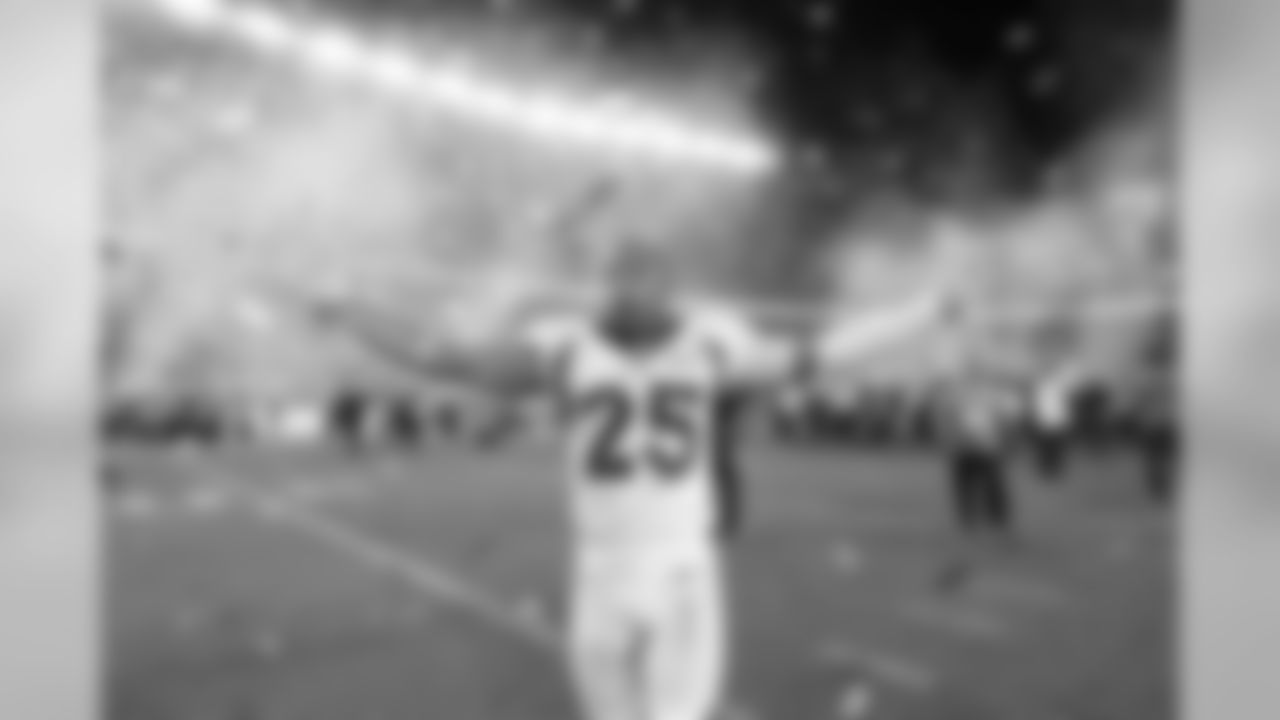
Chris Harris Jr. reacts as the confetti falls following Super Bowl 50. A four-time Pro Bowler and 2016 first-team All-Pro, Harris was selected to the NFL 2010s All-Decade Team. In 2019 he was selected to the Broncos Top 100 Team. Photo by Gabriel Christus
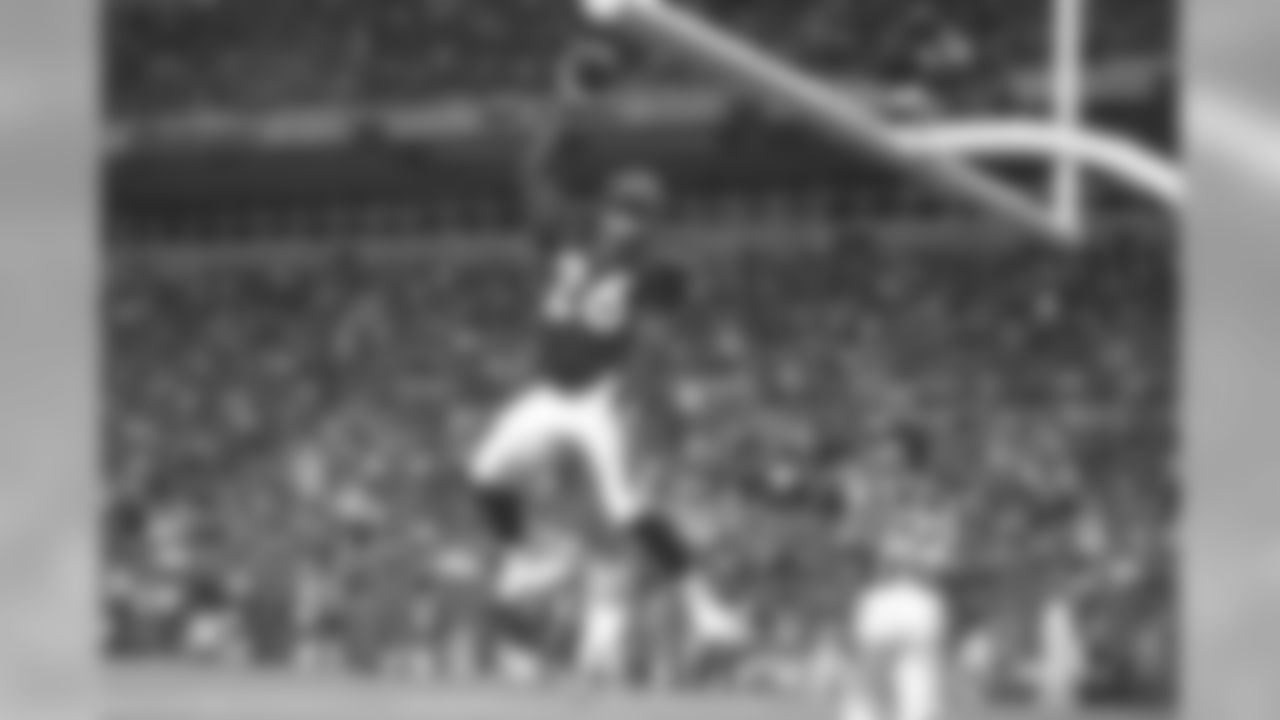
Clinton Portis dunks the ball after scoring a touchdown in a 2002 preseason game. Though he only spent two seasons in Denver, Portis was an immediate standout and rushed for more than 1,500 yards in back-to-back seasons in his first two years in the NFL. He was a Pro Bowler in 2003 before the Broncos traded him for Champ Bailey before the 2004 season. His 2002 season total of 1,508 rushing yards still stands as the franchise's rookie rushing record, and he holds the team record for rushing touchdowns in a single game with five. In 2019 he was selected to the Broncos Top 100 Team.
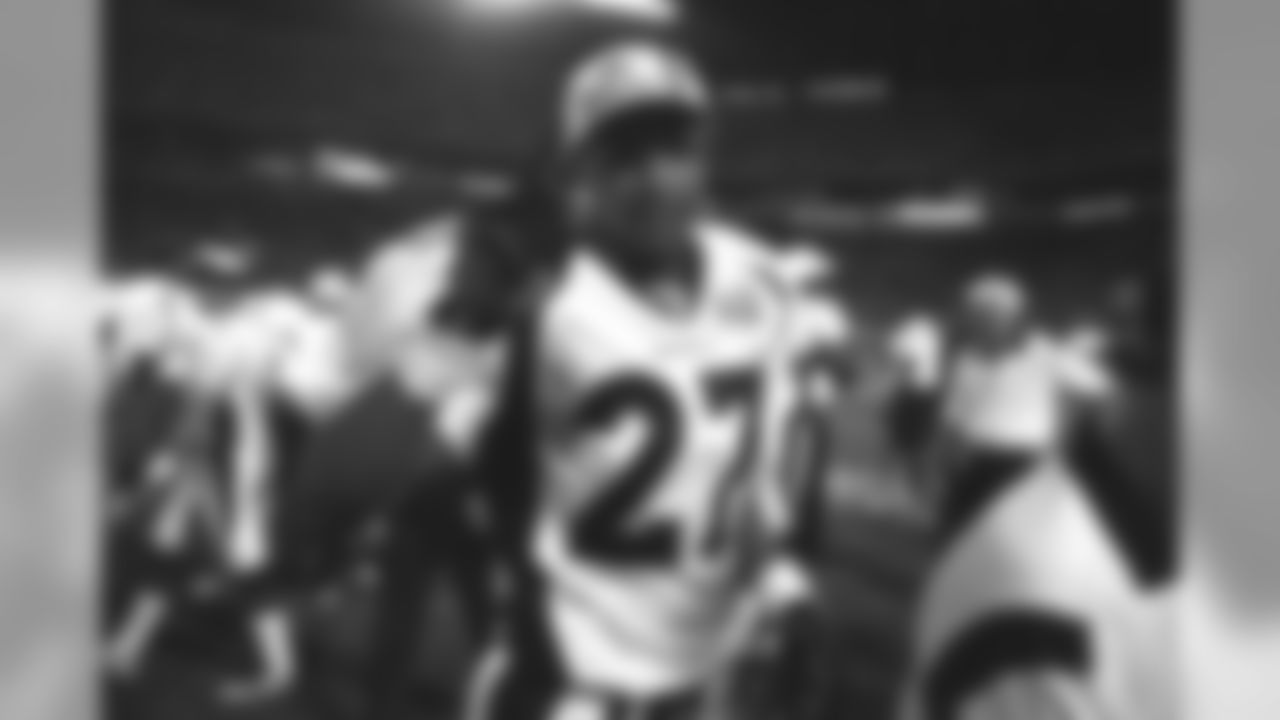
Steve Atwater celebrates the Broncos' Super Bowl XXXIII victory. A legend for his hard hits, Atwater was an eight-time Pro Bowler (1990-96, '98) and two-time first-team All-Pro (1991-92) for the Broncos. After helping lead the team to back-to-back Super Bowls, Atwater was inducted into the Ring of Fame in 2005 and the Pro Football Hall of Fame in 2020. In 2019 he was selected to the Broncos Top 100 Team.
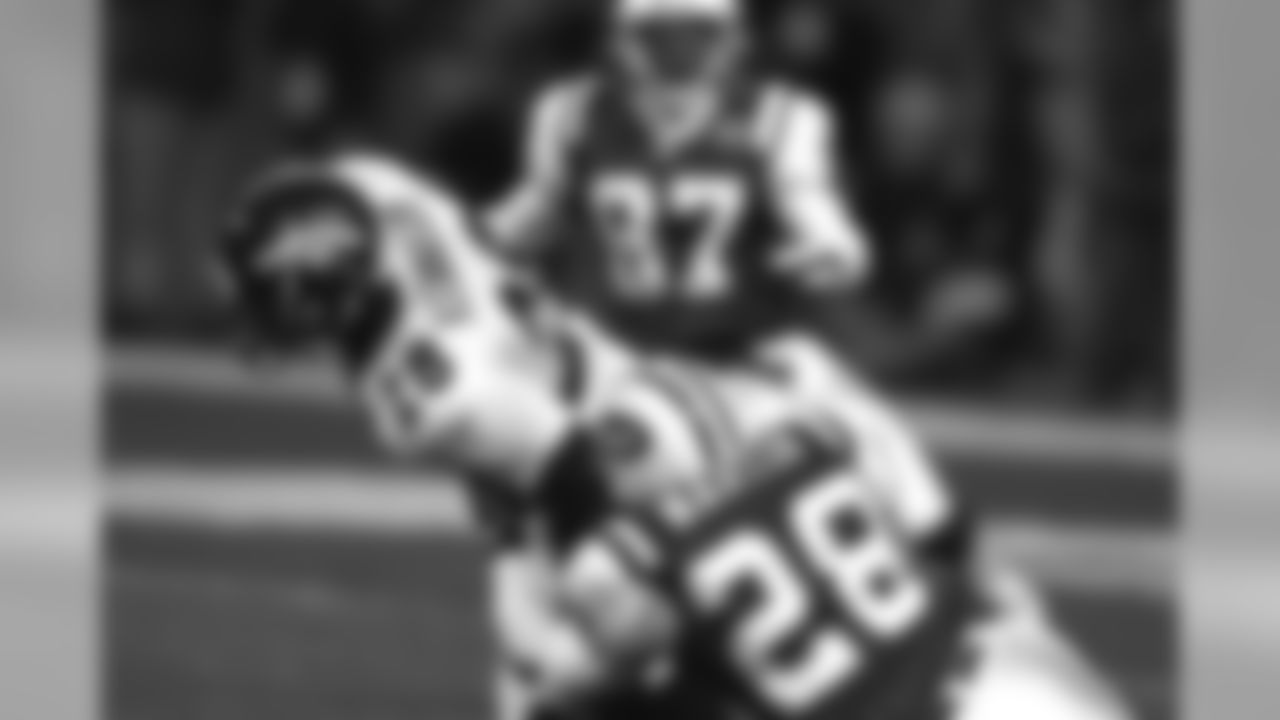
Kenoy Kennedy makes his first interception of his NFL career in 2000. In five seasons with the Broncos, Kennedy started 59 games and recorded four interceptions, 30 passes defensed and three forced fumbles.
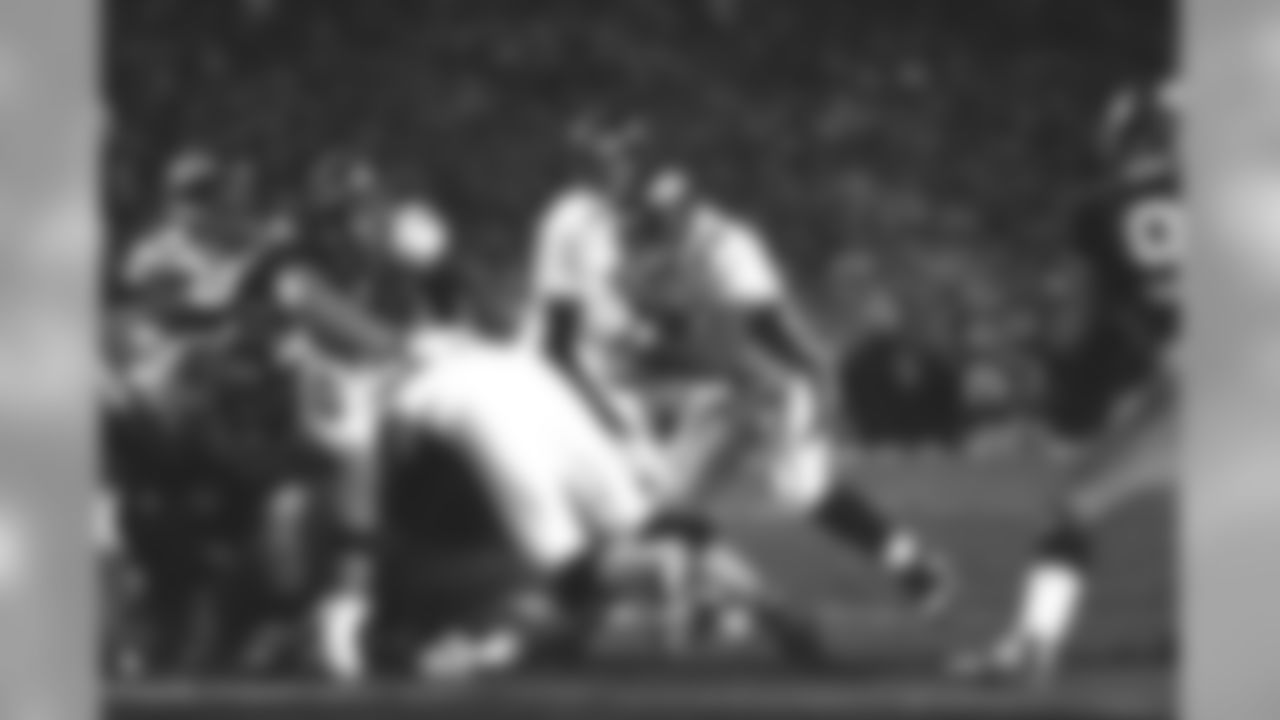
Howard Griffith scores one of his two touchdowns in Super Bowl XXXIII. Griffith was a key piece of the offense in Denver from 1997 to 2000. With Griffith as a lead blocker, Terrell Davis rushed for 1,750 and 2,008 yards in back-to-back seasons. The Broncos had 1,000-yard rushers in each of the four seasons that Griffith played for them. In 2019 he was selected to the Broncos Top 100 Team.
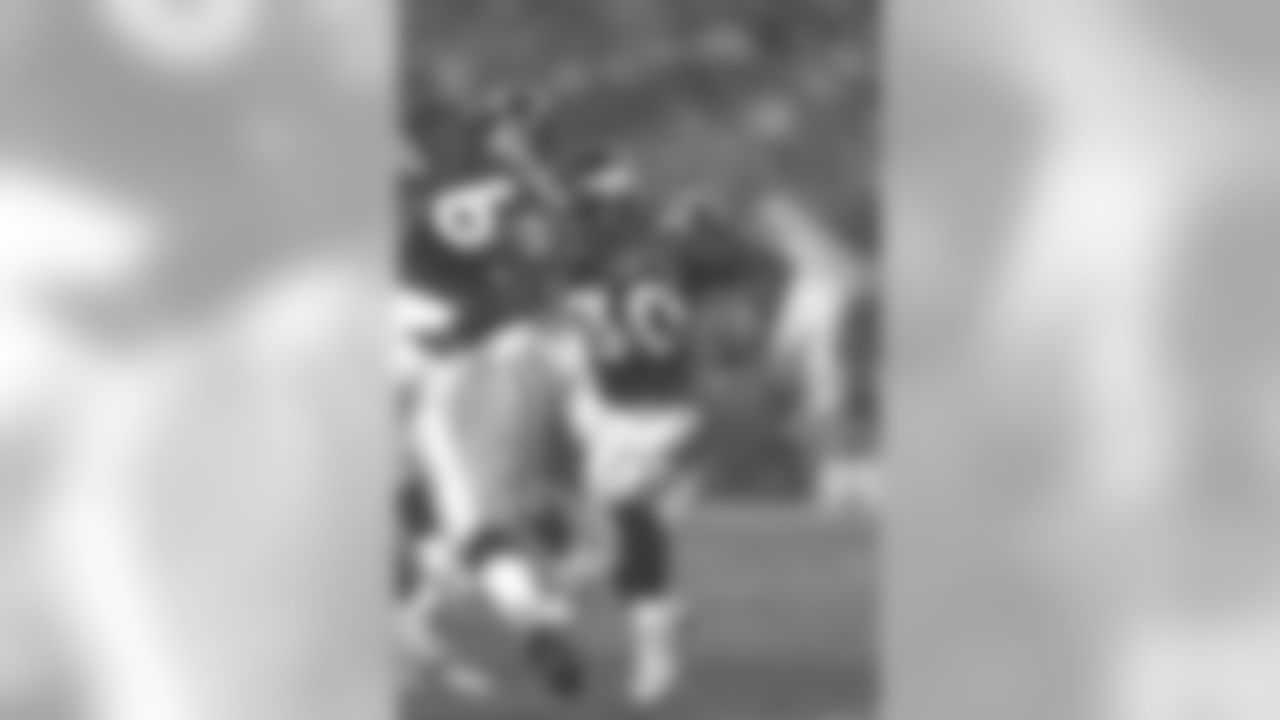
Terrell Davis rushes for some of his 156 yards in Super Bowl XXXII. Davis was MVP of that game and the league MVP the following season, and would be inducted into the Pro Football Hall of Fame in 2017. In 2019 he was selected to the Broncos Top 100 Team.

Mike Harden goes up for the interception. In nine years as a Bronco, Harden started 98 game and picked off 33 passes, returning four for touchdowns. In 2019 he was selected to the Broncos Top 100 Team.
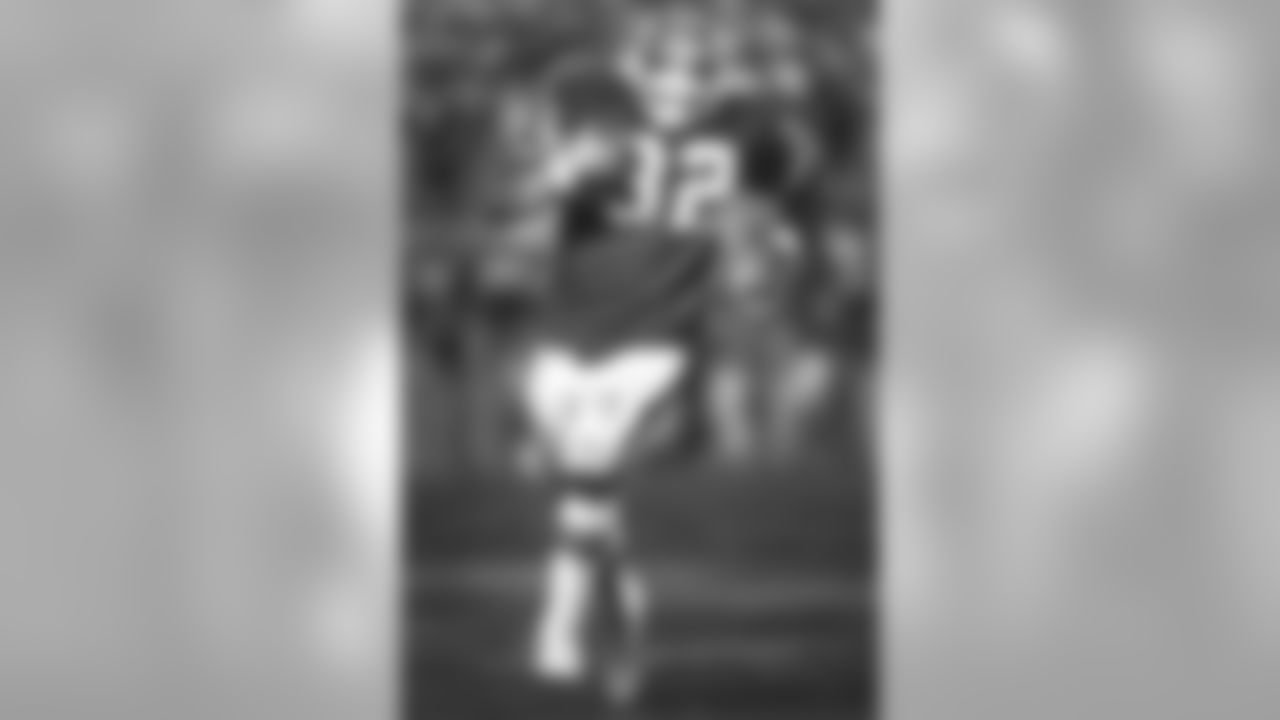
Running back Jon Keyworth spent seven seasons in Denver and started in 69 games. A key player on the Broncos' first Super Bowl team, Keyworth totaled 25 touchdowns as a Bronco.
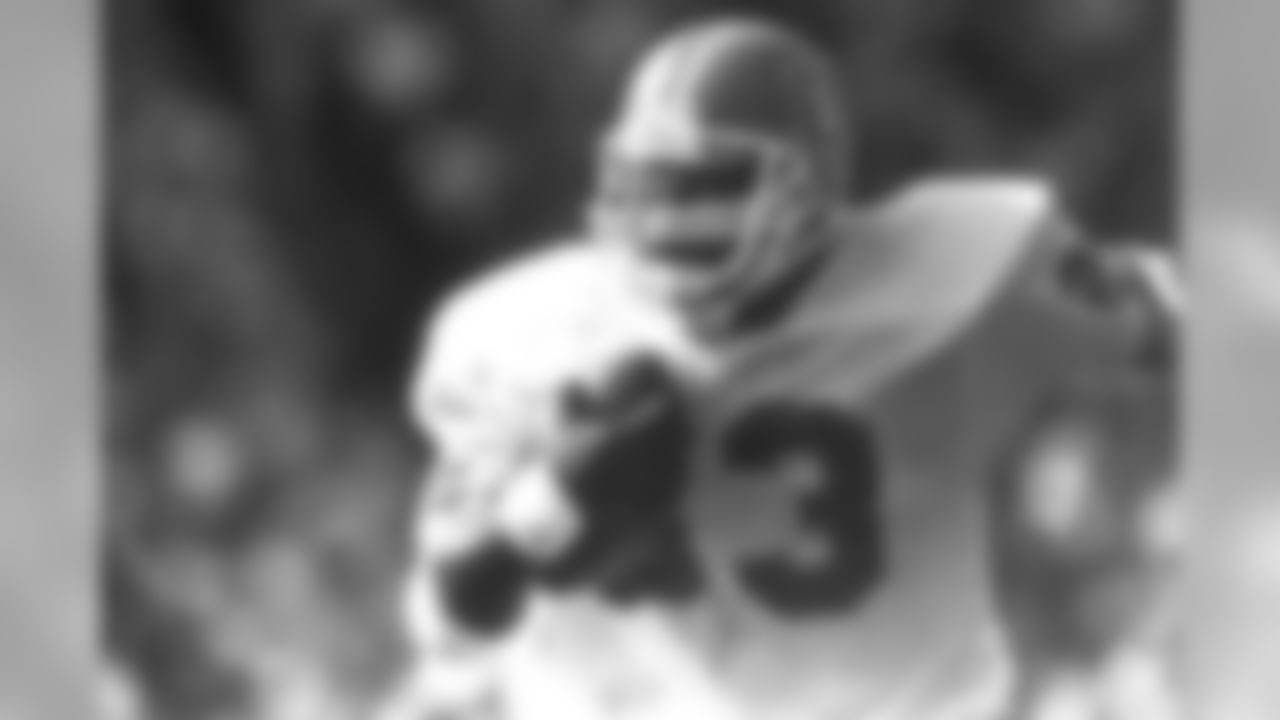
Gene Lang runs the ball versus Cleveland. In four seasons in Denver, Lang totaled 757 rushing yards and 10 rushing touchdowns.
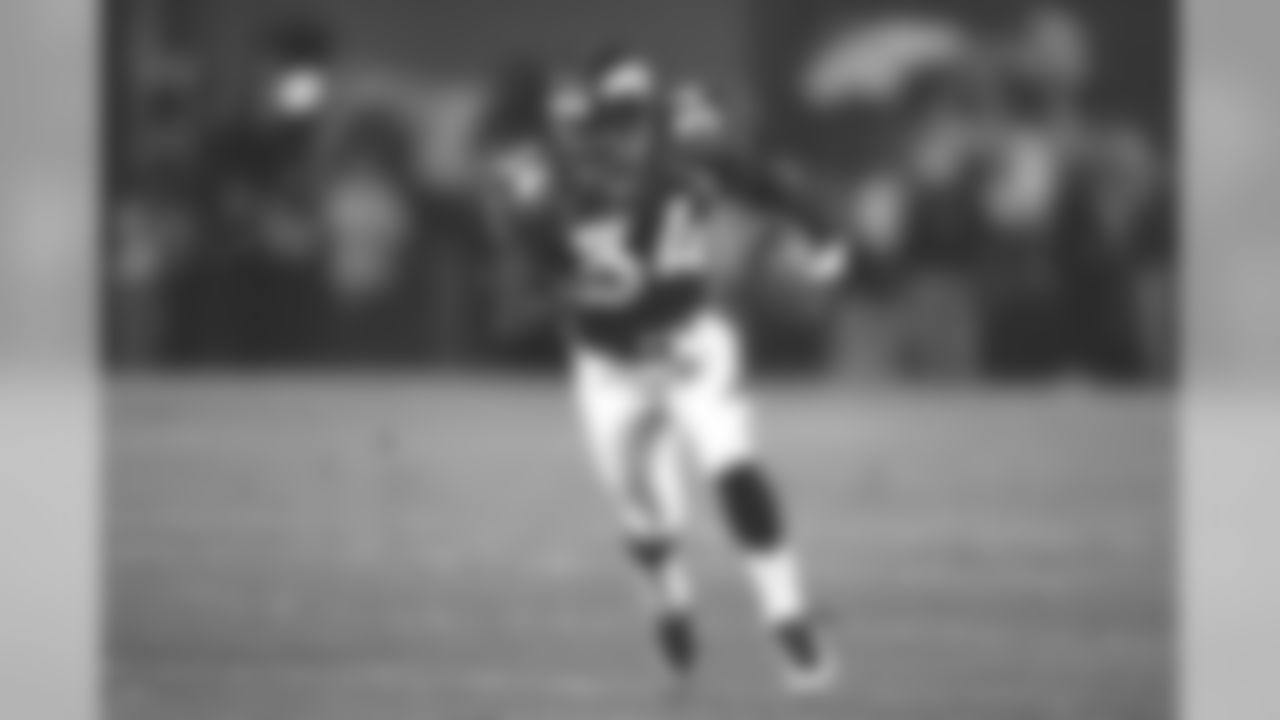
Tyrone Braxton returns an interception during a 1997 game. Braxton played 12 years in Denver, starting 132 of the 165 games he played for the Broncos. He intercepted 34 passes and returned four for touchdowns. In 2019 he was selected to the Broncos Top 100 Team.
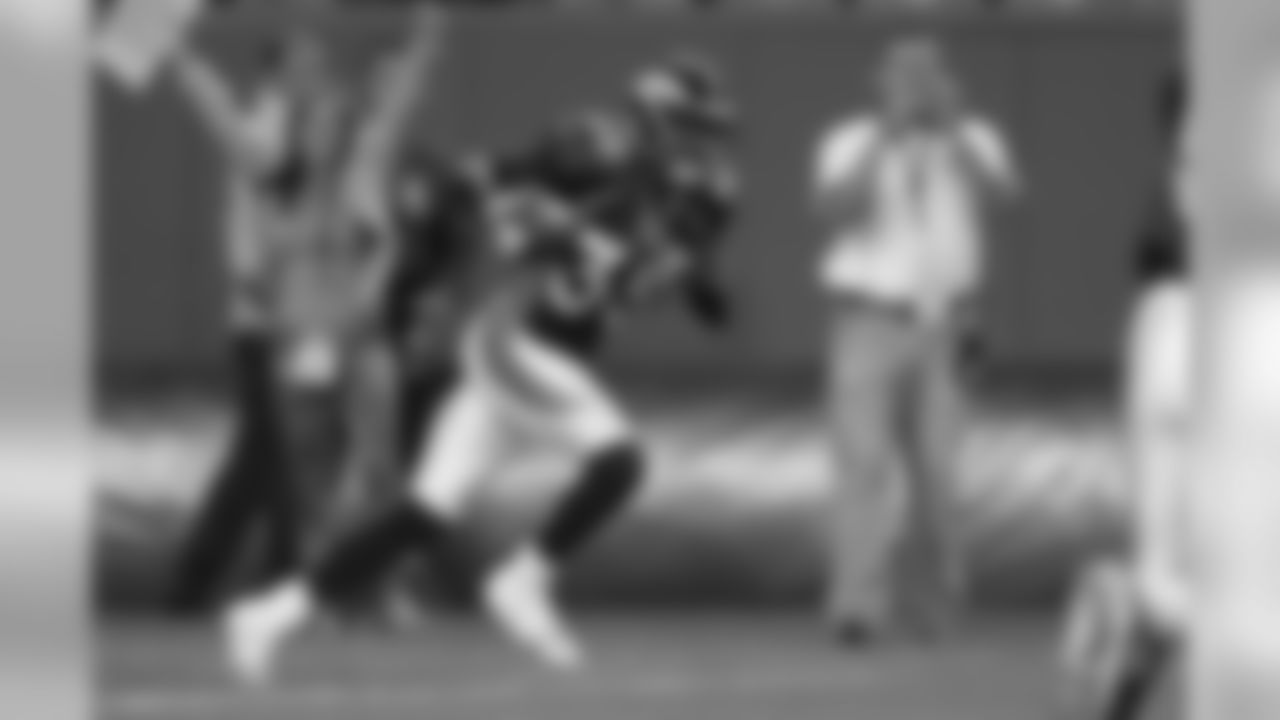
Lenny Walls intercepts a Seahawks pass attempt in a 2002 game. In four seasons with the Broncos, Walls started 20 of 43 games and made one interception and recorded 21 passes defensed.
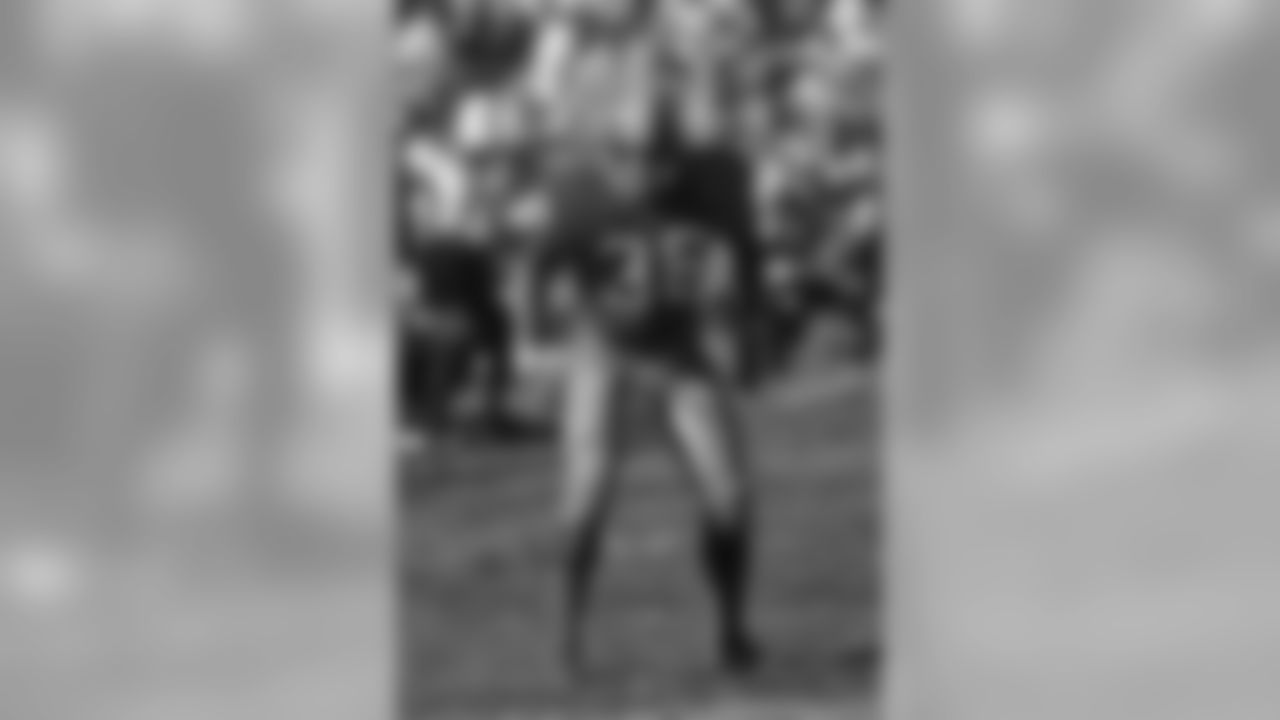
A three-time Pro Bowler and 1977 first-team All-Pro, Billy Thompson was inducted into the Ring of Fame in 1987. Thompson was a key member of the Orange Crush defense's secondary and played a big role in that 1977 team's path to Super Bowl XII. In 2019 he was selected to the Broncos Top 100 Team.
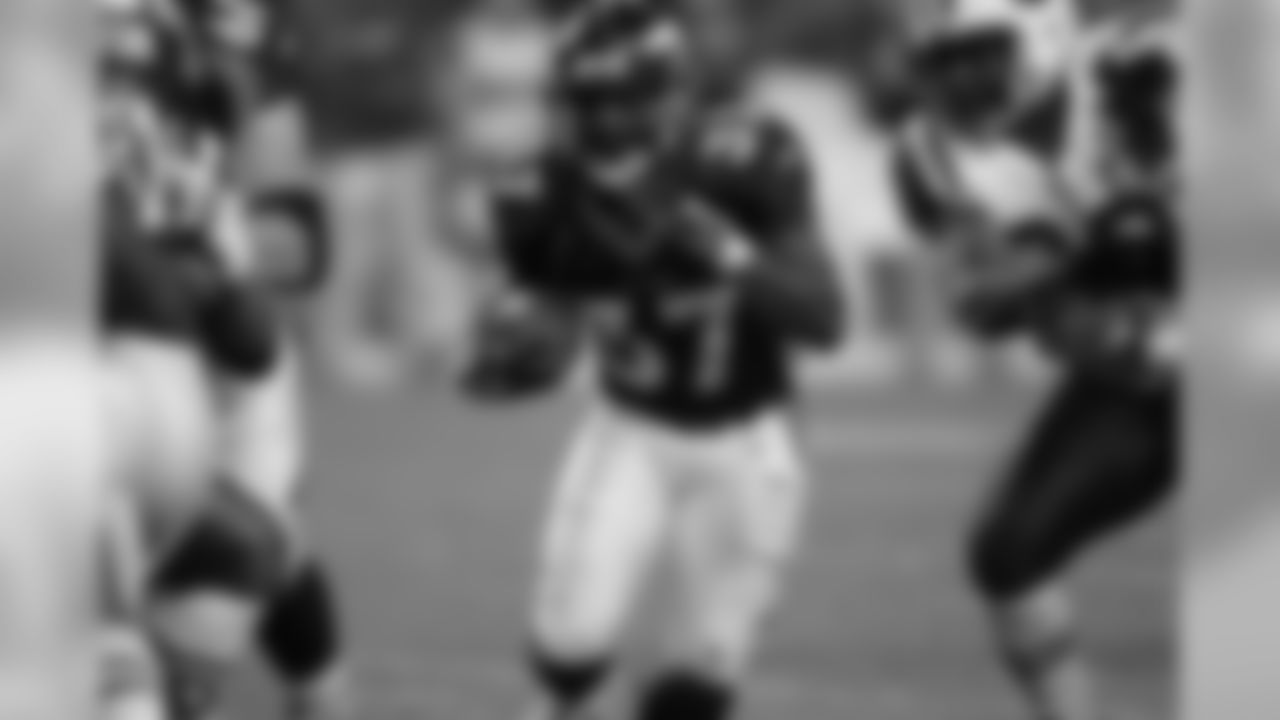
Cecil Sapp rushes the ball against the Jets in 2005. Sapp played five seasons in Denver and scored three career touchdowns in 49 career games.
Photo: Eric Lars Bakke/Rich Clarkson and Associates

Mike Anderson celebrates a touchdown during a game against the Saints in 2000. Anderson holds the franchise record for rushing yards in a single game with 251 and was the 2000 Offensive Rookie of the Year. In 2019 he was selected to the Broncos Top 100 Team.
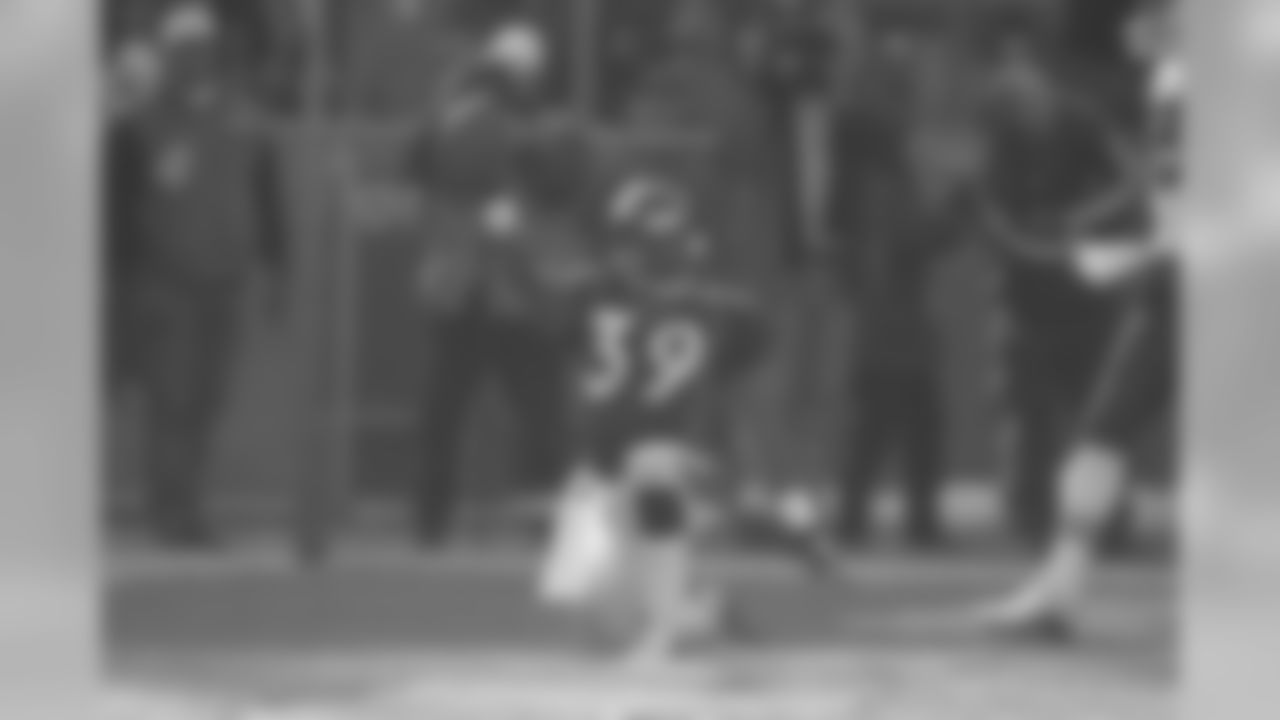
Ray Crockett celebrates after intercepting a Chiefs pass in 2000. A member of the Broncos' back-to-back Super Bowl championship teams, Crockett played seven years for the Broncos and recorded 17 interceptions in 106 games. In 2019 he was selected to the Broncos Top 100 Team.
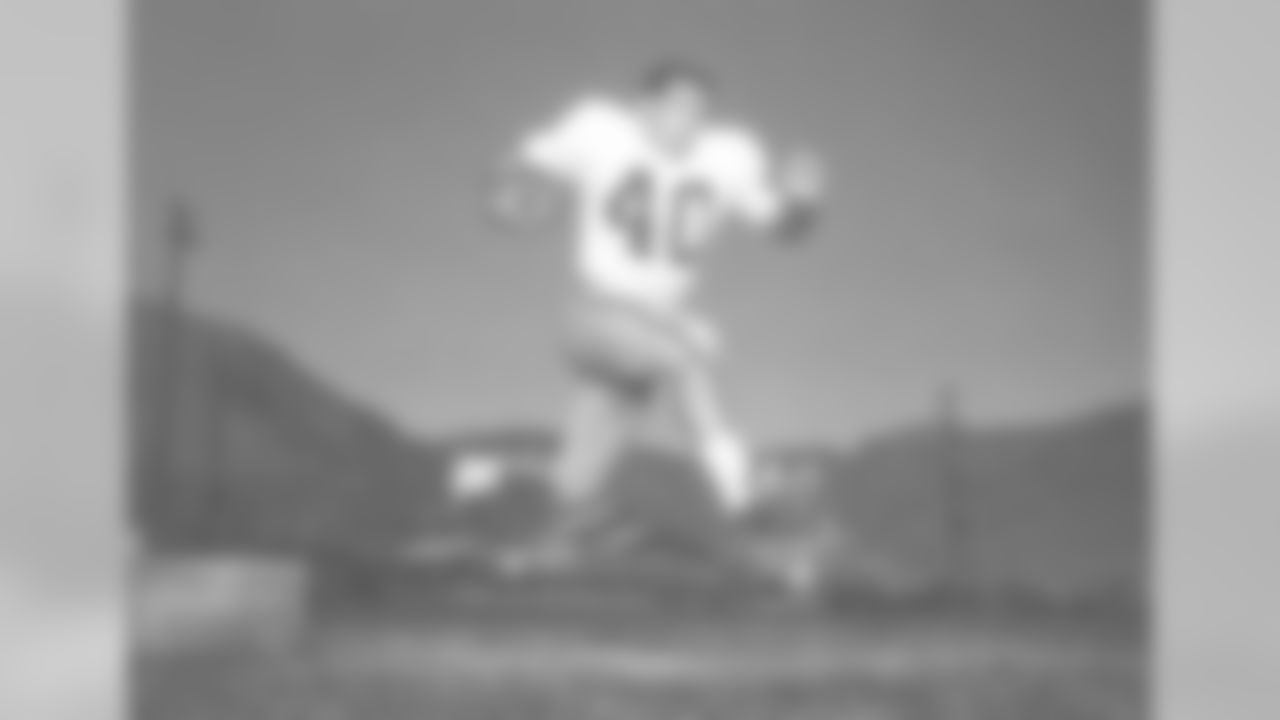
A member of the Broncos' 1960 and 1961 teams, Al Carmichael recorded 874 yards from scrimmage and scored seven total touchdowns — including the first touchdown in AFL history.
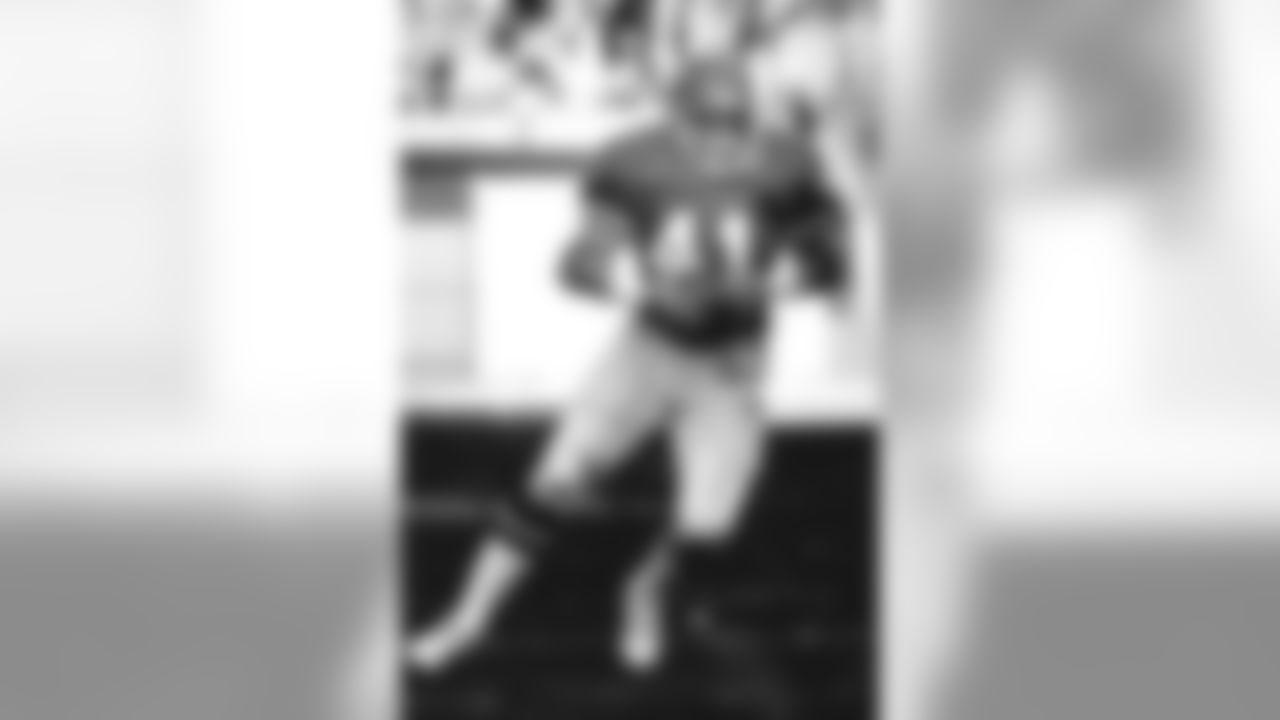
Rob Lytle played in 87 career games in seven seasons with the Broncos and rushed for 1,451 yards and 12 touchdowns.
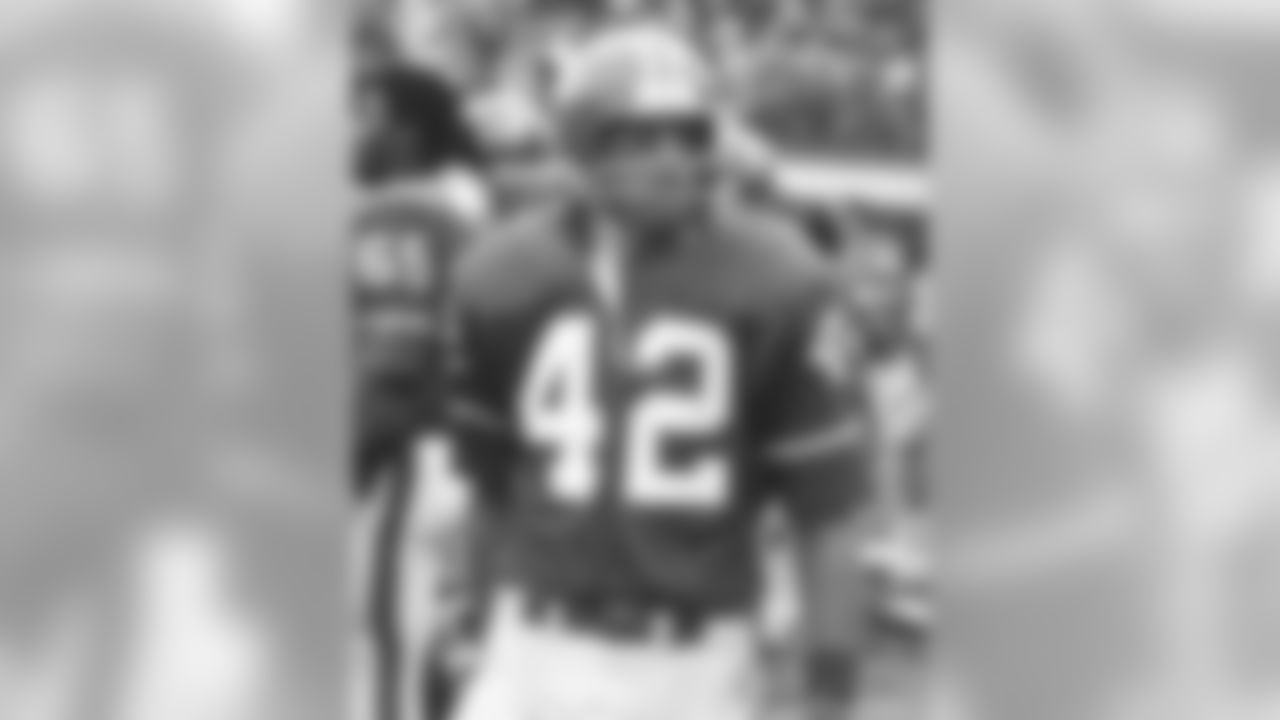
In nine years with the Broncos, Billy Van Heusen played in 109 games and recorded 1,855 yards from scrimmage and 12 total touchdowns. In 2019 he was selected to the Broncos Top 100 Team.

Steve Foley, the Broncos' leader in career interceptions with 44, played in Denver for nine seasons and was a starter on the Orange Crush defense that led the Broncos to Super Bowl XII. Foley started in 136 of 150 games. In 2019 he was selected to the Broncos Top 100 Team.
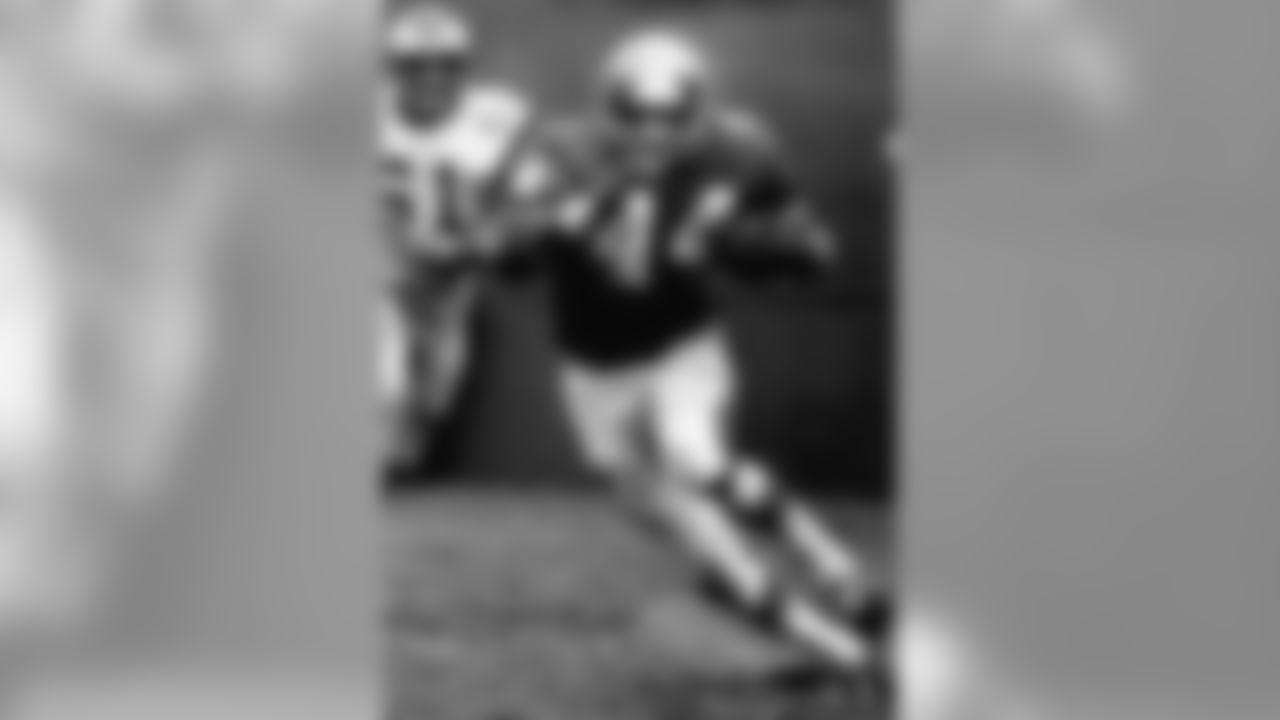
Running back Floyd Little runs the ball downfield during a game against the Eagles. Known as "The Franchise," Little was inducted into the Pro Football Hall of Fame in 2010 and was a 1984 inductee into the Ring of Fame. Little was a five-time Pro Bowler and a 1969 first-team All-Pro. In 2019 he was selected to the Broncos Top 100 Team.
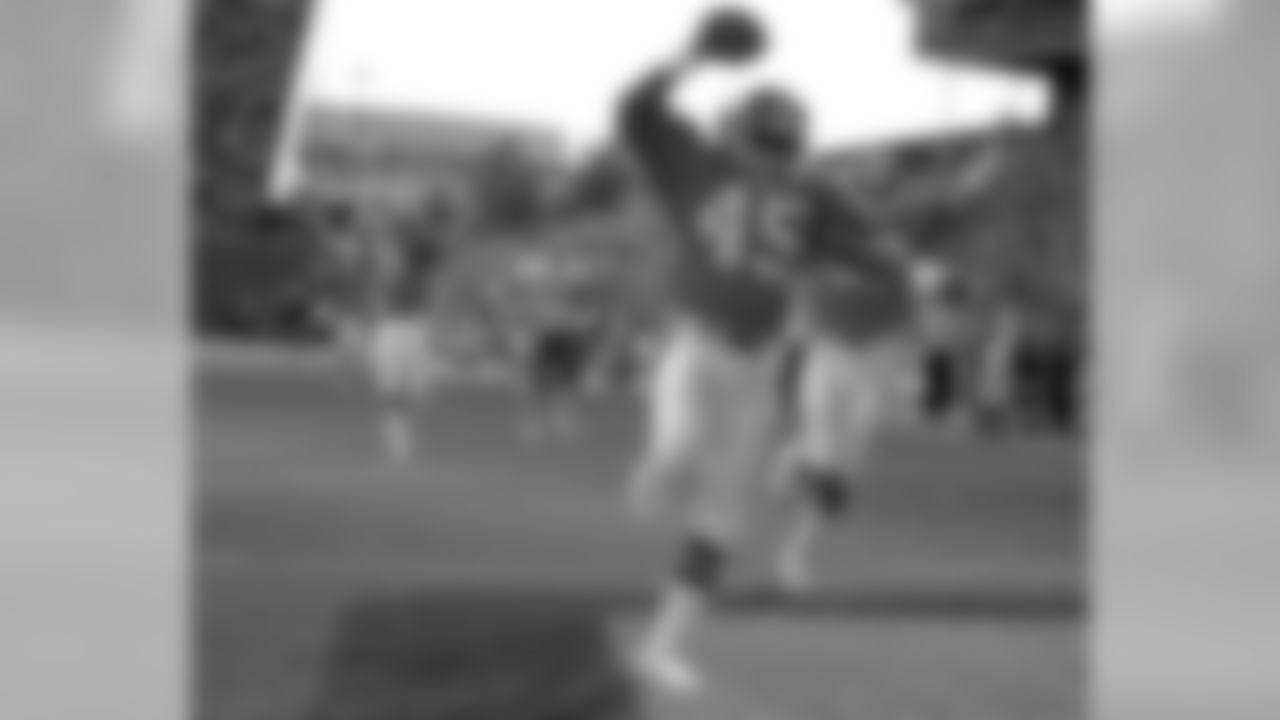
Cornerback Steve Wilson scores a touchdown during a game against the Kansas City Chiefs at Mile High Stadium. In seven years with the Broncos, Wilson played in 92 games and recorded 16 interceptions.
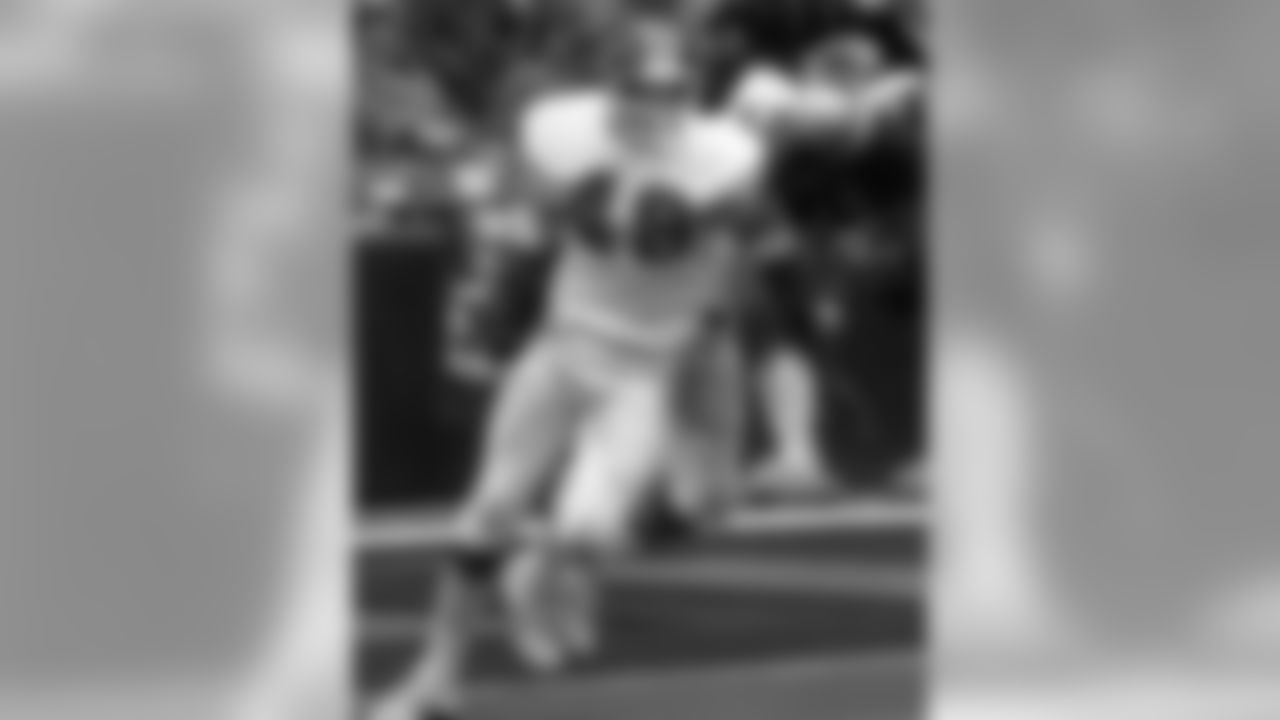
John Rowser played for the Broncos for three years and started in 37 of 38 games. He recorded nine interceptions and two defensive touchdowns.
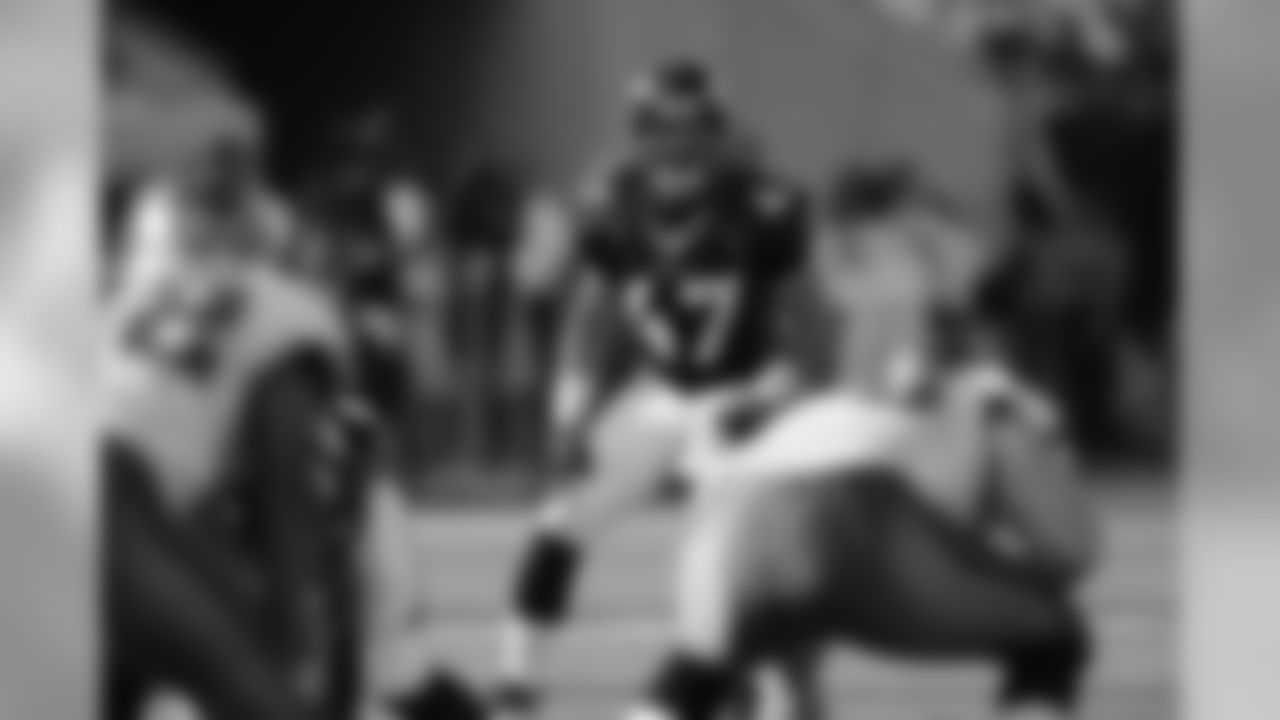
John Lynch at his safety position during a game against the Tampa Bay Buccaneers in 2004. Lynch made the Pro Bowl in each of his four years with the Broncos (2004-07) and started in 59 of 60 career games for Denver. He intercepted three passes in that time and forced nine fumbles. In 2019 he was selected to the Broncos Top 100 Team.
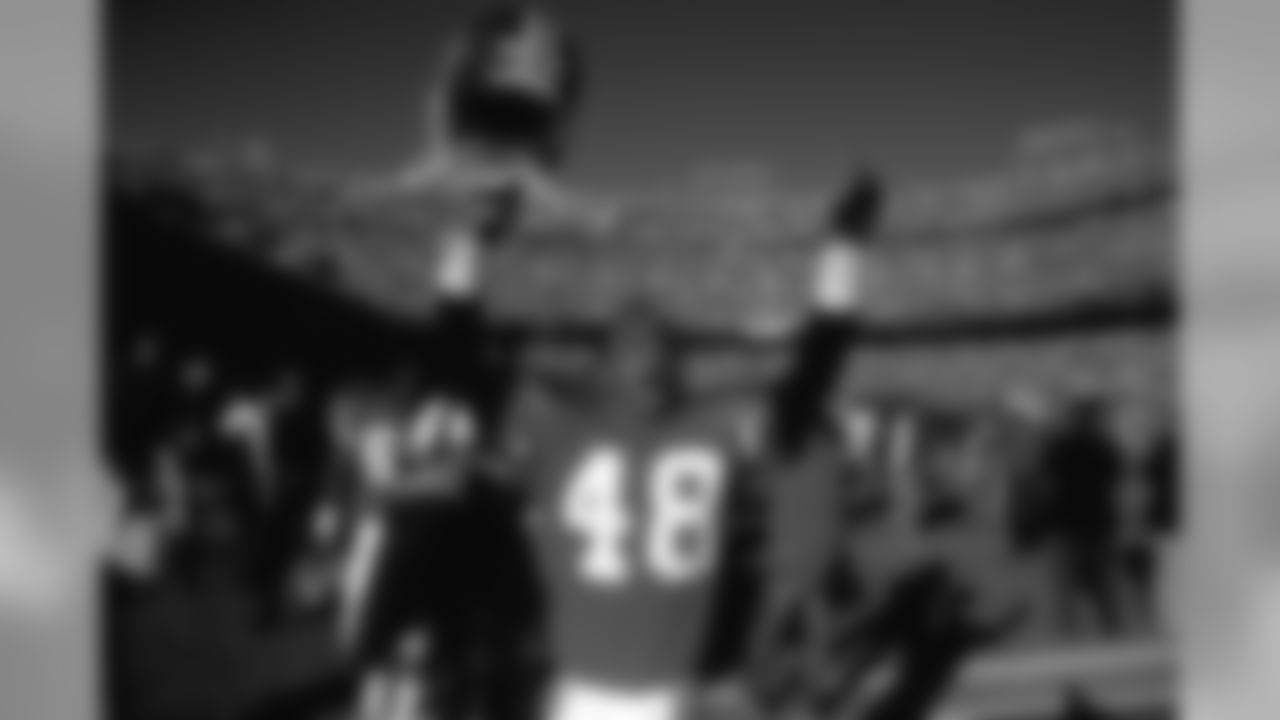
Randy Robbins played eight years for the Broncos and appeared in 116 games. He intercepted 11 passes and returned two for touchdowns.
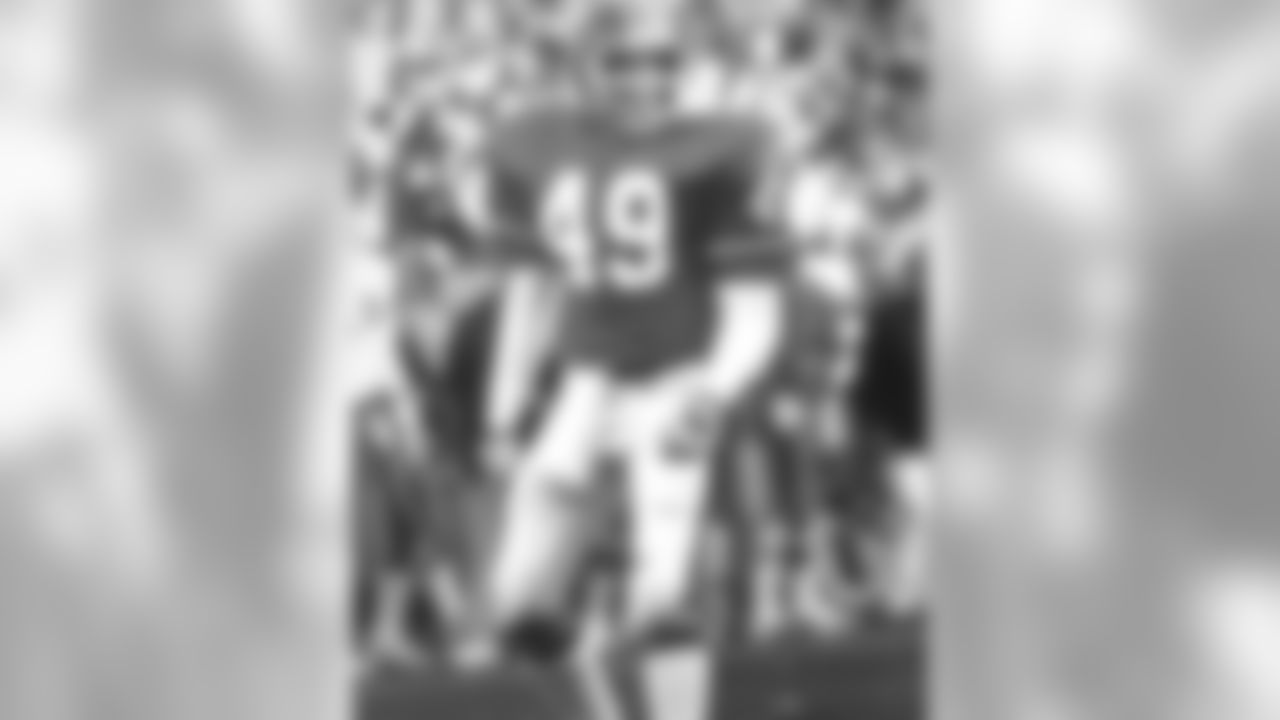
A 2001 inductee into the Ring of Fame, Dennis Smith was a six-time Pro Bowler and was one of the league's hardest-hitting safeties. He recorded 30 interceptions and 17 fumble recoveries in 14 years with the Broncos and helped lead the team to three Super Bowl appearances. In 2019 he was selected to the Broncos Top 100 Team.
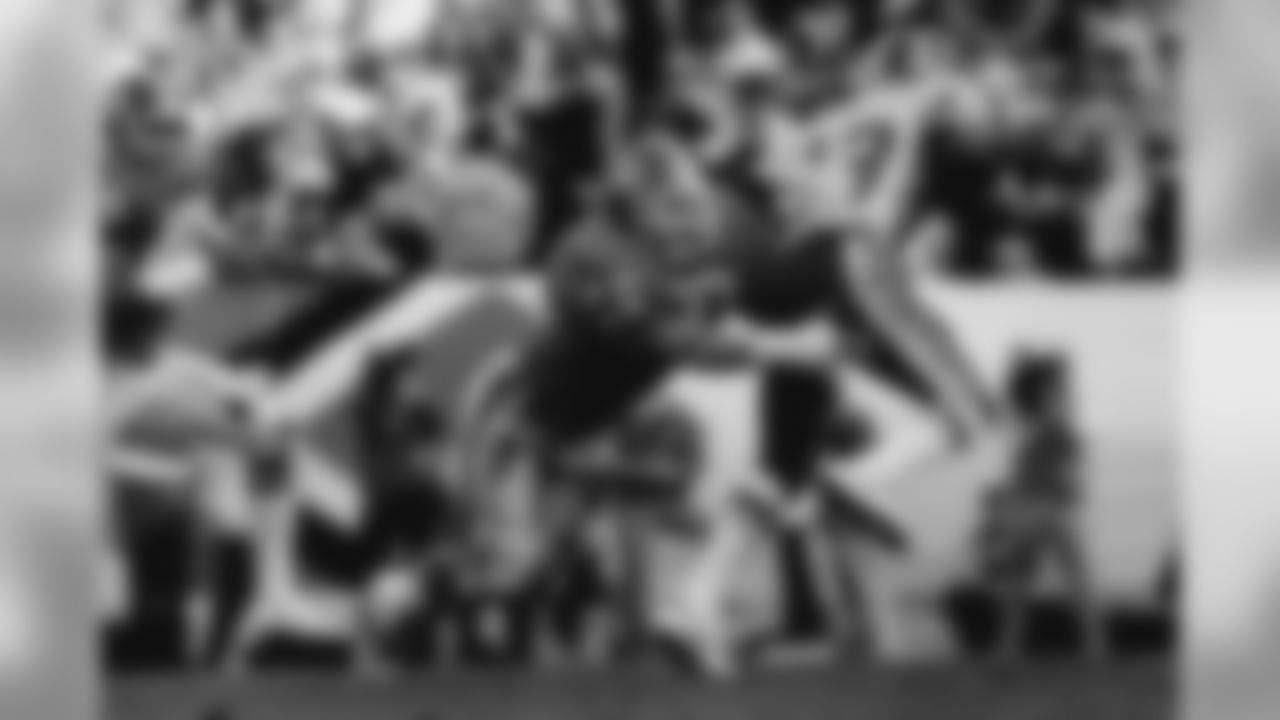
In 10 years with the Broncos, Jim Ryan started 91 games and recorded five interceptions, seven fumble recoveries and 10 sacks. In 2019 he was selected to the Broncos Top 100 Team.
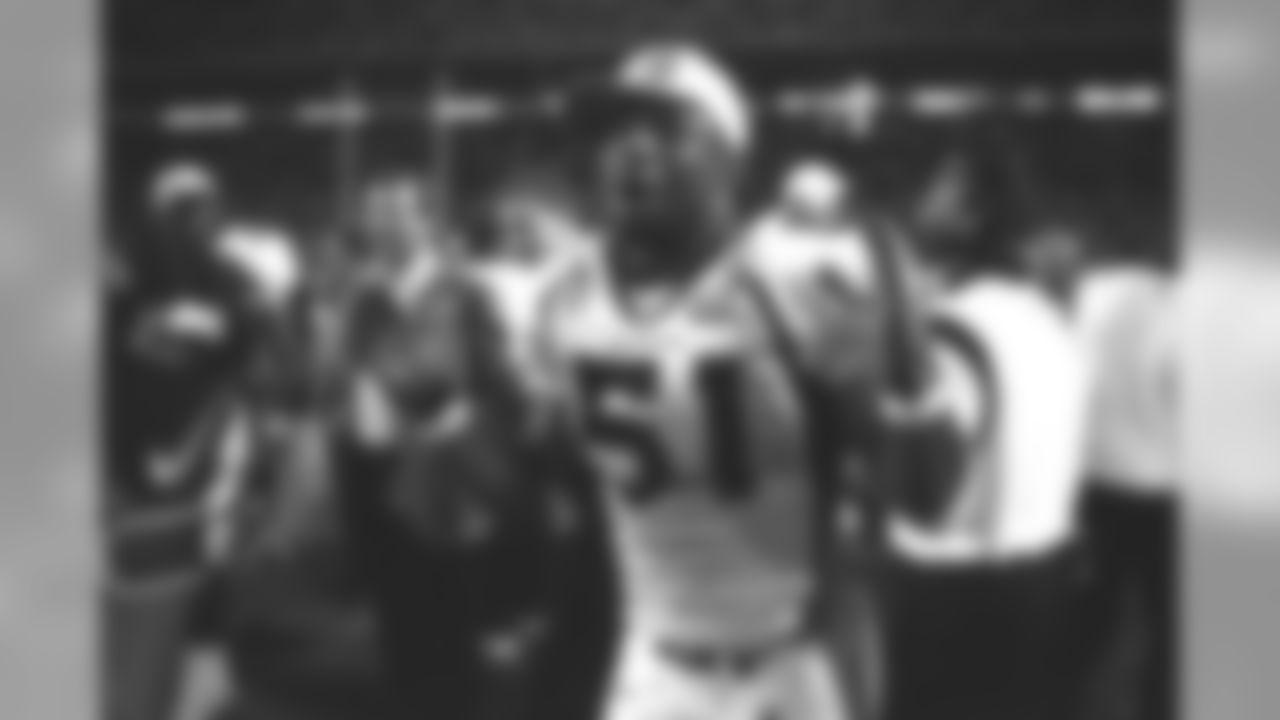
A member of the Broncos Top 100 Team, John Mobley played eight seasons in Denver. He played a key role in the middle of the Broncos' defense during their back-to-back Super Bowl victories, including making the game-sealing pass breakup in Super Bowl XXXII. He was a first-team All-Pro in 1997.
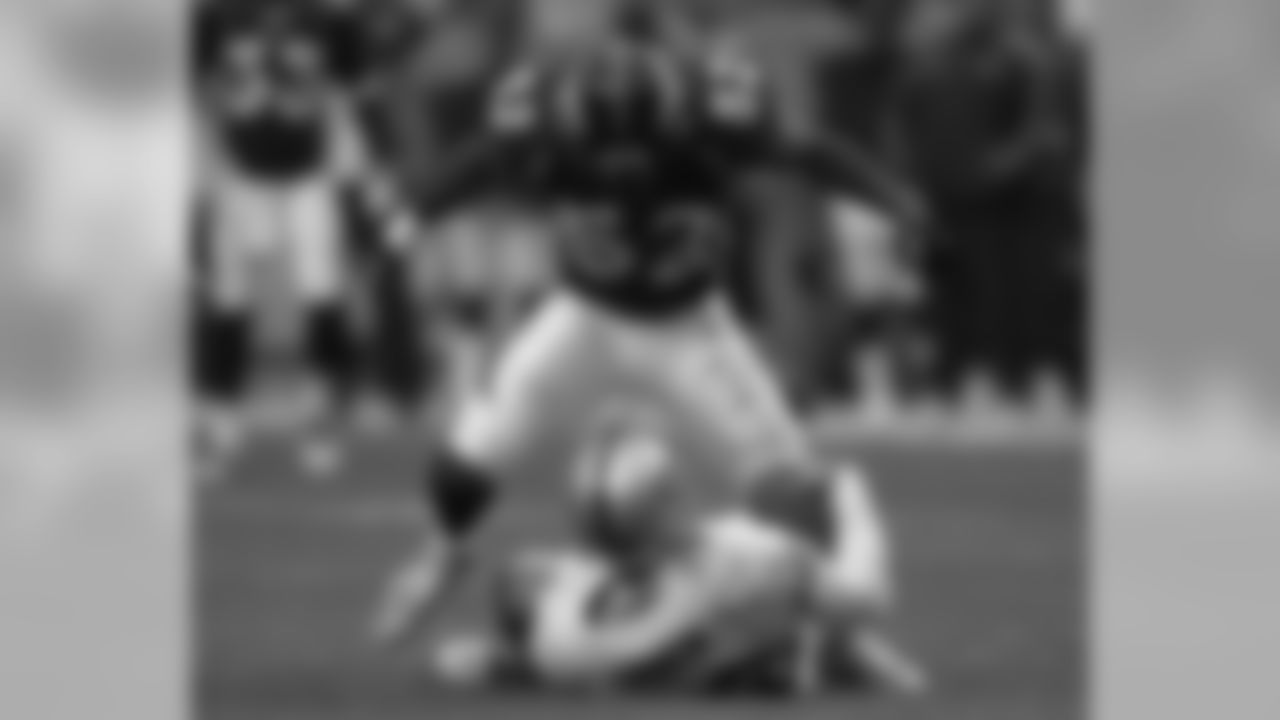
A Bronco for seven season, Ian Gold started 67 of the 99 games in which he appeared for Denver. He recorded 16.5 sacks, nine forced fumbles, 27 passes defensed and three interceptions for the team.
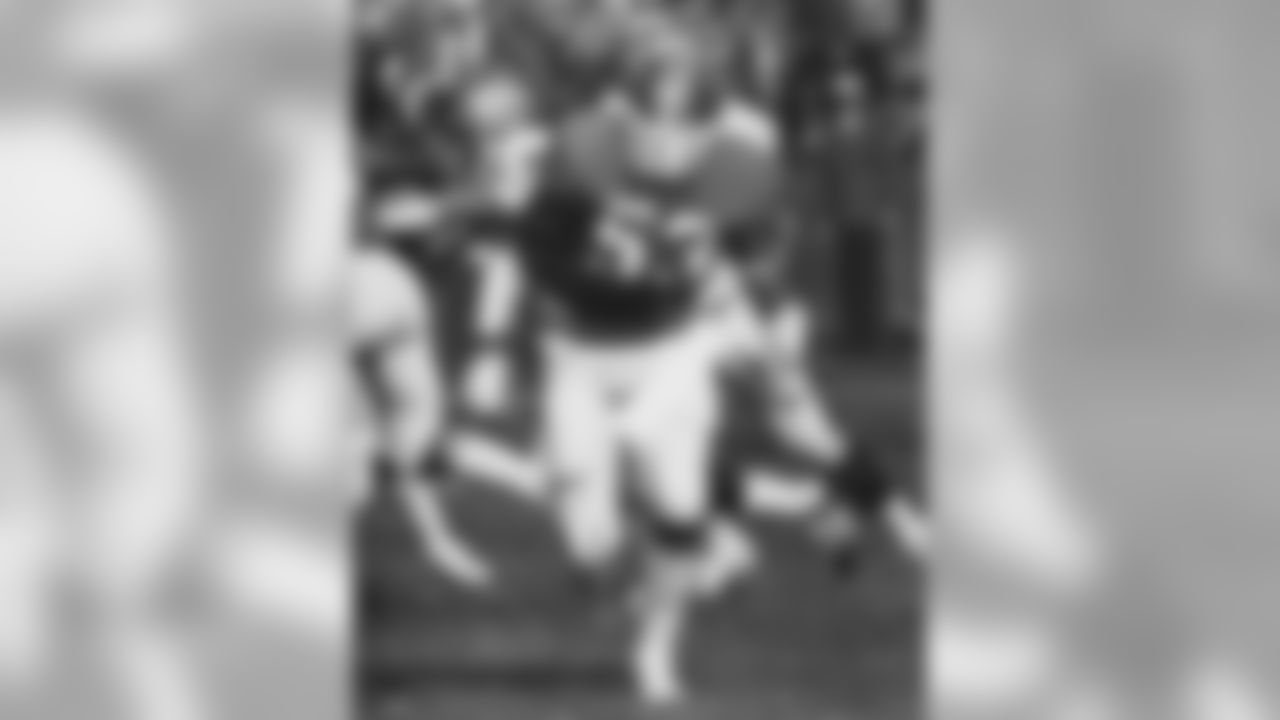
A member of the Broncos Top 100 Team and a 1989 inductee into the Ring of Fame, Randy Gradishar played 10 seasons for the Broncos from 1974-83. He was an integral part of the Orange Crush defense that led the Broncos to their first Super Bowl appearance in 1977. Gradishar made seven Pro Bowls, was a two-time first-team All-Pro selection and was the 1978 AP Defensive Player of the Year.
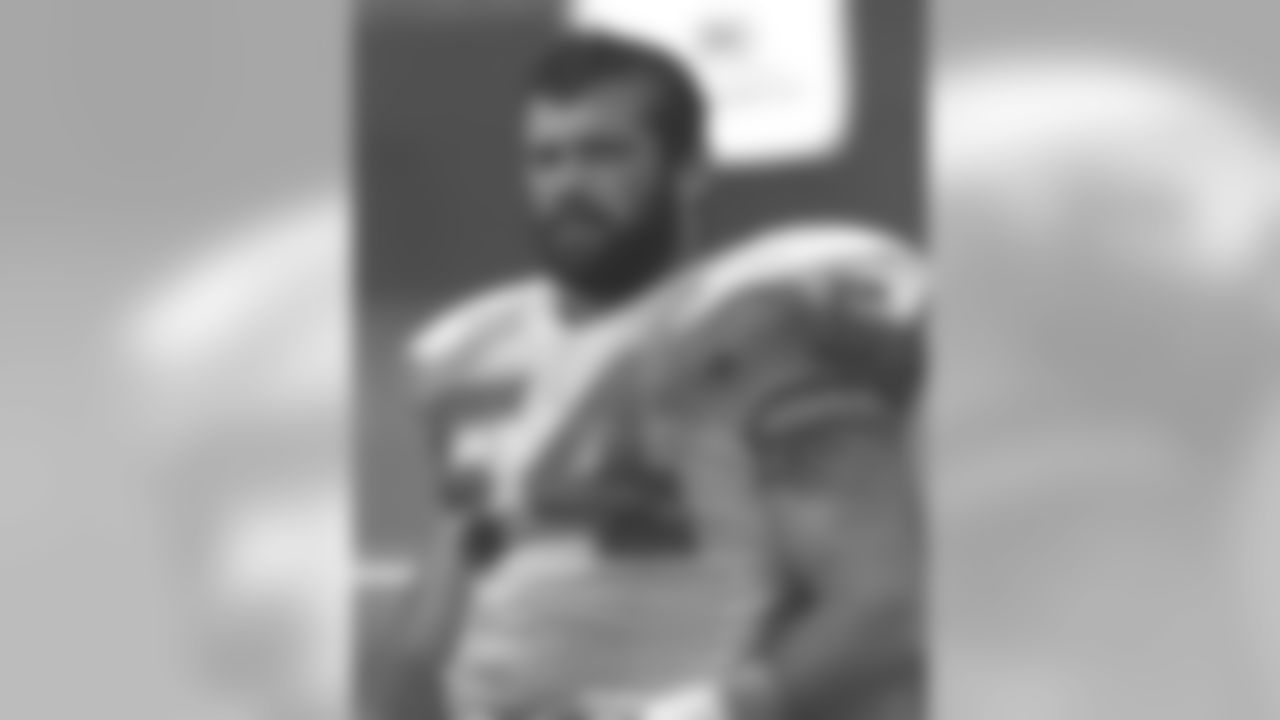
A member of the Broncos Top 100 Team, Keith Bishop was on the Broncos for 10 years. He made two Pro Bowls (1986-87) and appeared in 129 career games, starting 87.
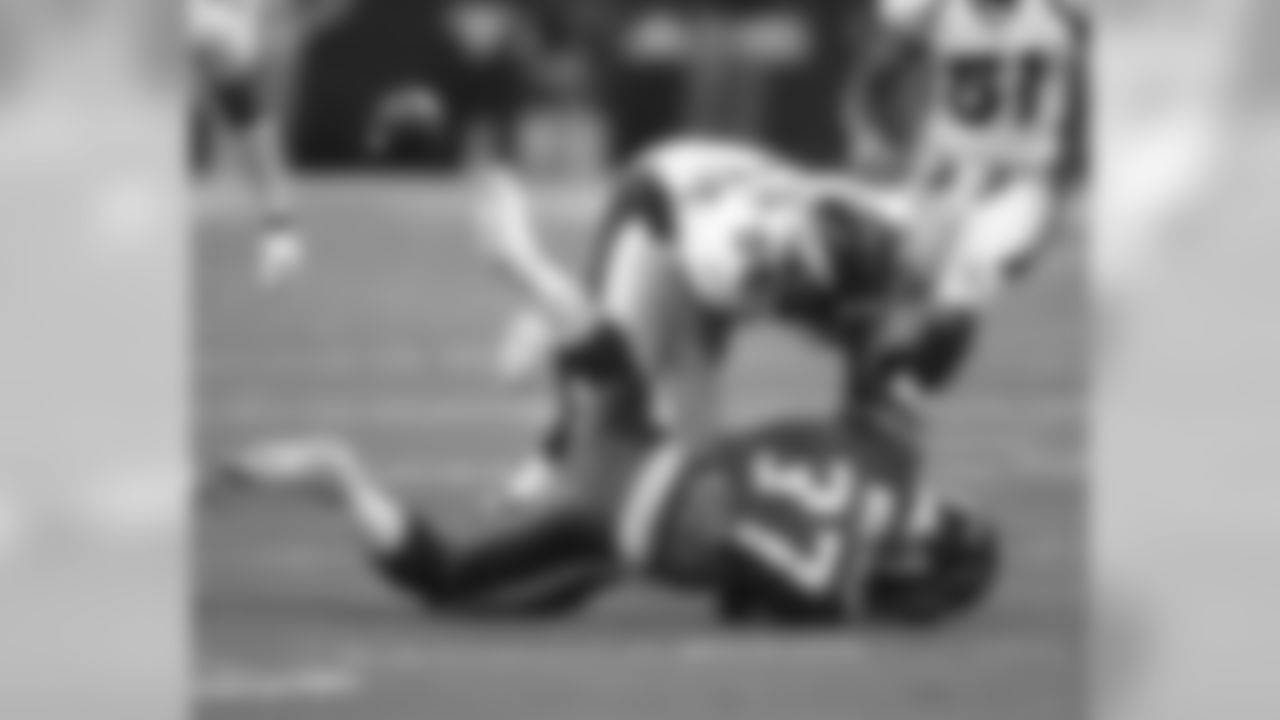
A member of the Broncos Top 100 Team, D.J. Williams played nine seasons in Denver and made 115 starts. In that time, he recorded 826 total tackles, 20.5 sacks and two interceptions.
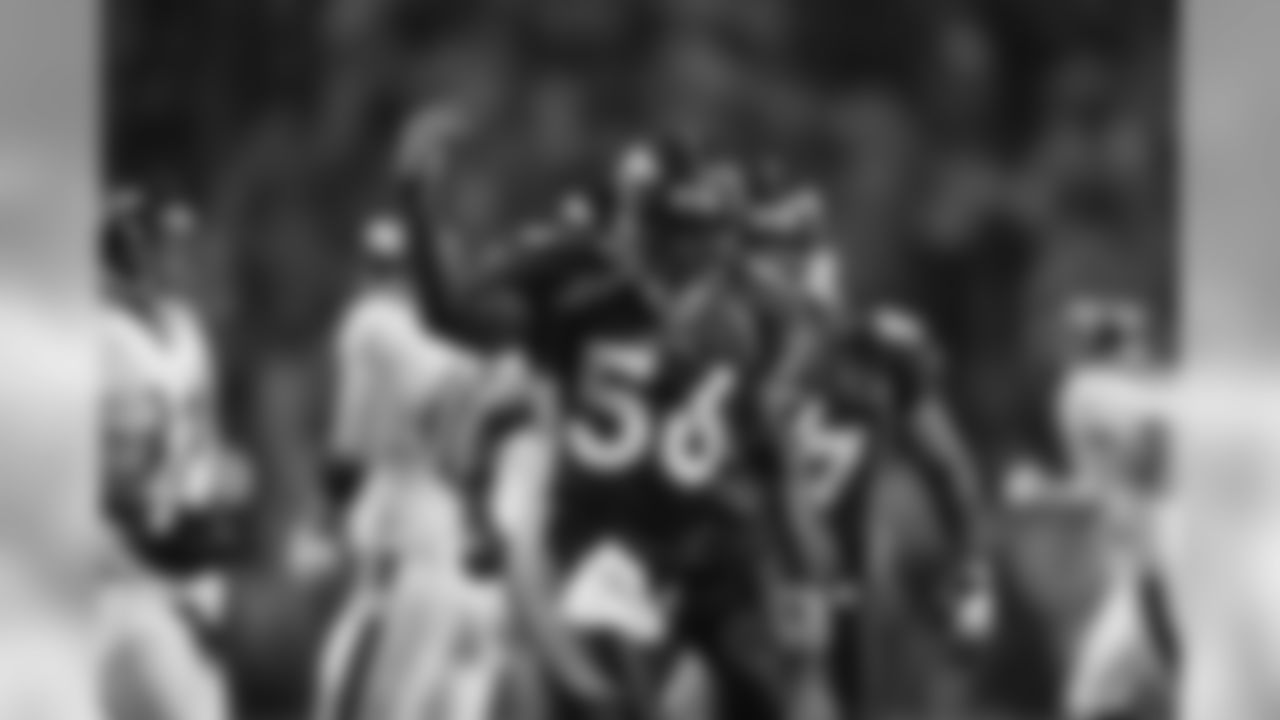
A member of the Broncos Top 100 Team, Al Wilson played eight seasons for the Broncos. In that span, he made five Pro Bowls and was a one-time first-team All-Pro. As a ferocious hitter, he helped lead the Broncos to an appearance in the 2005 AFC Championship and recorded 723 total tackles, 21.5 sacks, five interceptions and 46 passes defensed in his career.
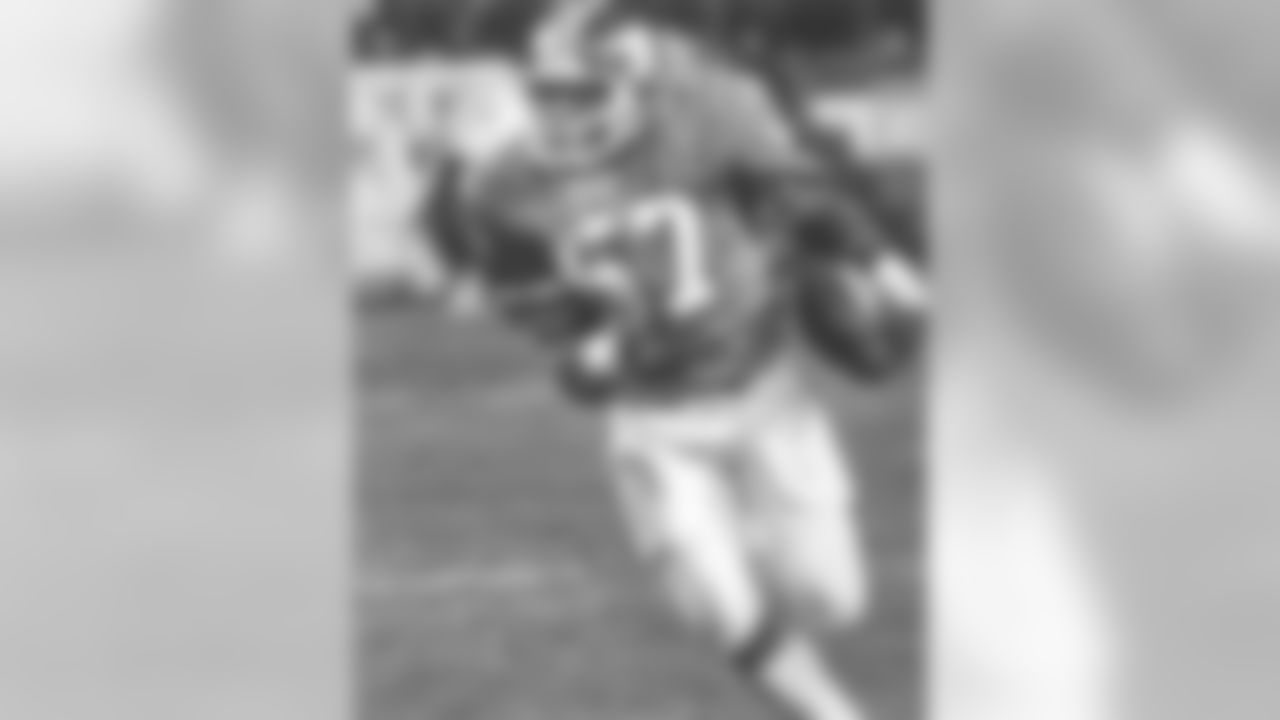
A member of the Broncos Top 100 Team and an inductee into the Ring of Fame, Tom Jackson helped lead the Broncos' defense for 14 seasons. He was a key member of the Orange Crush defense that led the team to its first Super Bowl appearance and he earned three Pro Bowl selections and one first-team All-Pro nod. In his career, he played 191 games and recorded 20 interceptions and three defensive touchdowns.
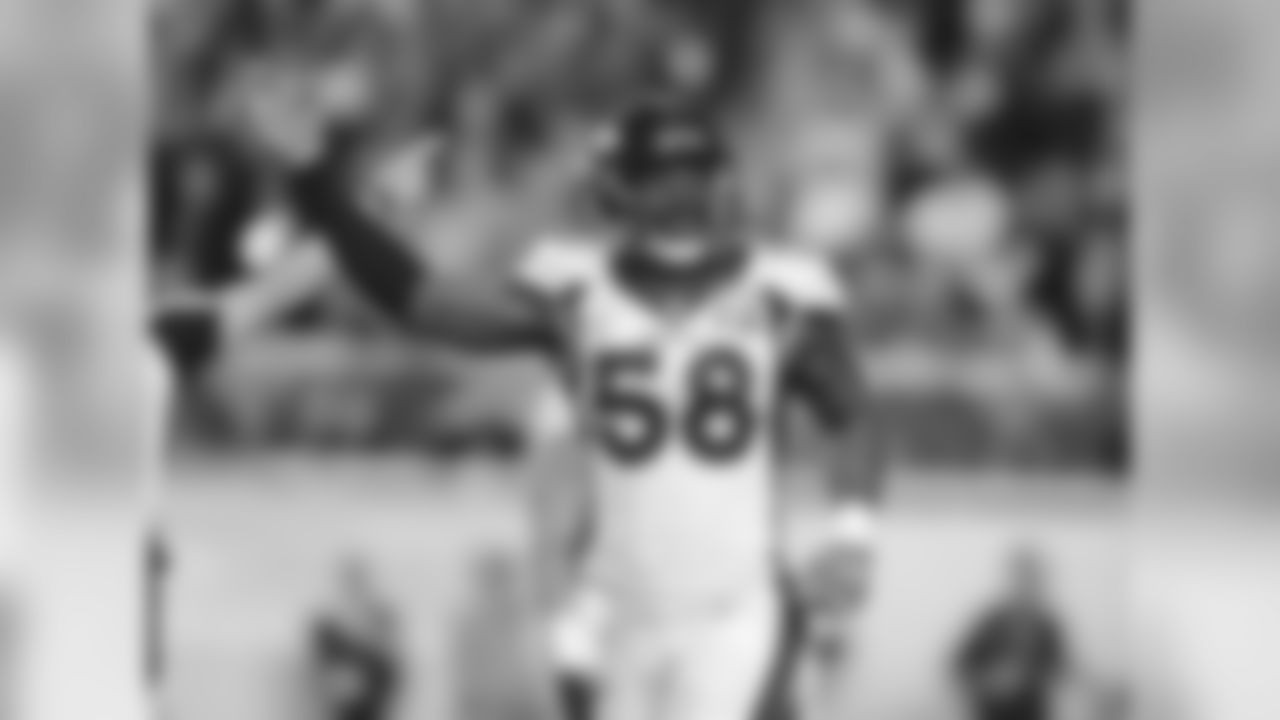
A member of the Broncos Top 100 Team, Von Miller is the franchise's all-time leader in sacks and was Super Bowl 50 MVP. Miller has made eight Pro Bowls and has been selected three times as a first-team All-Pro. He was also named a member of the NFL 2010s All-Decade Team. The former 2011 Defensive Rookie of the Year has recorded 106 career sacks, 26 forced fumbles, two interceptions and two defensive touchdowns in 135 career games.
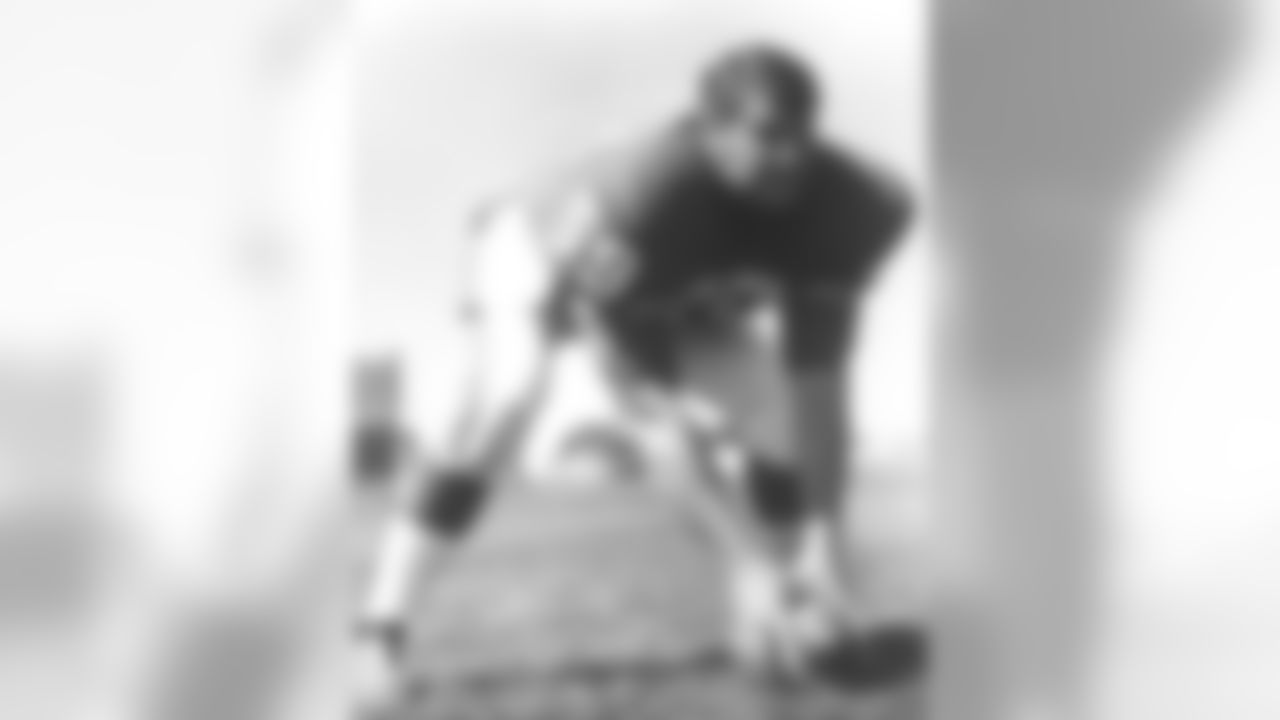
A member of the Broncos Top 100 Team, Larry Kaminski played eight seasons for the Broncos and was selected to the AFL All-Star game in 1967. He started 73 career games and appeared in 96 total.
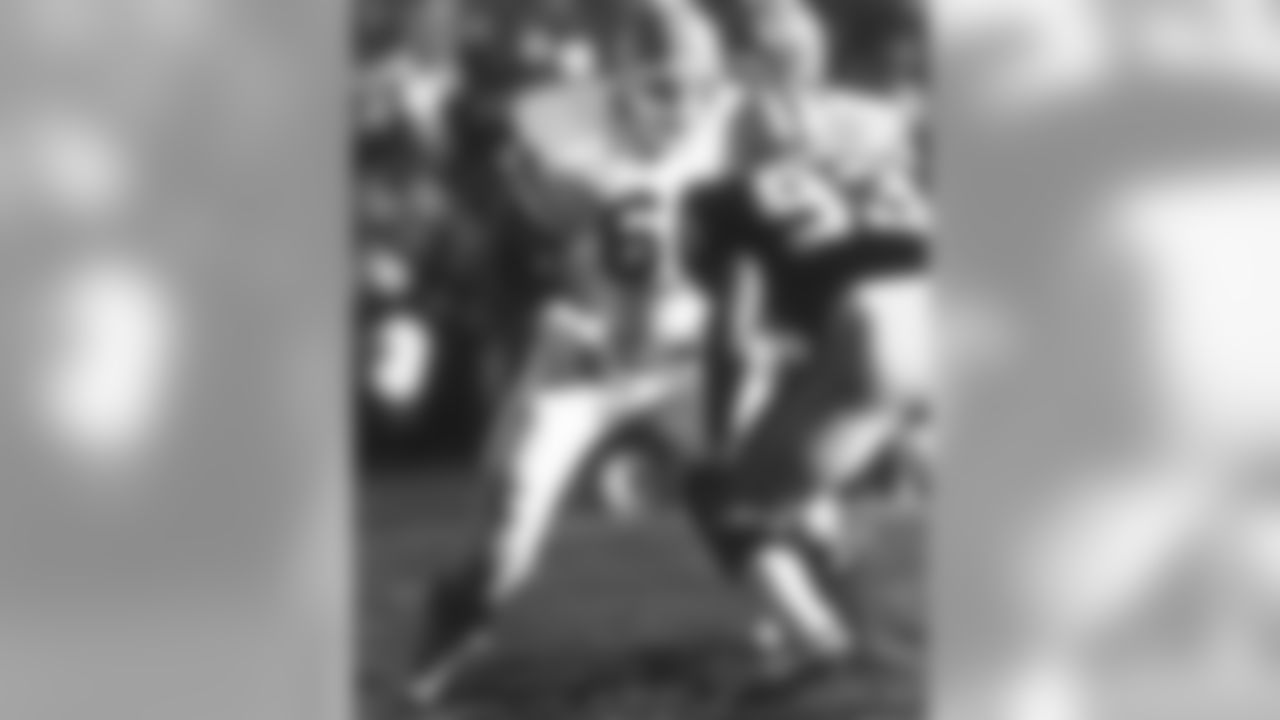
A member of the Broncos Top 100 Team, Paul Howard played 13 seasons for the Broncos and started in 147 of the 187 career games in which he appeared.

In five years with the Broncos, Matt Paradis was a key starter at center. He started all 57 games that he played with the Broncos and helped the team win Super Bowl 50. Photo by Gabriel Christus
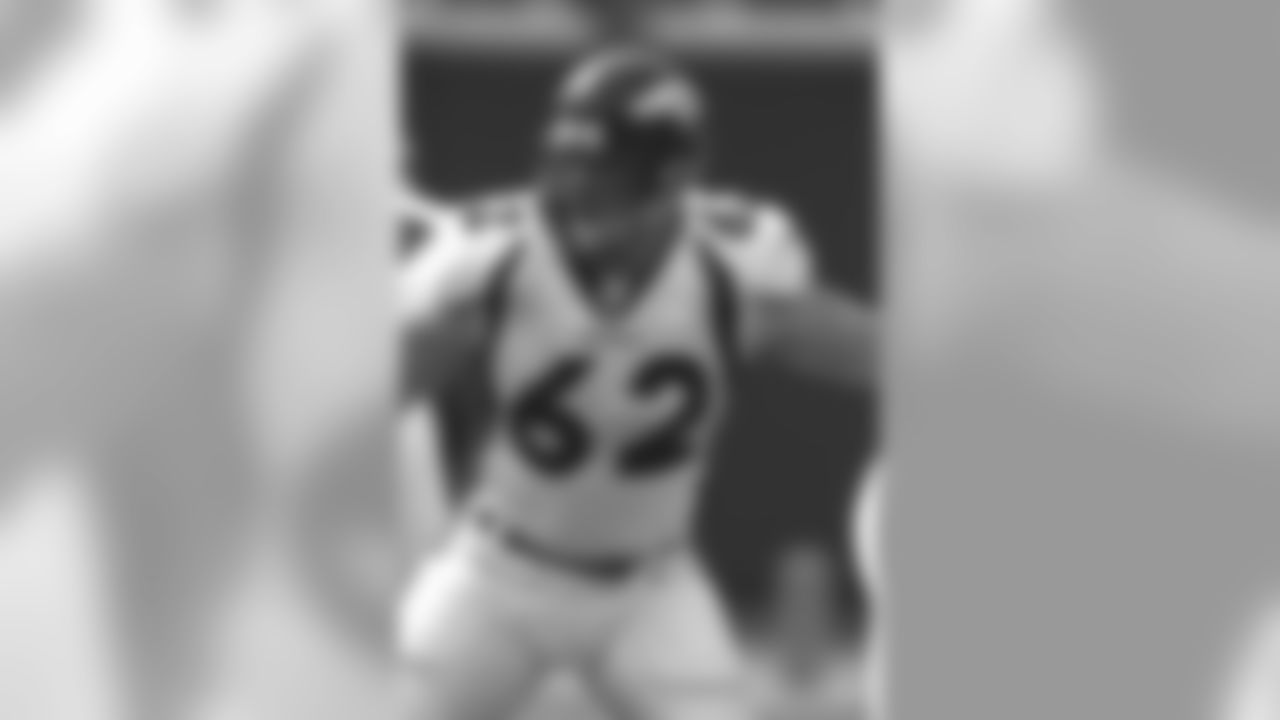
Dan Neil, who played eight years for the Broncos, started in 104 of 108 games from 1997 to 2004.
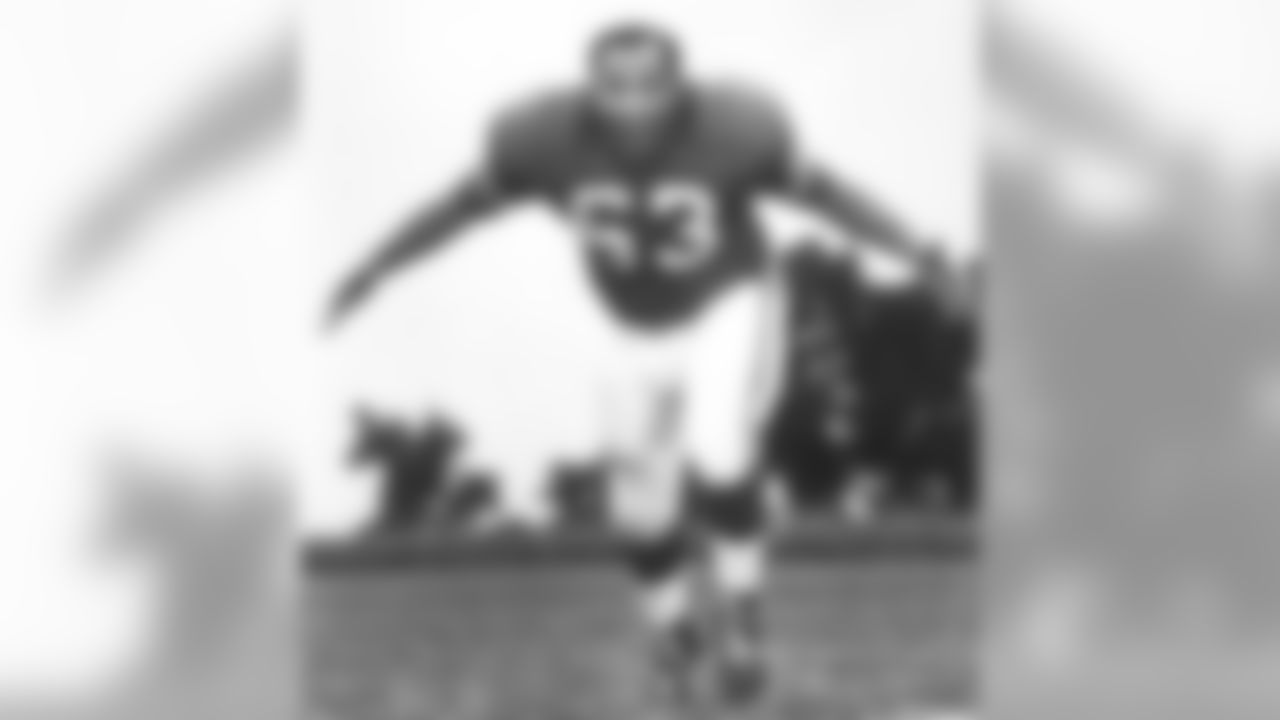
In five years with the Broncos, defensive lineman Dave Costa was a three-time AFL All-Star and started all 70 games in which he appeared for the team. He was selected as a member of the Broncos Top 100 Team in 2019.
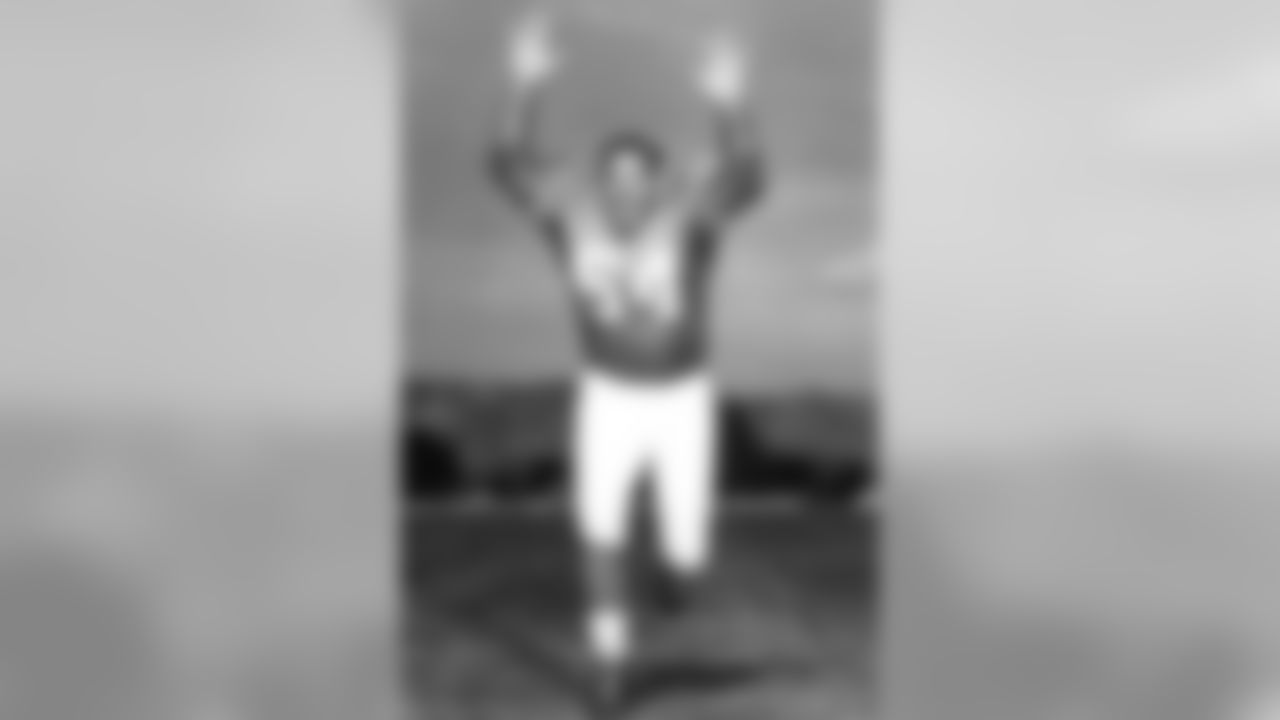
A member of the Broncos Top 100 Team, Bud McFadin was a standout for the franchise in its first four seasons. He was selected as an AFL All-Star three times (1961-63) and as an All-AFL player three times (1960-62).
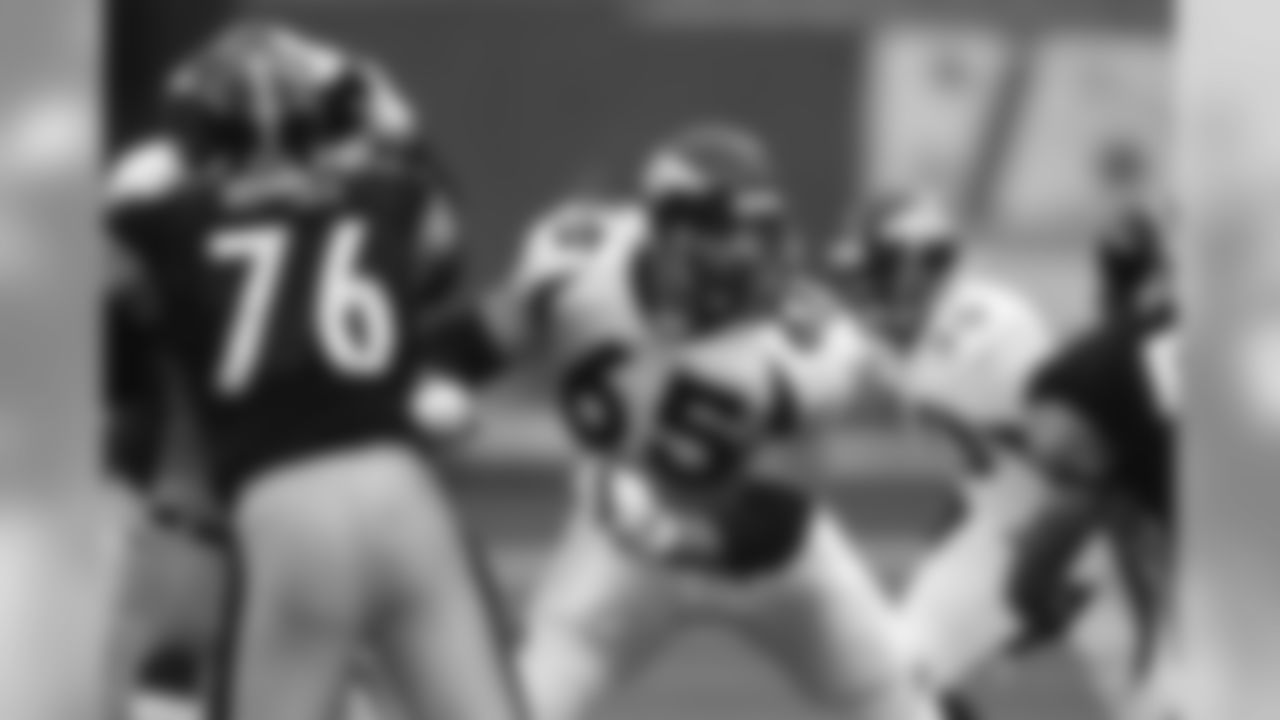
A 2008 Pro Football Hall of Fame inductee, Zimmerman started all 76 games in which he played for the Broncos as he helped hold down the left side of the line to help lead the team to its first Super Bowl championship in 1997. He was a three-time Pro Bowler and a one-time first-team All-Pro with the Broncos.
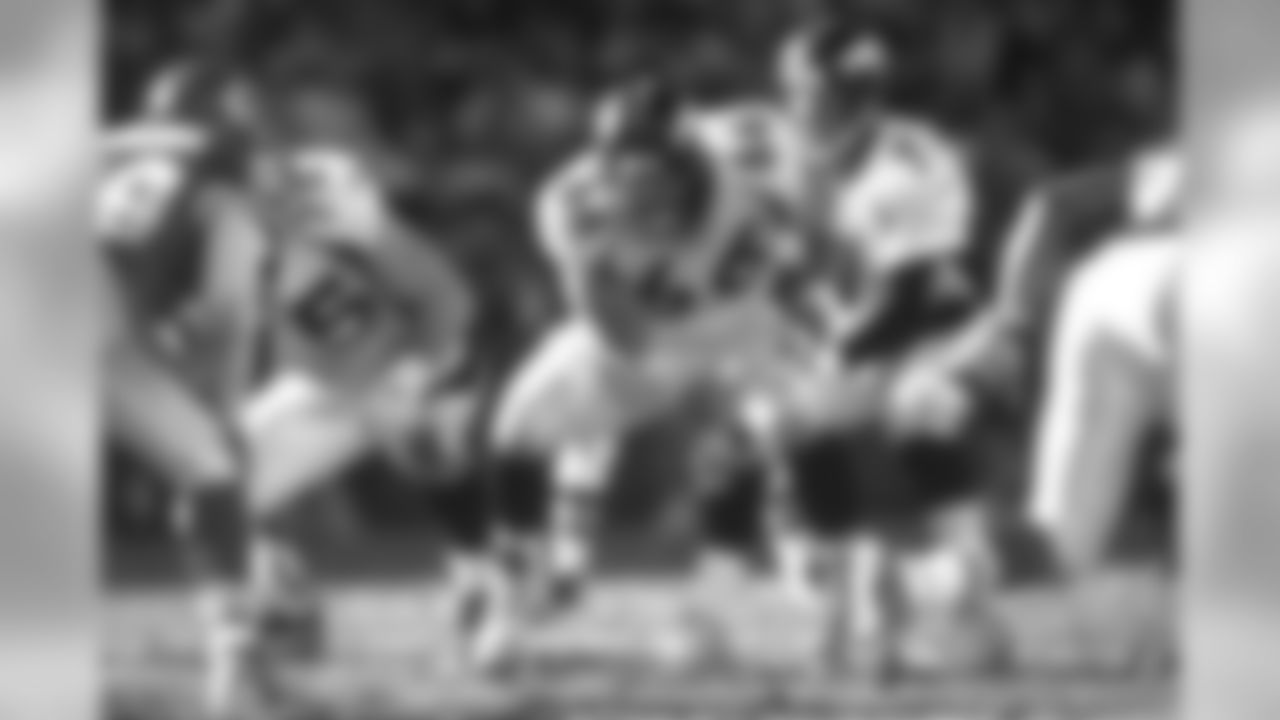
A dependable player for all 14 years of his career, center Tom Nalen was a five-time Pro Bowler and two-time first-team All-Pro for the Broncos. As a member of the Broncos' 1997 and 1998 teams, he helped pave the way for Hall of Famer Terrell Davis as they and the Broncos won back-to-back Super Bowls.

Doug Widell, who played four seasons for the Broncos, started in 58 games for the team. He helped the team win the 1989 AFC Championship game and appear in announce during the 1991 season.
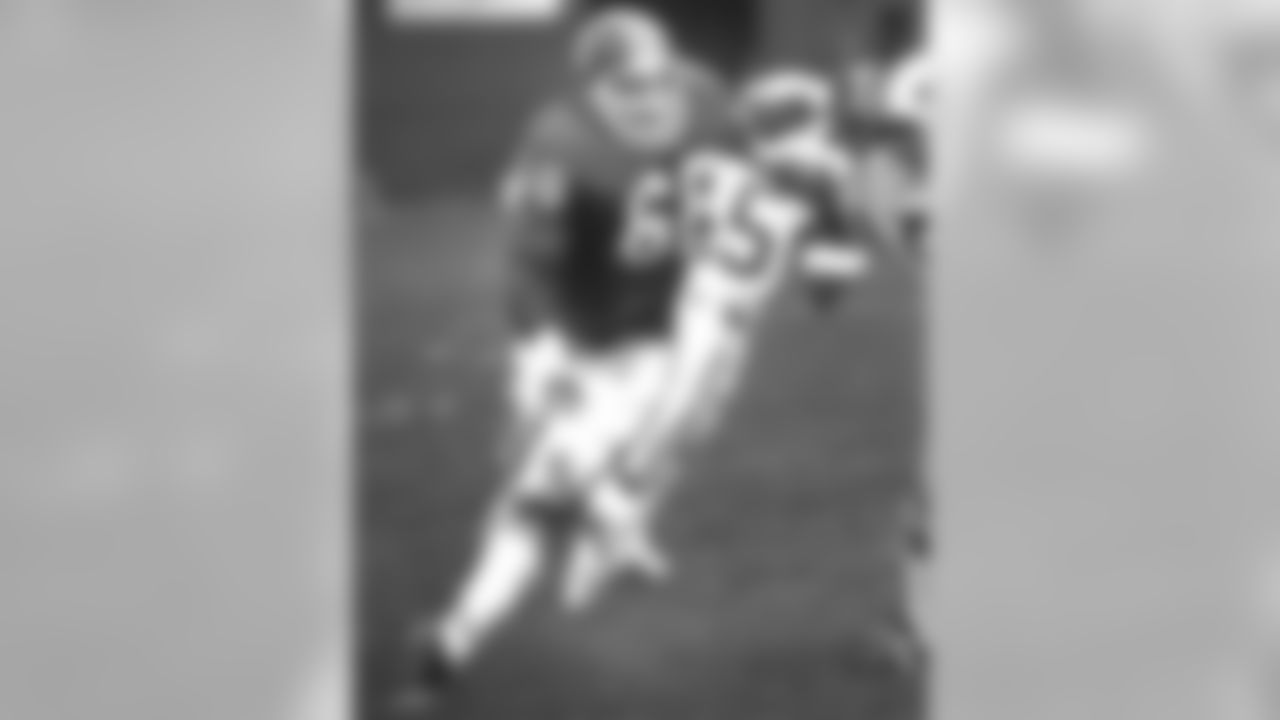
A member of the Broncos' Top 100 Team and the 50th Anniversary Team, Rubin Carter played for the Broncos for 12 seasons and was a key piece of the Orange Crush defense that led the team to its first Super Bowl appearance.
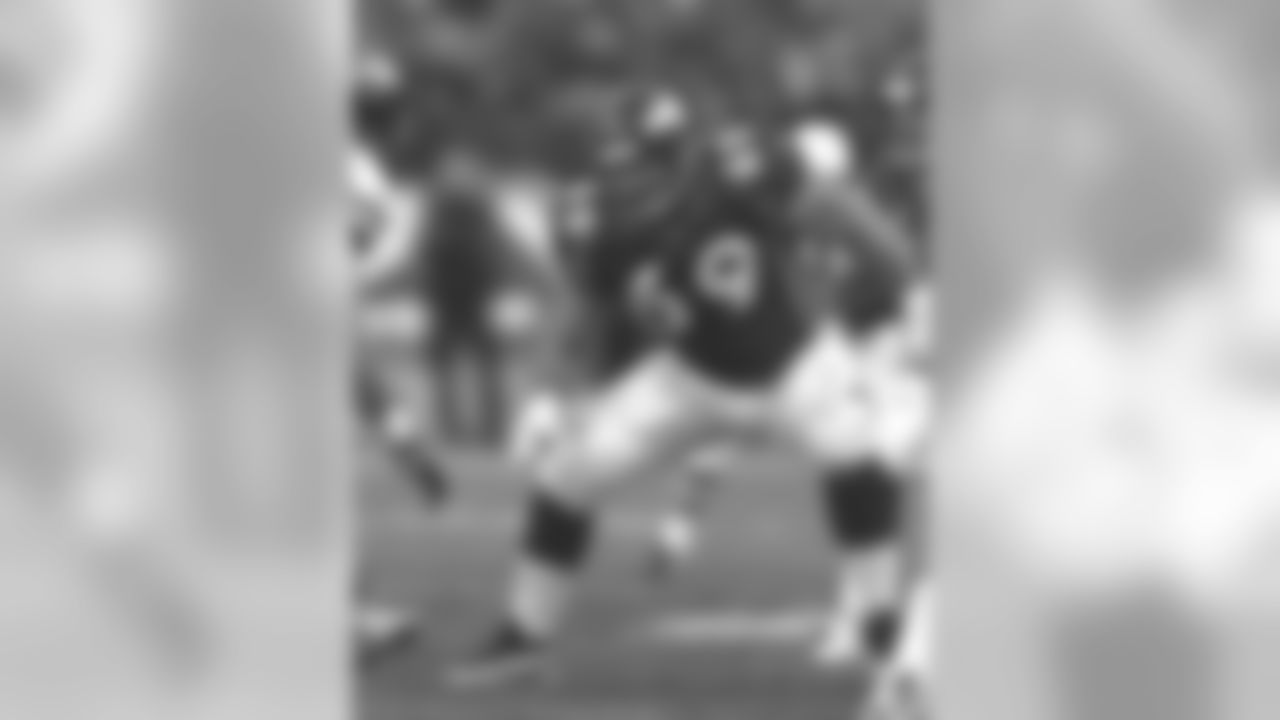
A member of the Broncos' Top 100 Team, Mark Schlereth played for the Broncos for six seasons and made one Pro Bowl with the team. He was a key contributor to the Broncos' offense on the teams that won Super Bowls XXXII and XXXIII.
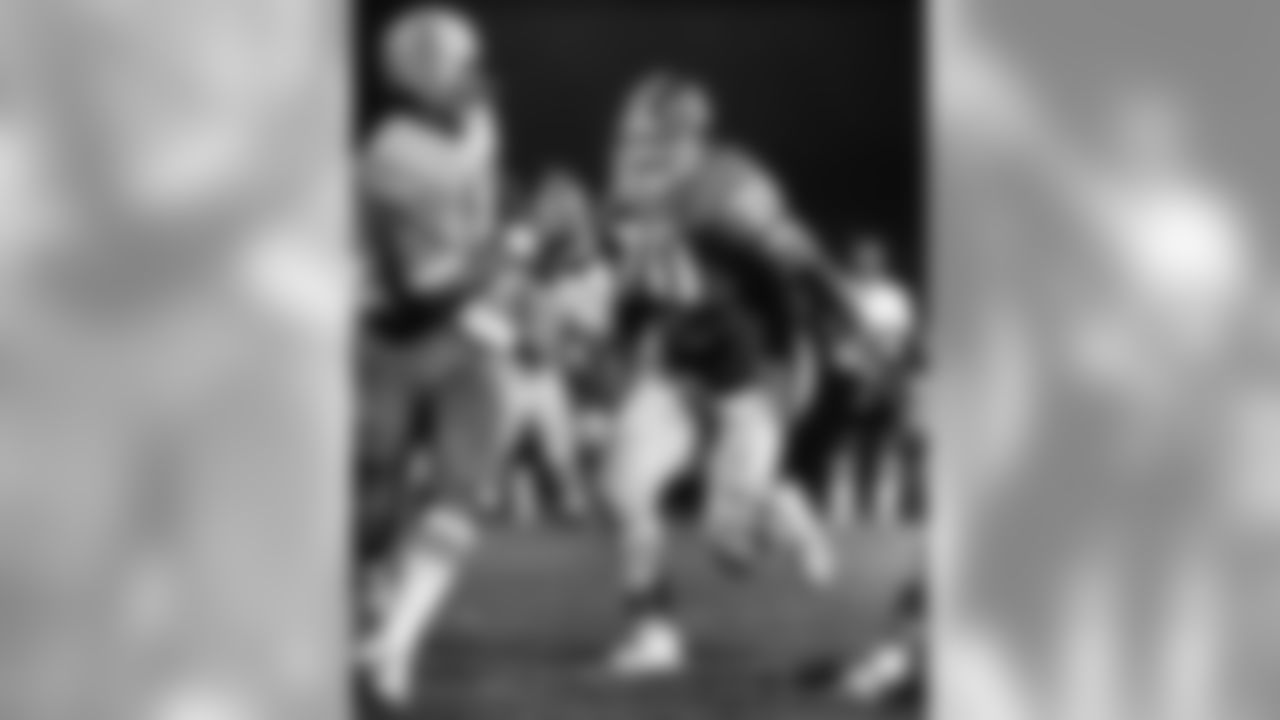
A 1986 inductee into the Ring of Fame, Paul Smith recorded 55.5 sacks during 11 seasons with the Broncos. He was a two-time Pro Bowler and contributed to the 1977 team that appeared in Super Bowl XII.
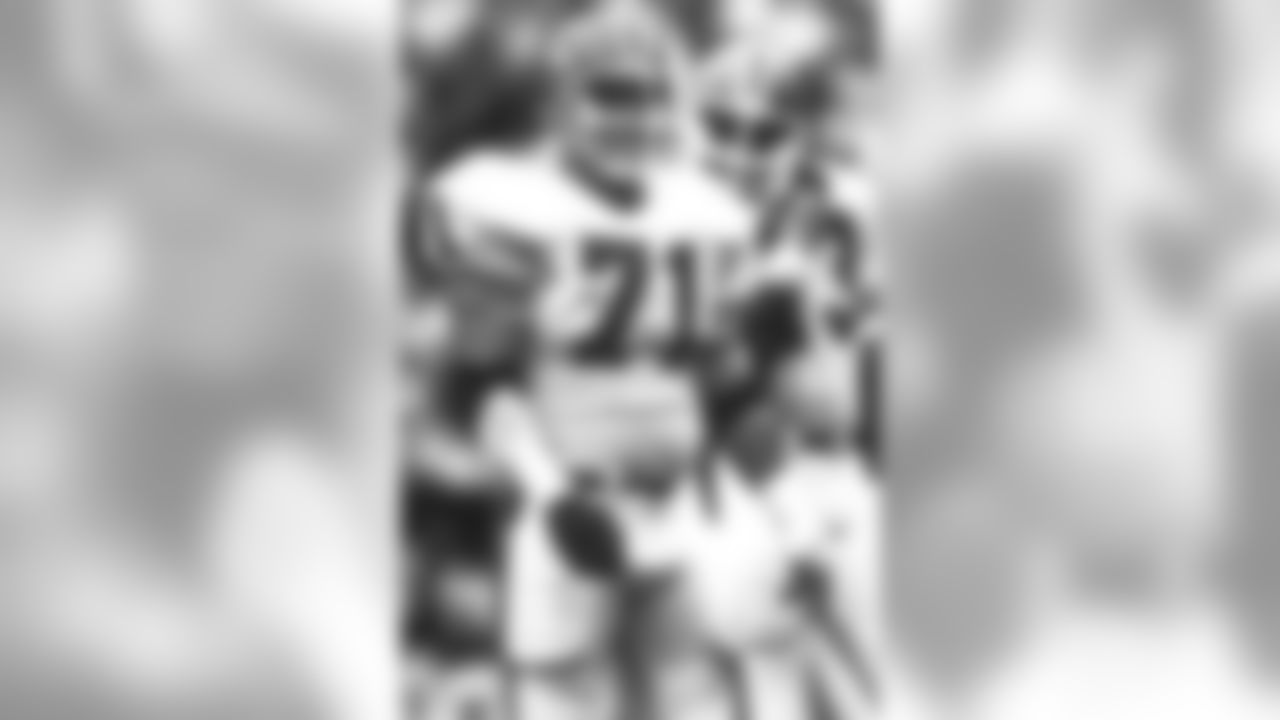
A member of the Broncos' Top 100 Team, Greg Kragen played for the Broncos for nine seasons and started in 116 of the 136 games in which he appeared. Kragen was a one-time Pro Bowler and recorded 22.5 career sacks.
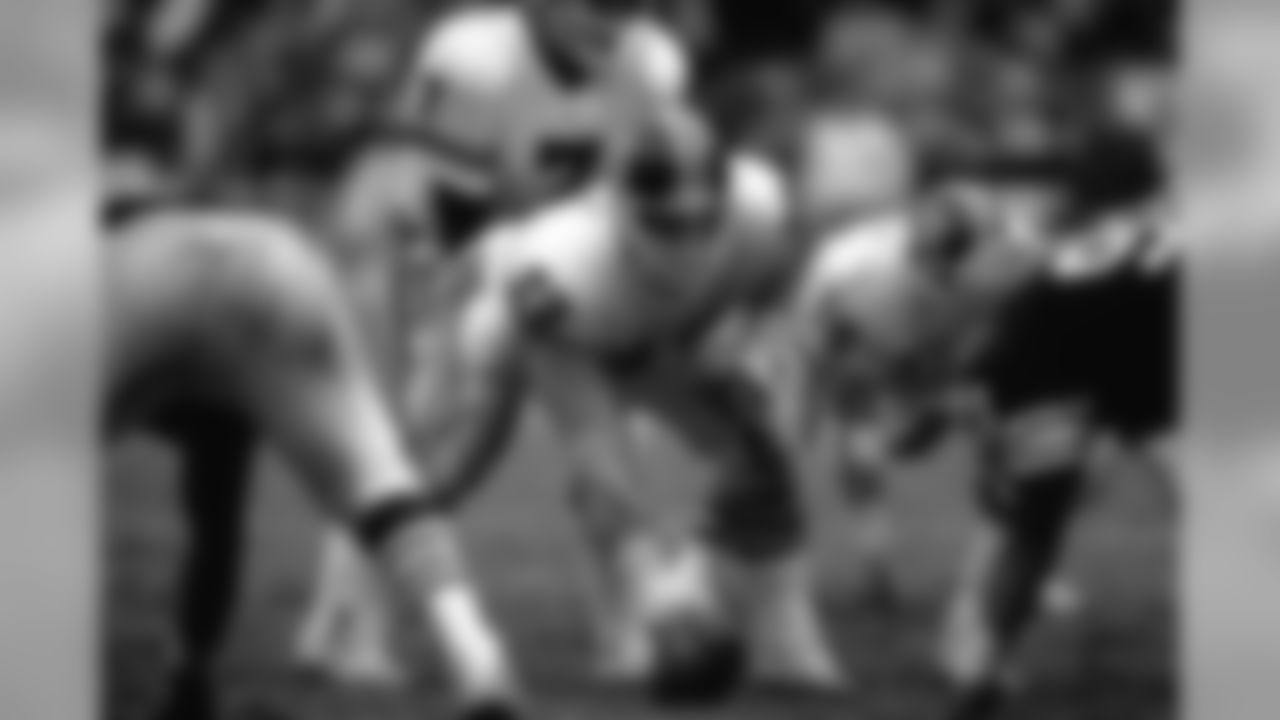
A member of the Broncos' Top 100 Team, Keith Kartz played seven seasons for the Broncos from 1987 until 1993. He started in 88 of 100 games in which he appeared and played in nine postseason games, including two Super Bowls.
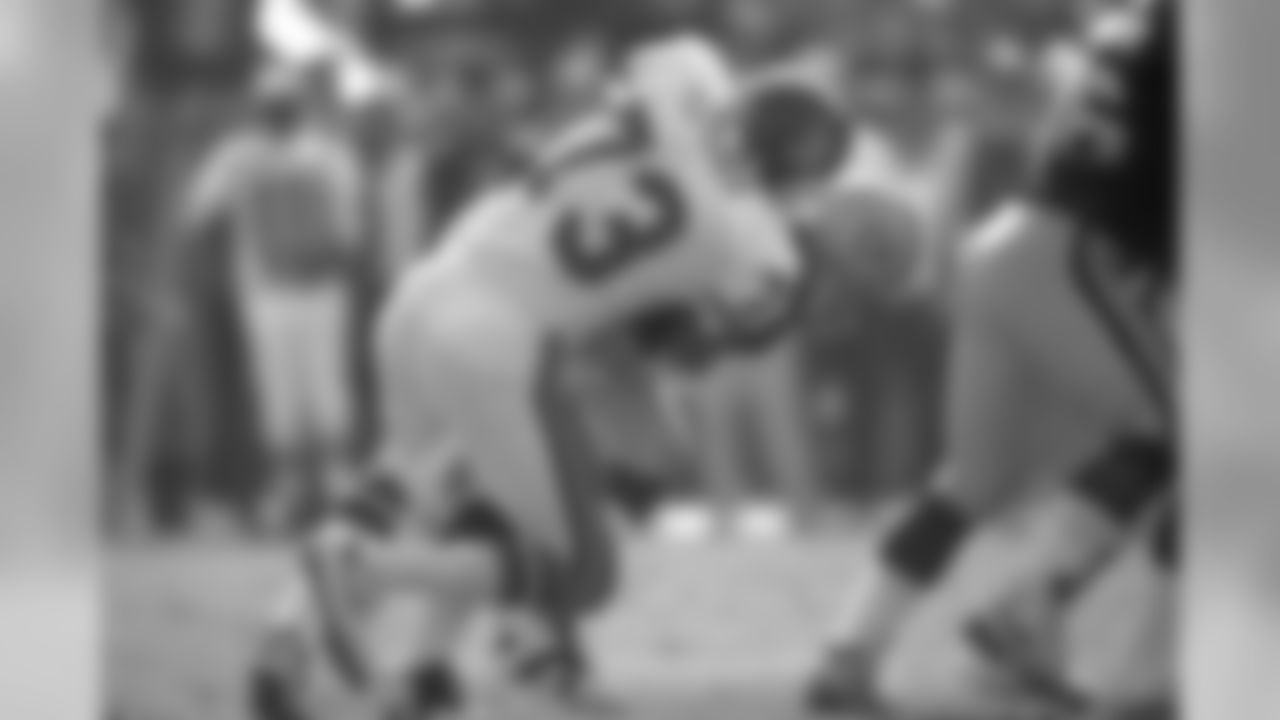
Second all time in career sacks in franchise history, Fletcher was named to the Broncos' Top 100 Team and the 50th Anniversary Team. He recorded 97.5 career sacks in 11 seasons and played in 172 career games.

Mike Current, who played nine seasons for the Broncos, appeared in 108 games and started all but one. He was an AFL All-Star in 1969.

A member of the Broncos Top 100 Team and a second-team member of the 50th Anniversary Team, Rulon Jones played in Denver for nine seasons. He was a two-time Pro Bowler and a one-time first-team All-Pro and recorded 52.5 sacks.

A member of the Broncos' Top 100 Team, Ken Lanier played 13 seasons for the Broncos and started in 167 games.
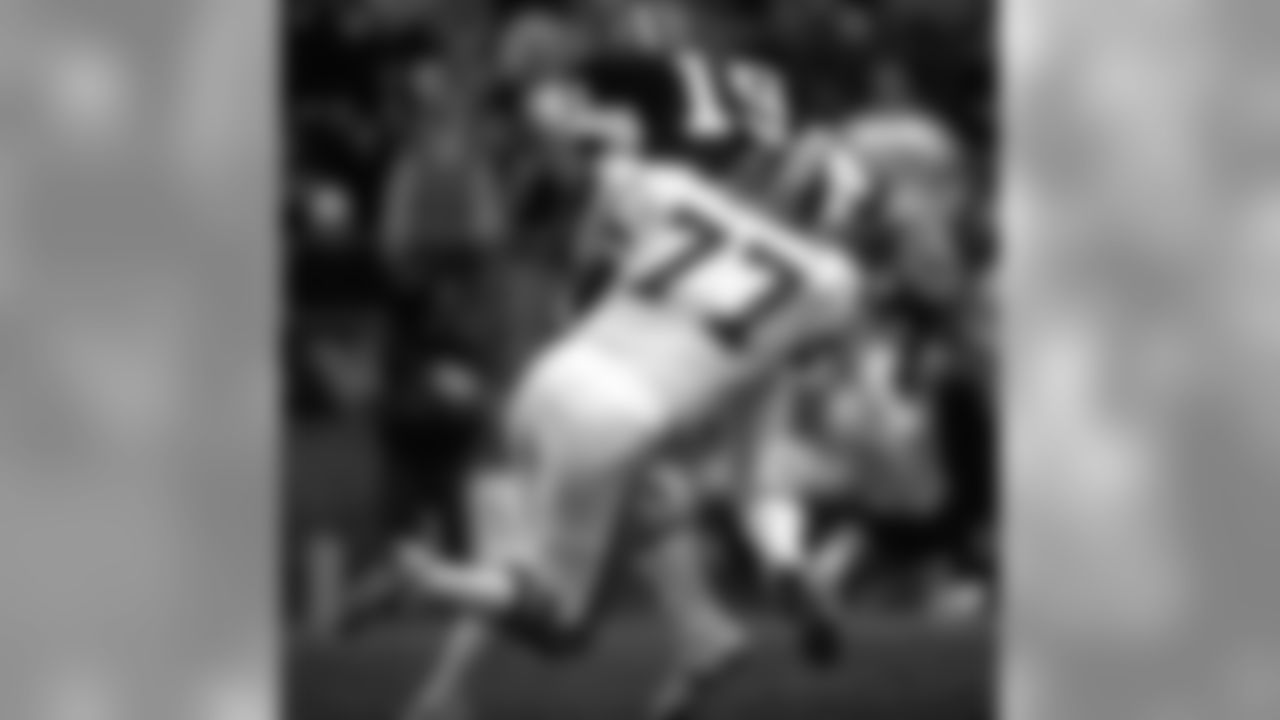
A member of the Broncos' Top 100 Team, Karl Mecklenburg recorded 79 career sacks in 12 seasons. Mecklenburg was a six-time Pro Bowler and a three-time first-team All-Pro.
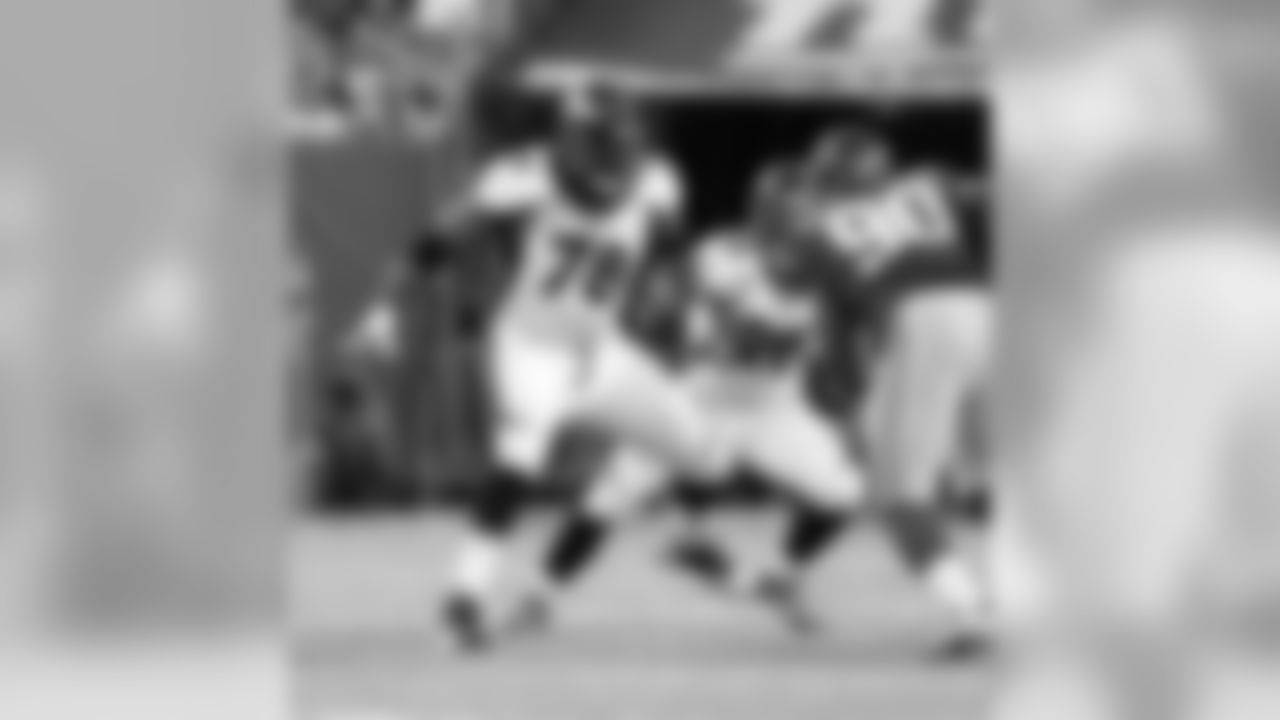
A member of the Broncos' Top 100 Team, Ryan Clady was a four-time Pro Bowler and two-time first-team All-Pro for Denver.
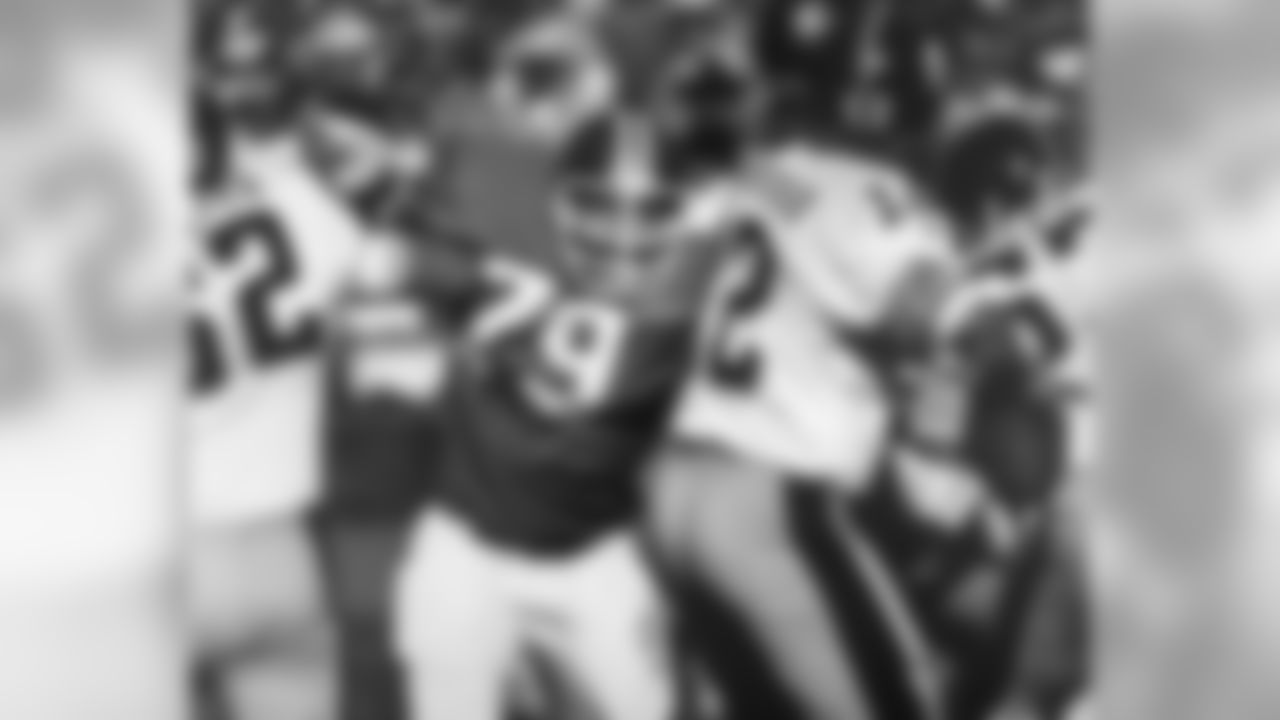
A member of the Broncos' Top 100 Team, Barney Chavous was a key member of the Broncos' Orange Crush defense for 13 seasons. Chavous started in 178 of 183 career games and helped lead the 1977 team to the Broncos' first Super Bowl appearance.
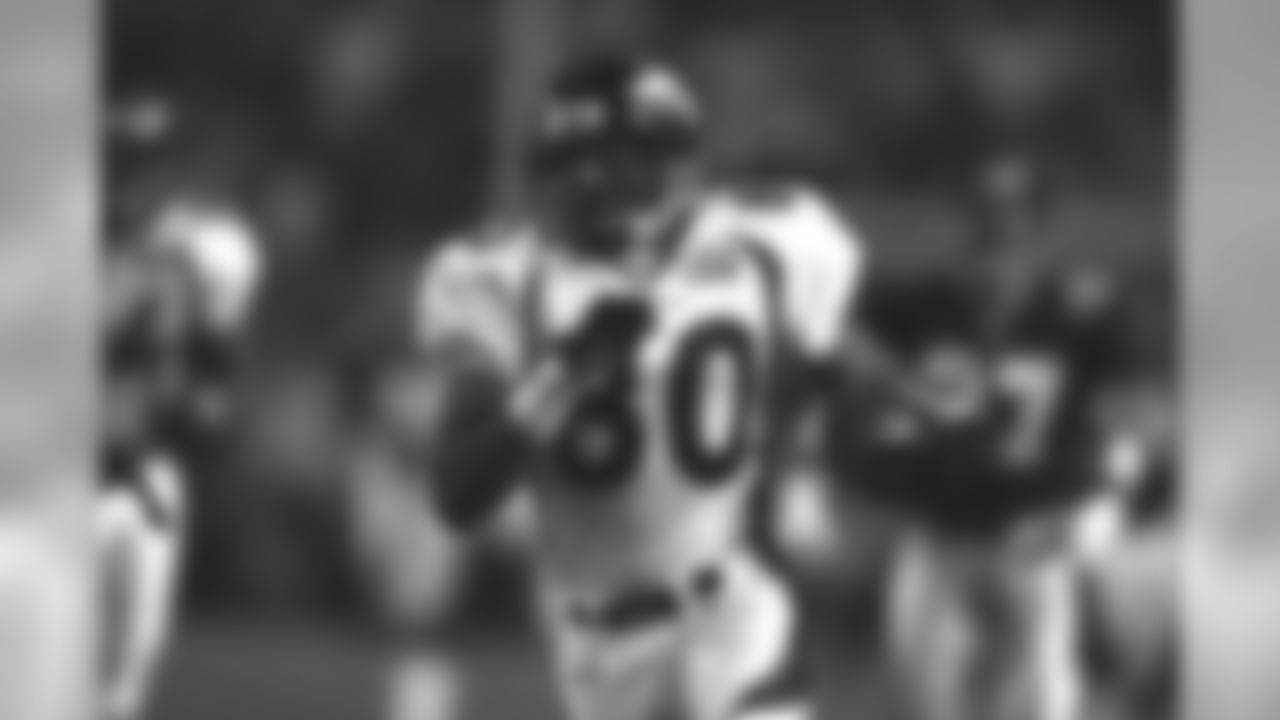
A member of the Broncos Top 100 Team, Rod Smith is the franchise's all-time receiving leader. Smith played 12 seasons and recorded 849 receptions for 68 touchdowns and was inducted into the Ring of Fame in 2012.
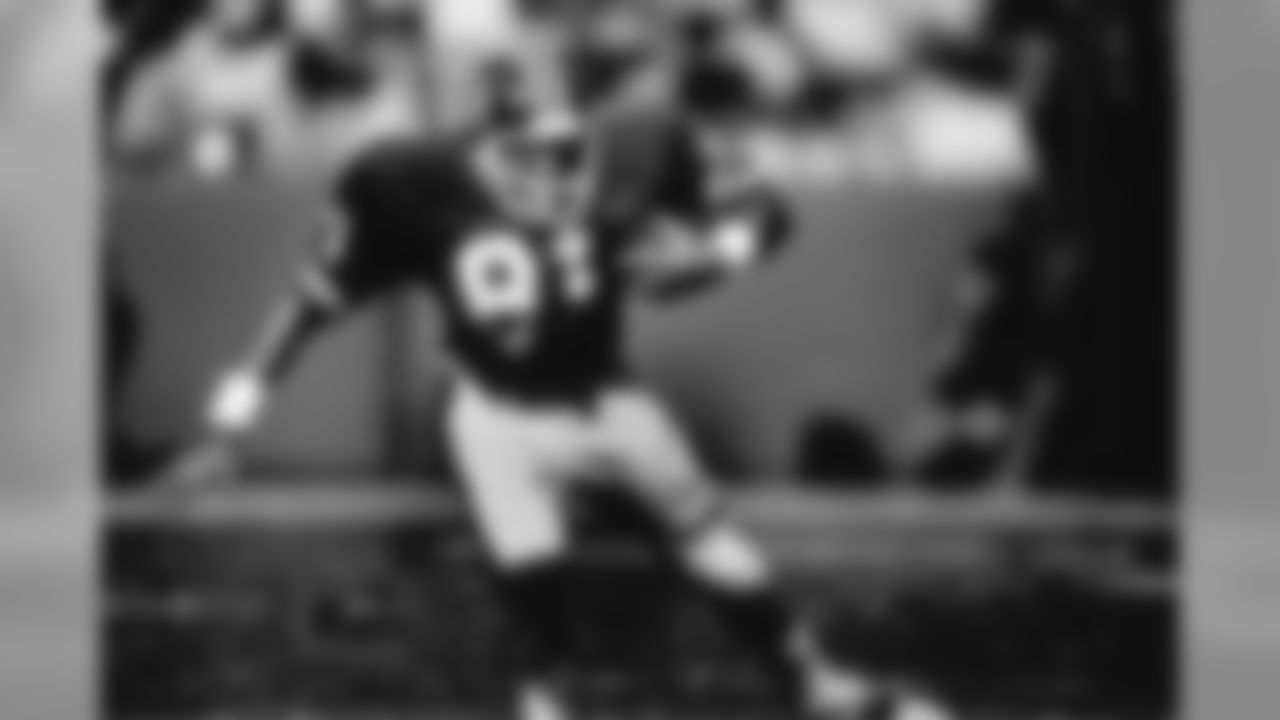
A member of the Broncos Top 100 Team, Steve Watson played for the Broncos for nine seasons. A one-time Pro Bowler, Watson recorded 353 receptions for 6,112 yards and 36 touchdowns.
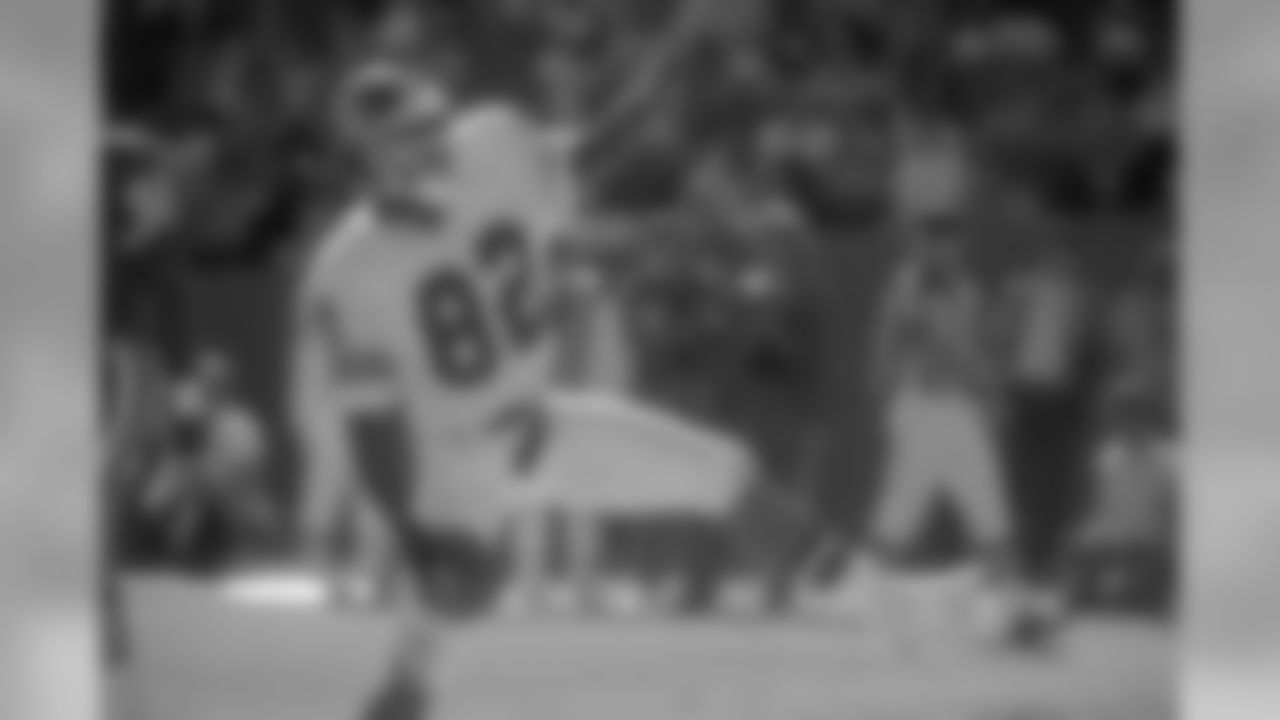
A member of the Broncos Top 100 Team, Vance Johnson played for the Broncos for 10 seasons. He recorded 415 receptions for 5,695 yards and 37 touchdowns.
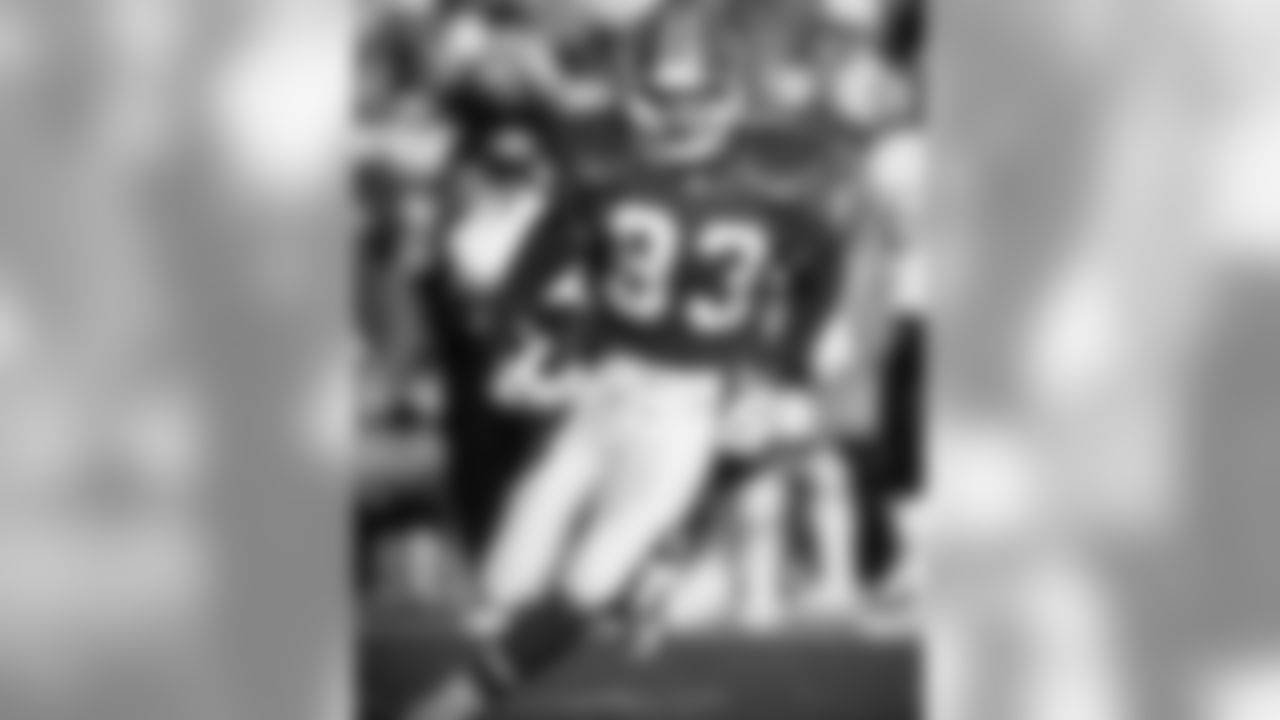
A one-time Pro Bowler with the Broncos, Anthony Miller played three seasons in Denver. He recorded two 1,000-yard receiving seasons.
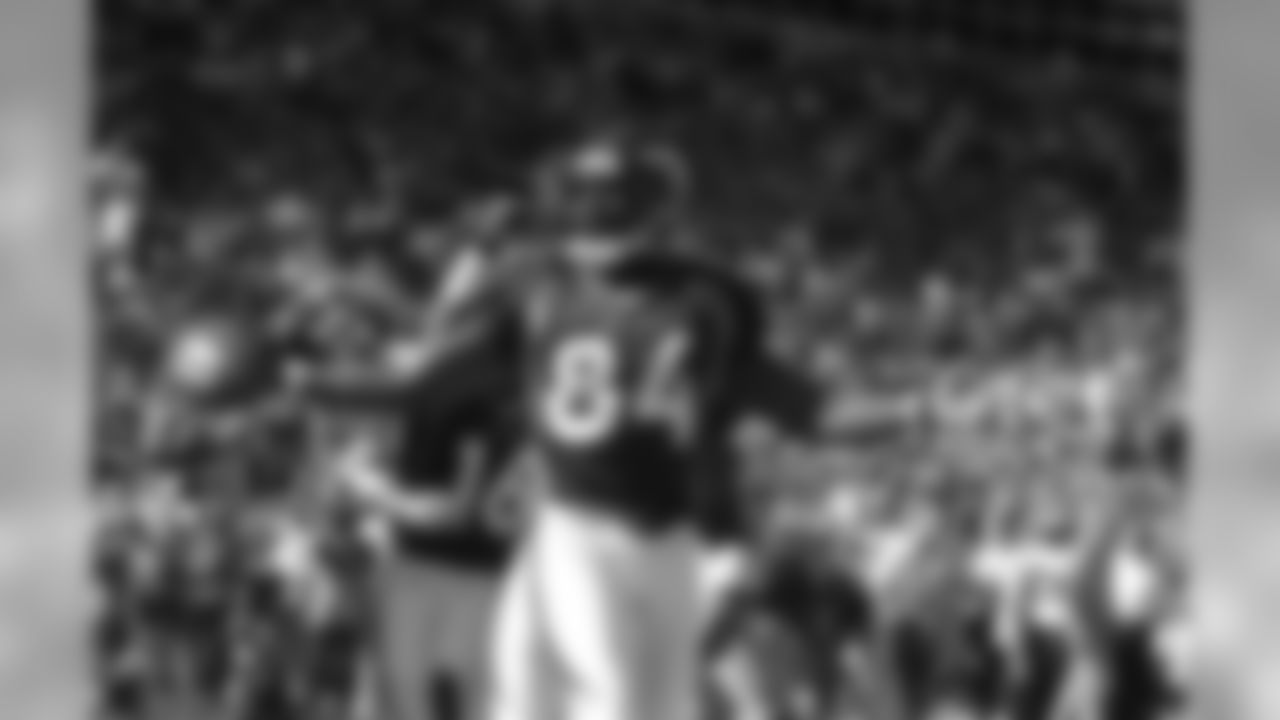
A member of the Broncos Top 100 Team, Shannon Sharpe was inducted into the Pro Football Hall of Fame in 2011 and the Ring of Fame in 2009. Sharpe played 12 seasons in Denver and recorded 675 catches for 8,439 yards and 55 touchdowns. As a member of the 1997 and 1998 teams, Sharpe helped the Broncos win two Super Bowls.
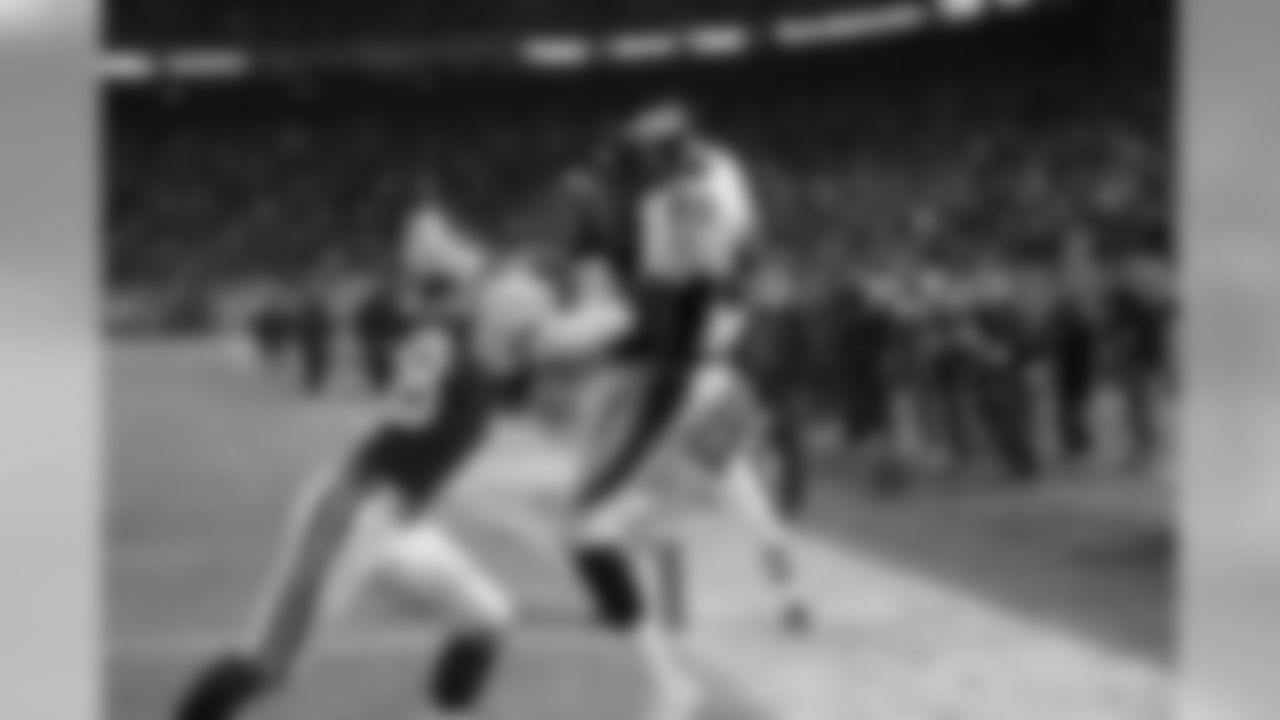
Ashley Lelie played four seasons with the Broncos and started in 40 of 64 games. He caught 168 passes for 3,007 yards and 12 touchdowns.
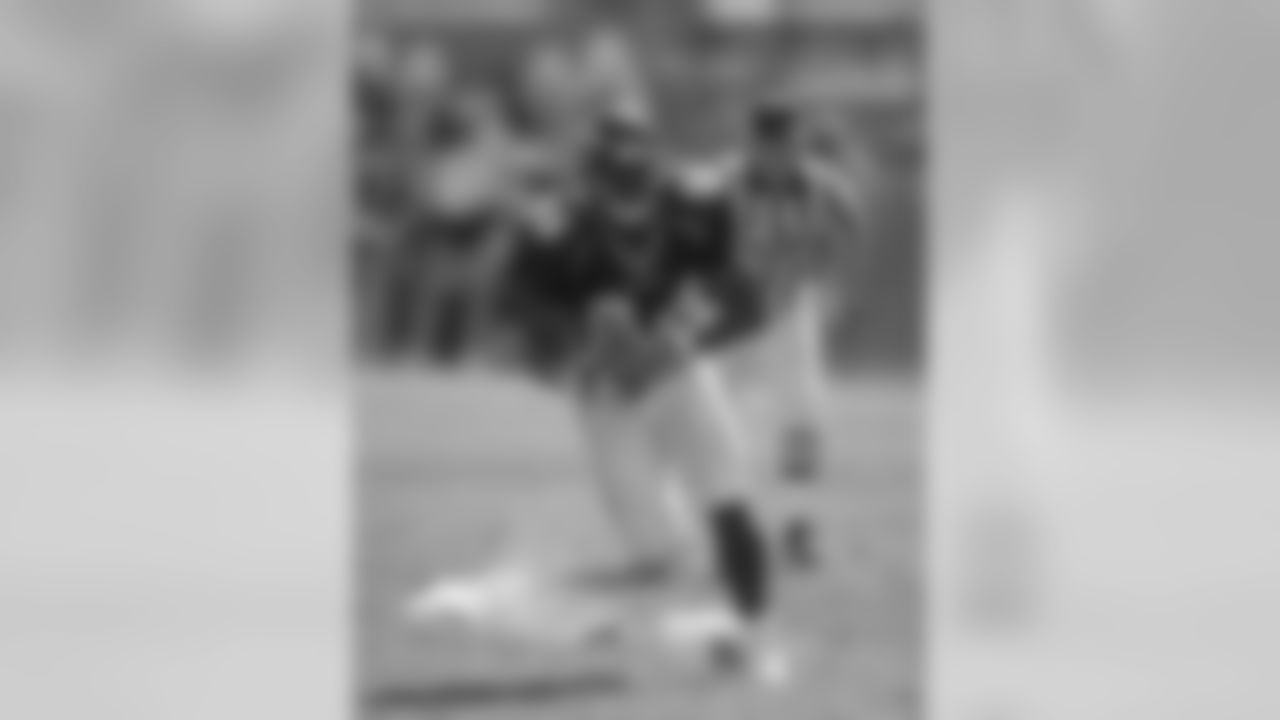
Byron Chamberlain played six seasons for the Broncos and appeared in 73 games. He caught 72 passes for 964 yards and three touchdowns.
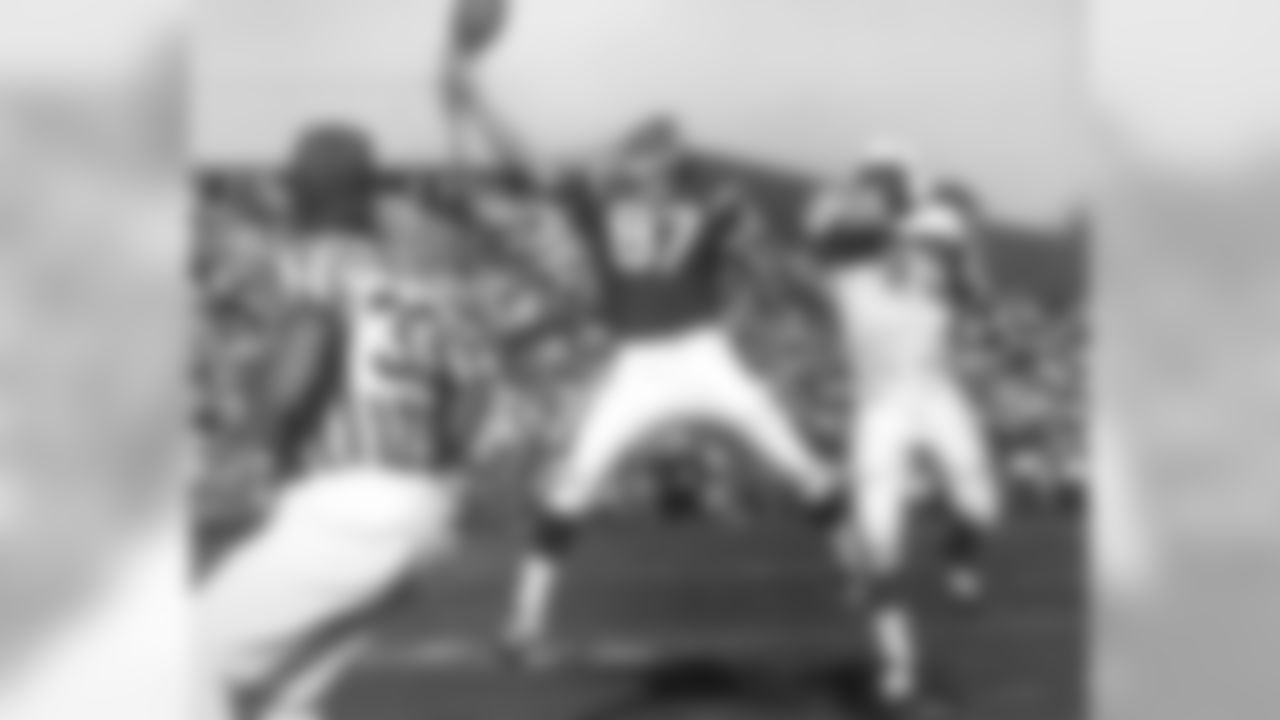
A member of the Broncos Top 100 Team, Lionel Taylor was inducted into the Ring of Fame in 1984. He was a three-time AFL All-Star selection and was four times selected to the All-AFL team. He recorded 543 receptions for 6,872 yards and 44 touchdowns in six seasons.
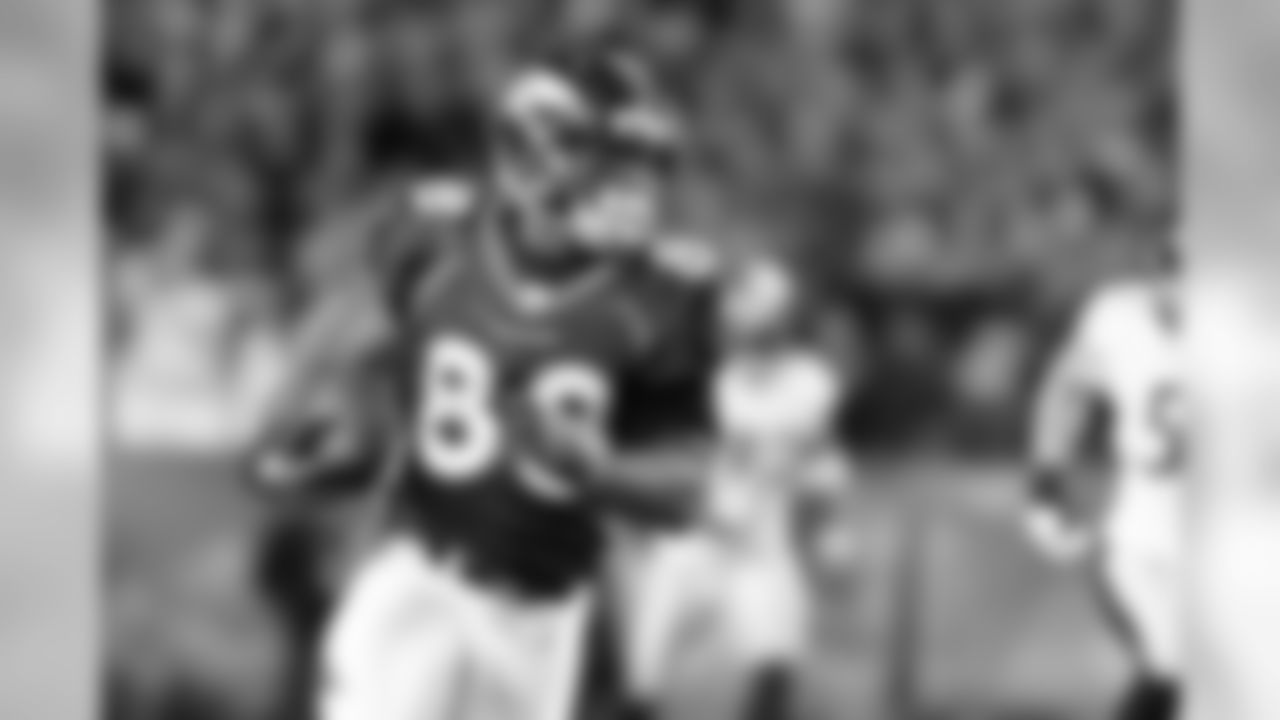
A member of the Broncos Top 100 Team, Demaryius Thomas is second in franchise history in career receiving yards and career touchdown receptions. Thomas started in 111 games over nine seasons and recorded 665 receptions for 9,055 yards and 60 touchdowns.
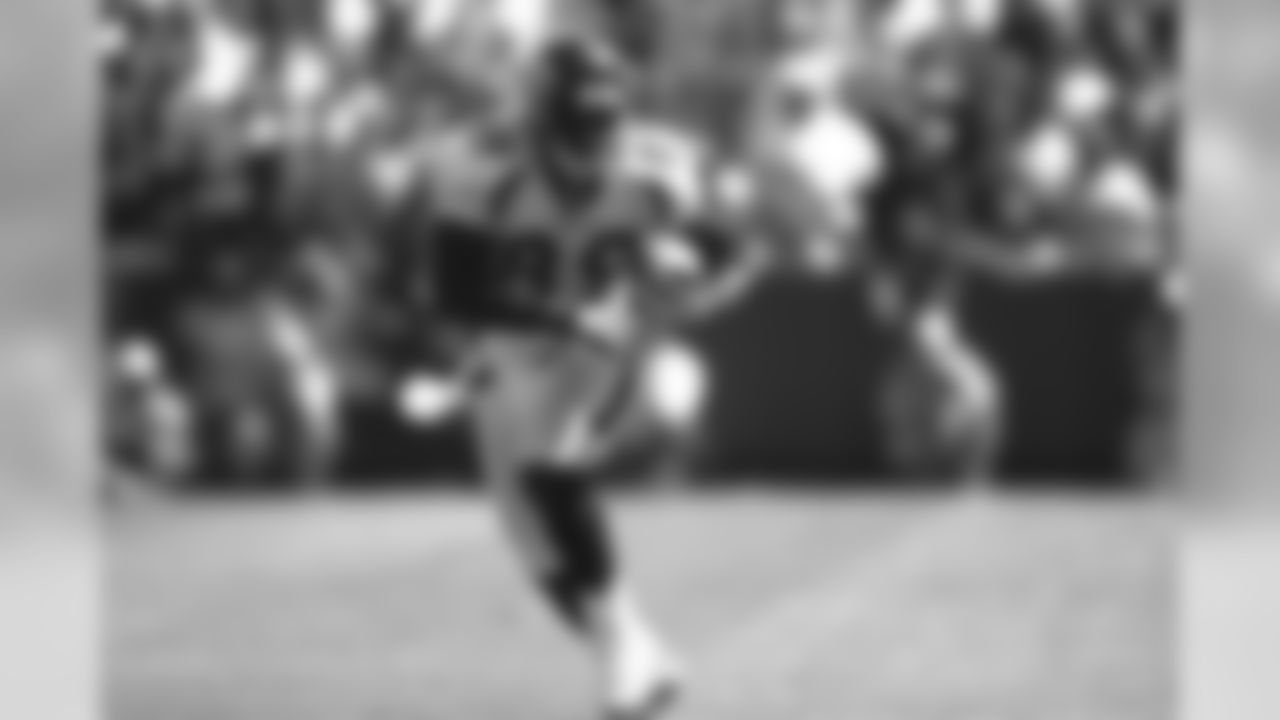
A member of the Broncos Top 100 Team, Dwayne Carswell played 12 seasons in Denver and was a one-time Pro Bowler. He was a member of the Super Bowl XXXII and XXXIII championship teams and caught 192 career passes for 1,707 yards and 15 touchdowns.
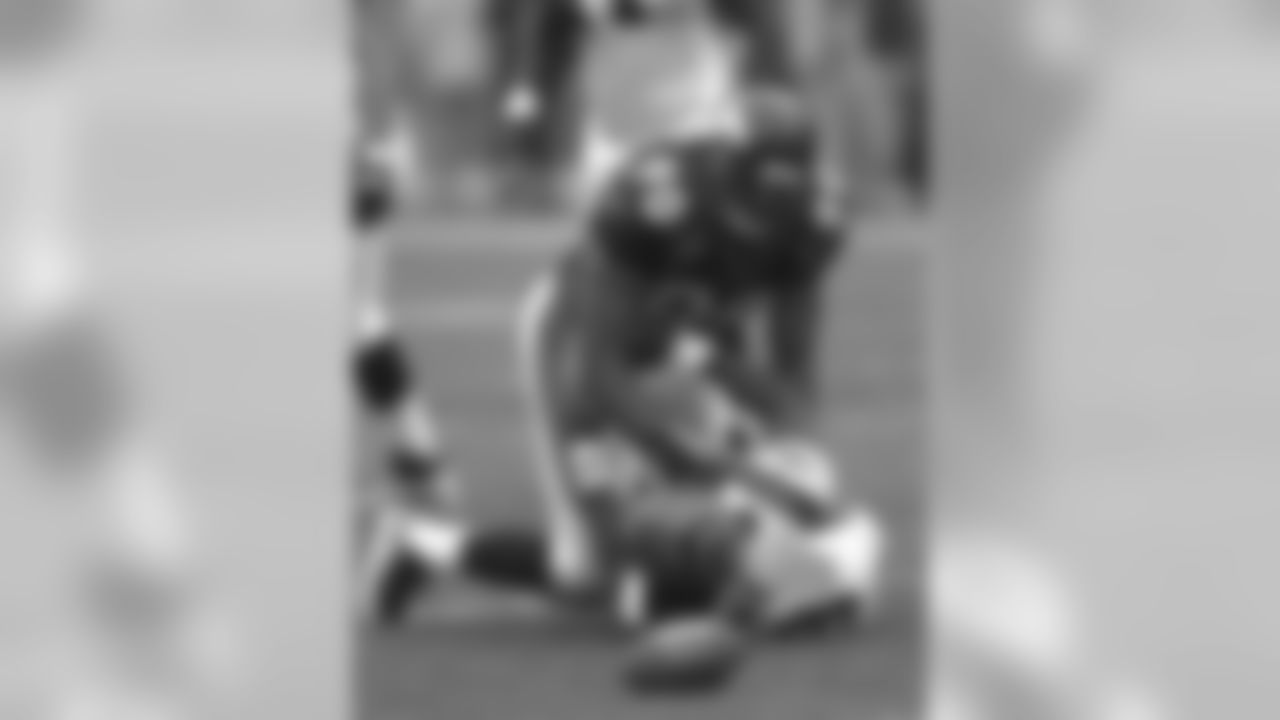
A member of the Broncos Top 100 Team, Neil Smith played three seasons in Denver and helped lead the team to back-to-back Super Bowl victories. Smith recorded 19 sacks in 43 games for the Broncos and made one Pro Bowl as a member of the team.
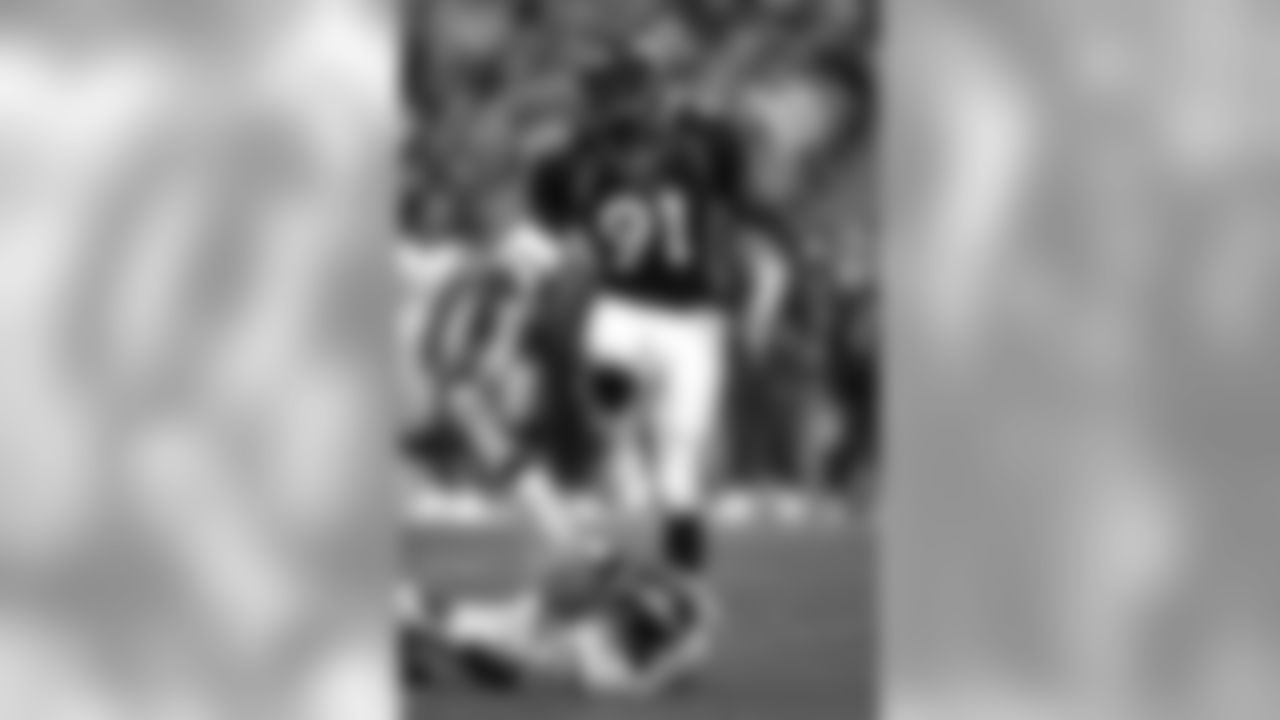
A member of the Broncos Top 100 Team, Alfred Williams played four seasons for the Broncos and helped lead the team to back-to-back Super Bowl victories. He recorded 28.5 sacks during his time in Denver and was a Pro Bowl and first-team All-Pro selection in 1996.

A member of the Broncos Top 100 Team, Elvis Dumervil was a member of the Broncos from 2006 to 2012. He made the Pro Bowl three times and was a first-team All-Pro once. In his six seasons, he recorded 63.5 sacks and one interception during his 91 career games with Denver.
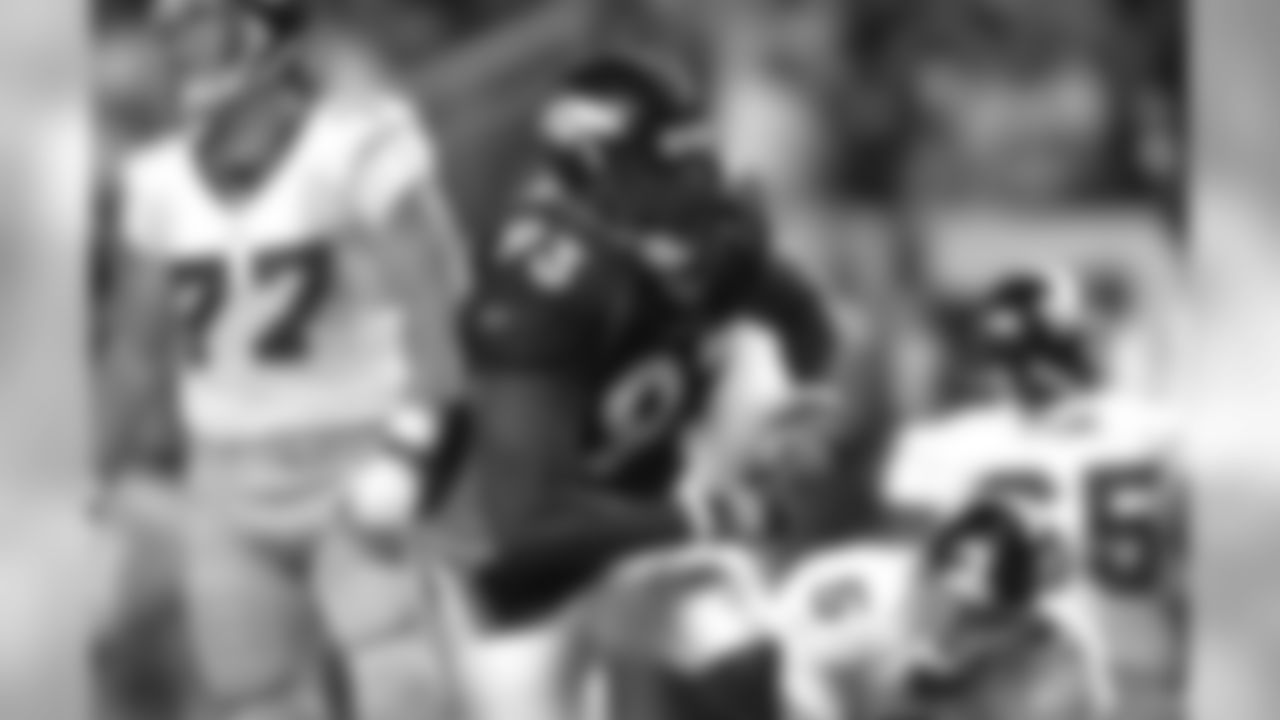
A member of the Broncos Top 100 Team, Trevor Pryce played nine seasons for the Broncos and made four Pro Bowls. He was also a one-time first-team All-Pro selection and helped the Broncos win Super Bowls XXXII and XXXIII. In his nine years, he recorded 64 sacks in 121 games.
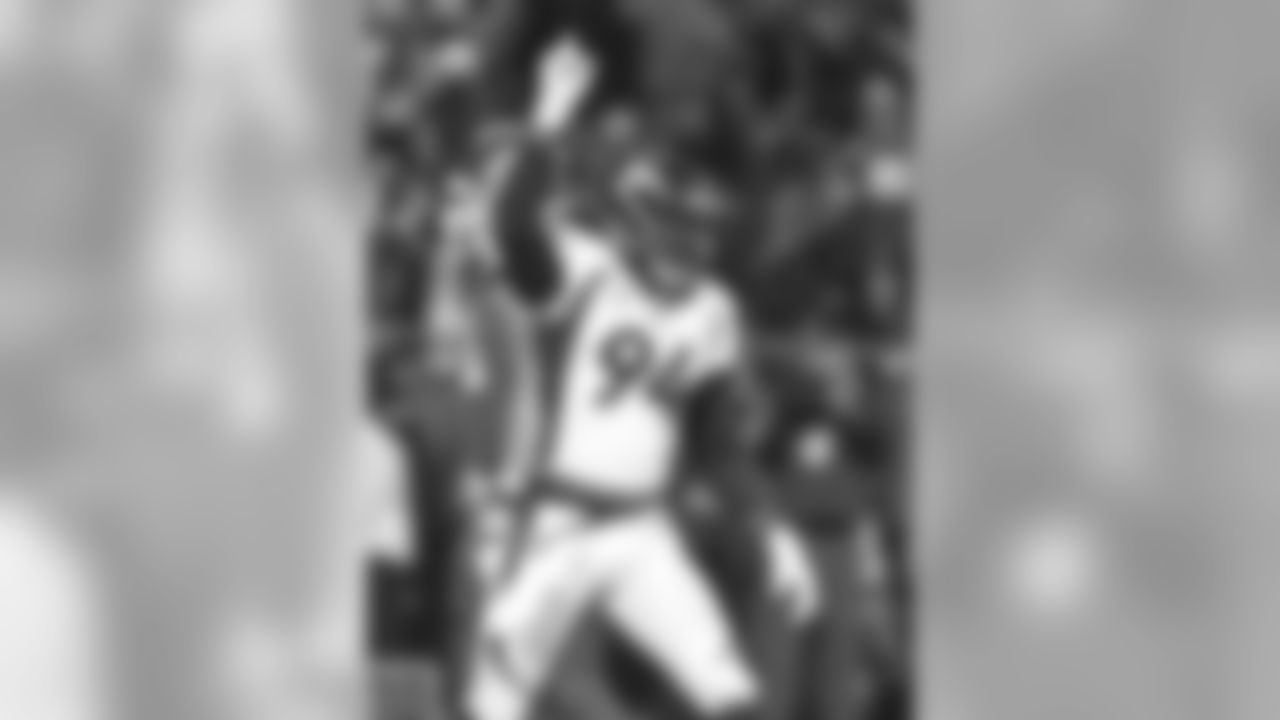
A member of the Broncos Top 100 Team, DeMarcus Ware played only three seasons in Denver but was a key piece of the Broncos' Super Bowl 50 team. A two-time Pro Bowler with the Broncos, Ware recorded 21.5 sacks in three years.
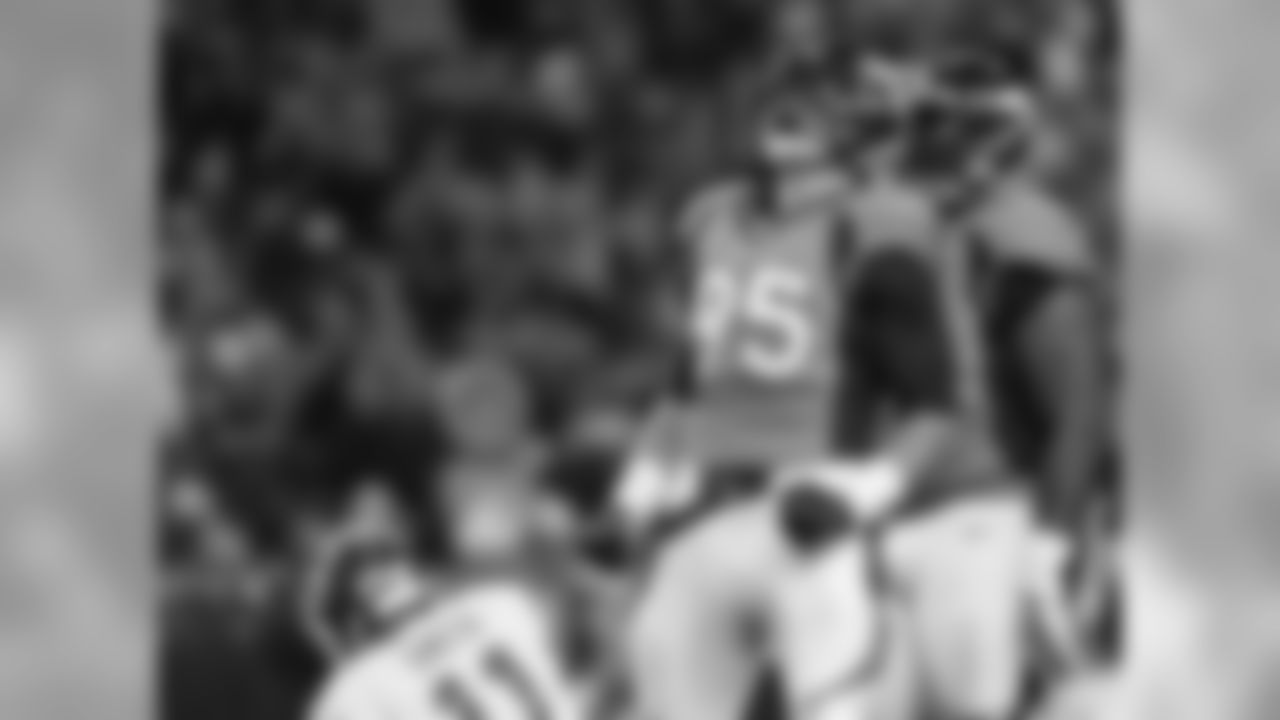
A member of the Broncos Top 100 Team, Derek Wolfe played eight seasons for the Broncos and helped the team win Super Bowl 50. In 108 career games, Wolfe recorded 33 sacks and 46 tackles for loss.
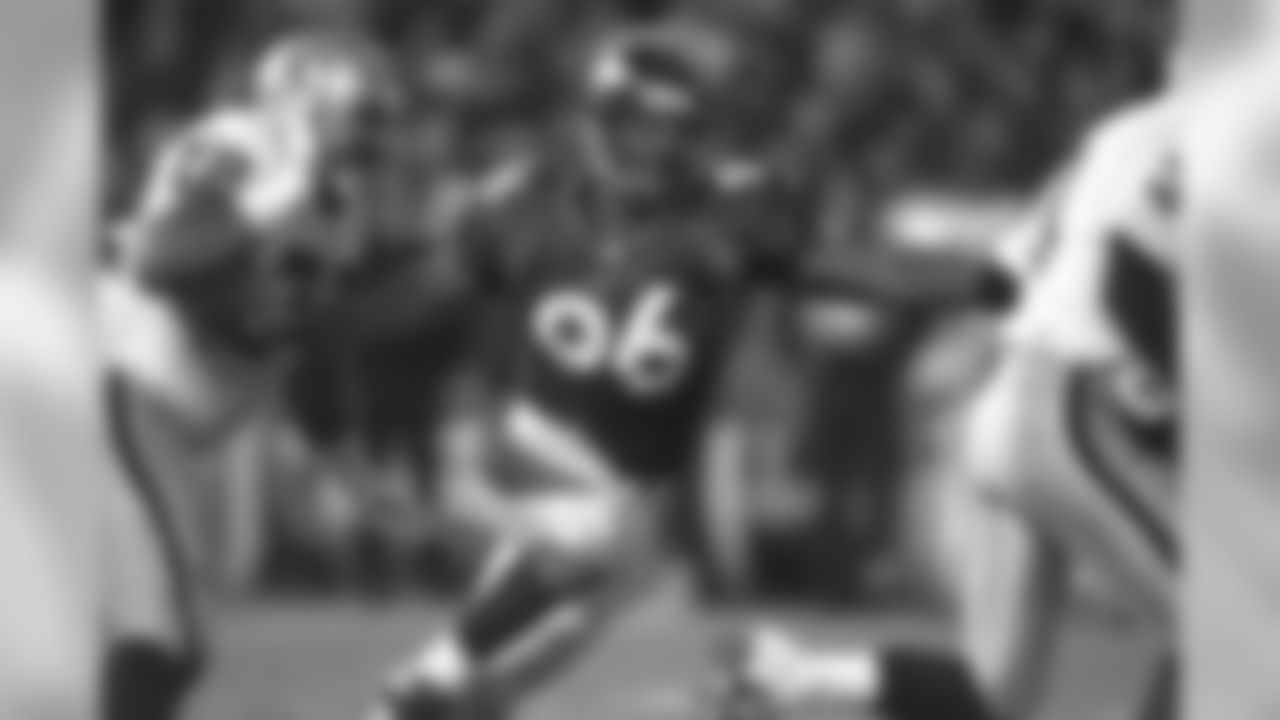
A seven-year member of the Broncos, Harald Hasselbach appeared in 112 career games for Denver and recorded 17.5 sacks and four forced fumbles.
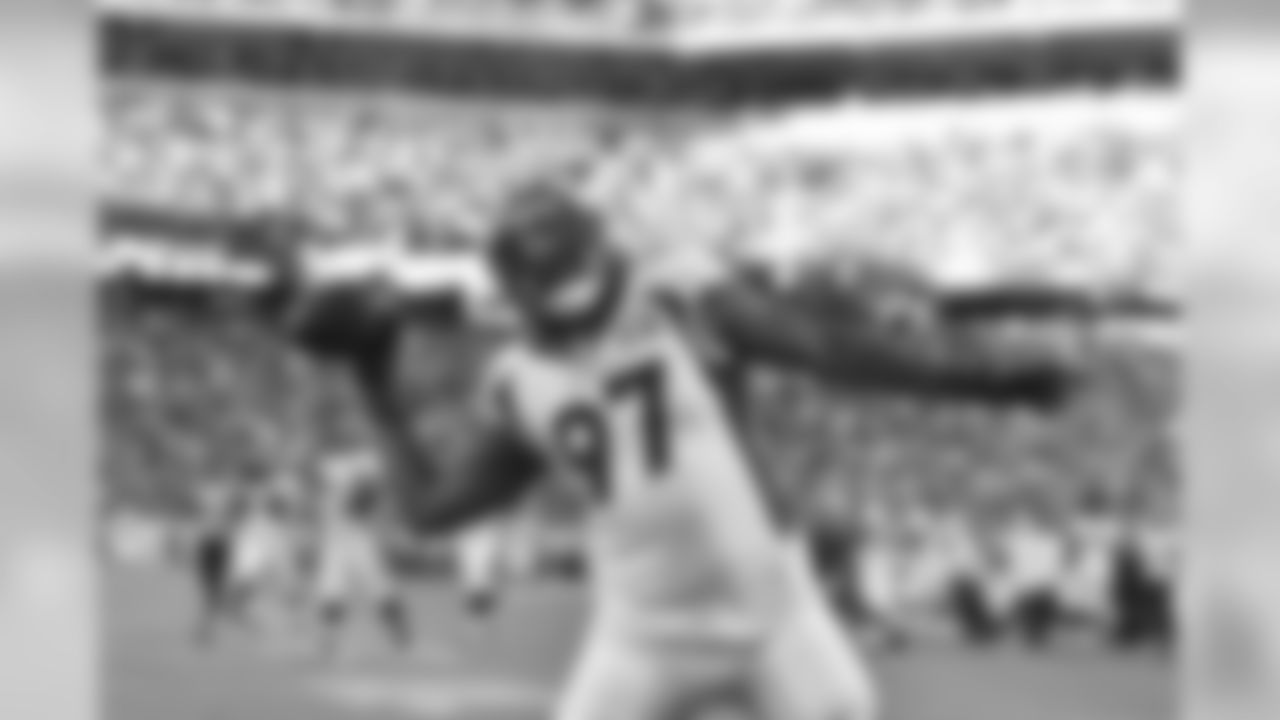
A four-year member of the Broncos, Malik Jackson was a key piece of the defense that helped lead the team to victory in Super Bowl 50 — especially since he recovered a fumble for a touchdown in the game. In 62 games with the team, he recorded 14.5 sacks and 15 passes defensed.

In six years with the Broncos, Man Tanuvasa started 54 of the 80 games in which he played for the team. He recorded 33 sacks and seven fumble recoveries and helped the team win back-to-back Super Bowls.
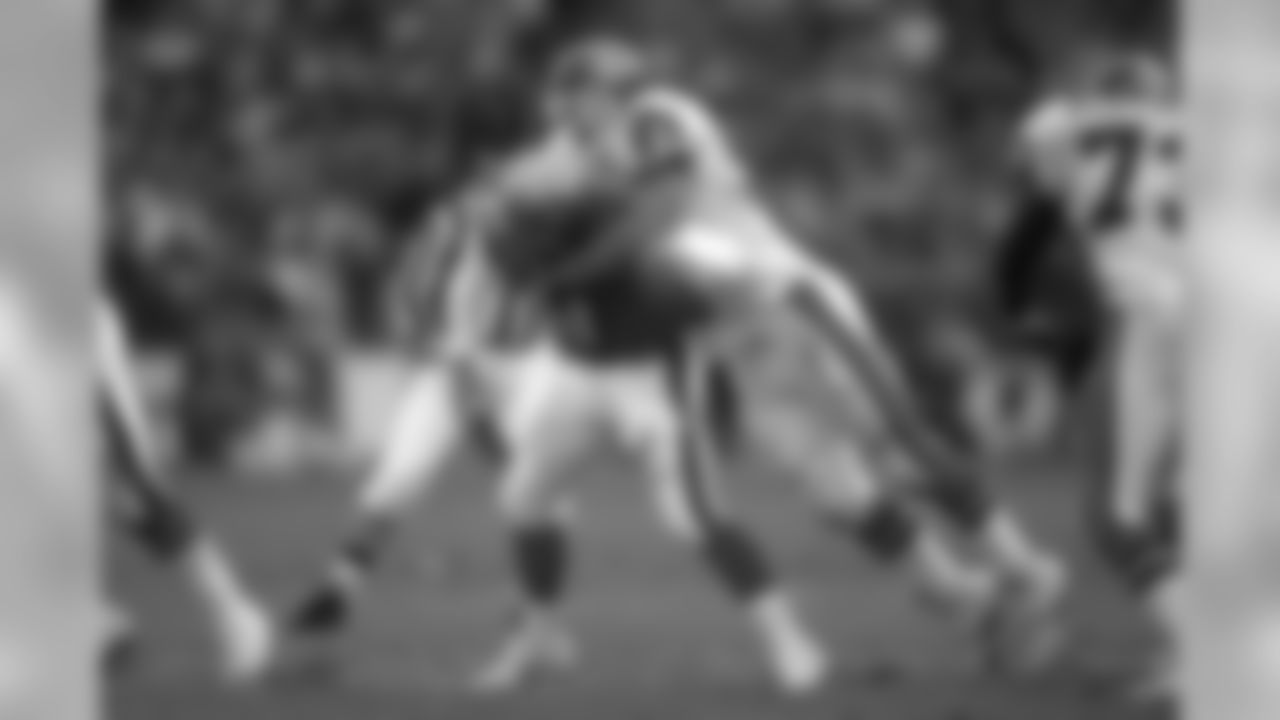
In four seasons with the Broncos, Shane Dronett appeared in 61 career games and started 35. He recorded 21.5 sacks, three forced fumbles and two interceptions.
The most recent is Elway's, of course, which was retired accompanied by great public hoopla and announcement in 1999, the year immediately following his retirement.
It was of course a no-brainer to retire No. 7, and because only quarterbacks and kickers may wear single-digit numbers, that grouping of digits will always afford plenty of opportunities. The only two other Broncos to wear No. 7 before John were Ring of Famer Craig Morton and fellow quarterback Mickey Slaughter, who played here from 1963-66.
No. 44 is a great number, as repeat digit numerals tend to be, and two Broncos wore 44 before Floyd got here in 1967. They were reserve running back Bruce Starling in 1963 and cornerback Miller Farr, who wore it in 1965 before going on to All-American Football League status elsewhere.
But Little matched the greatness of previous backs to wear No. 44 at Syracuse, where he too went to college. Jim Brown and Ernie Davis both wore the number previously, and there are statues to all three backs on the Syracuse campus.
The greatness of Pro Football Hall of Famer Floyd Little has been well documented, and his number was retired during a game against the Cleveland Browns on "Floyd Little Day" as his brilliant nine-year career was concluding.
Again, there was never a question or a doubt.
As we move back in time things become a bit more vague.
Frank Tripucka was brought to Denver by head coach Frank Filchock to coach the quarterbacks, but "The Tripper" was so much better than his charges that he not only took over the job, initially as a favor to Filchock, but played into the 1963 season. Tripucka became the first player in football history to pass for 3,000 yards in a season, and his teaming up with brilliant receiver Lionel Taylor was sometimes all there was to watch in the Broncos' offense.
Truly, that duo carried the Broncos' offense, along with all-purpose back and kicker Gene Mingo. All three are in the Denver Broncos Ring of Fame.
So it came to pass that when Tripucka decided that his arm had had enough and he retired midway through the 1963 season, the Broncos held a brief midfield ceremony featuring Cal Kunz, who at that time headed up the Broncos' ownership group, and Kunz announced that no one would wear number "18" again, though there is no public or private record of his comments.
I can only say that it was witnessed by many, including this author, and the moment did happen.
But just as vague as that moment was the future of No. 18, as that was the number famously worn by the legendary and immortal Peyton Manning.
When the Broncos signed Manning as a free agent, he could have worn No. 16, his number at Tennessee, or No. 14, his number at Newman High School in New Orleans. But Tripucka had been briefed by the Broncos' public relations staff and was waiting for Manning's call. Both individuals were at the height of sincerity and gracious conversation in discussing the wearing of No. 18, and it came out of retirement for four years of Manning greatness and a world championship in Super Bowl 50.
Many years earlier Tripucka had quarterbacked the Broncos to their first non-losing season and was the first Broncos passer to wear the color orange, but he was just setting the table for Manning's future accomplishments.
As for No. 24, it is not retired, and I have no idea as to whether it ever will be. Save for a brief return in 2018 when veteran Adam "Pacman" Jones was granted the number after talking with Bailey, it has never been given out since Champ retired. And in my opinion and that of equipment manager Chris Valenti, it is treated by the Broncos with the respect of a retired number. Not officially retired, but likely never to be worn.
The number 24 is actually the only number in Broncos history to be worn by two players who are in the Hall of Fame: Champ Bailey and Willie Brown.
Regardless of what the Denver Broncos do in the future, our list of retired numbers remains modest compared to many other teams in all sports.
But there is no question about the contributions of the men who wore the above numbers in the history of the Broncos and the championship legacy of our great franchise.







